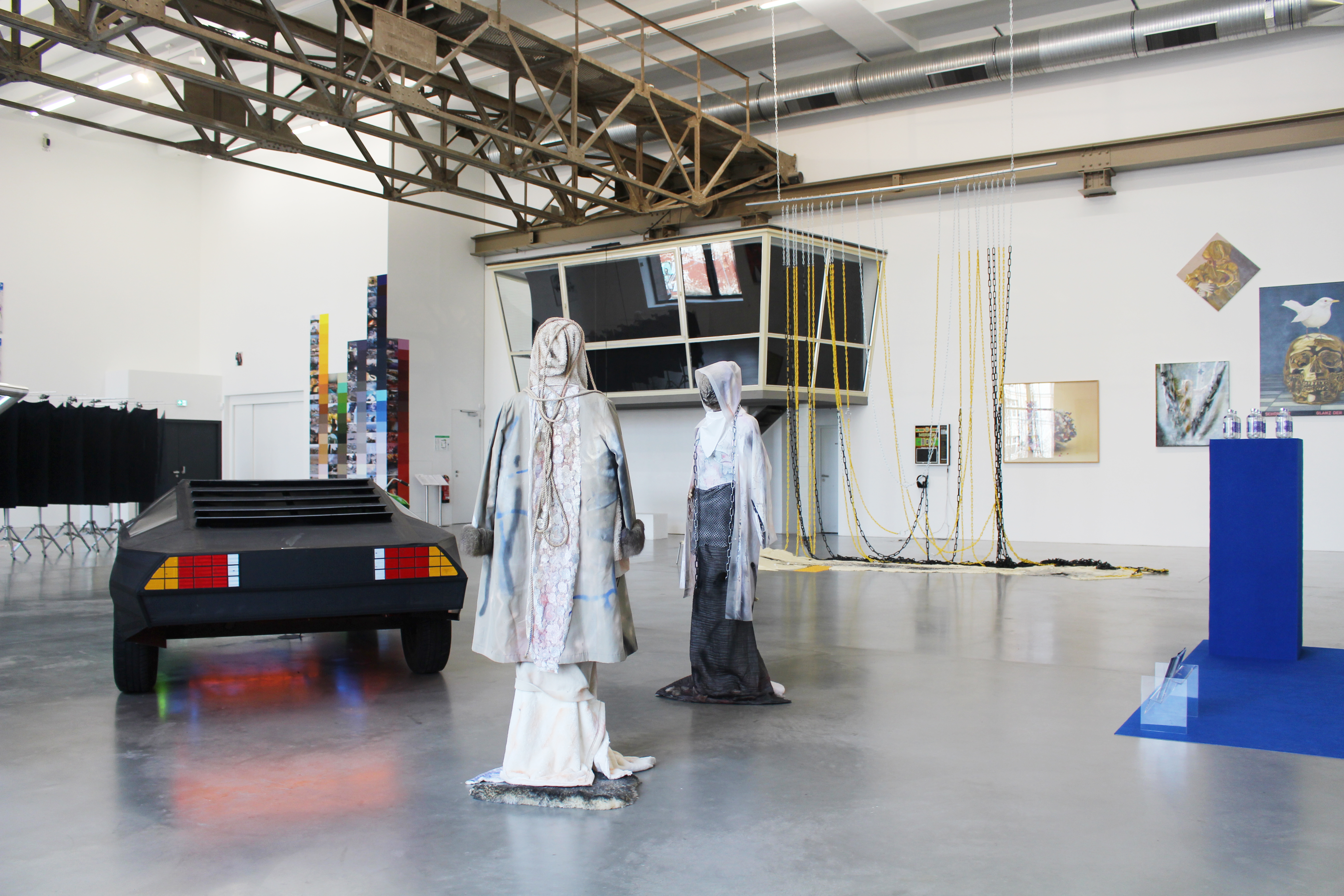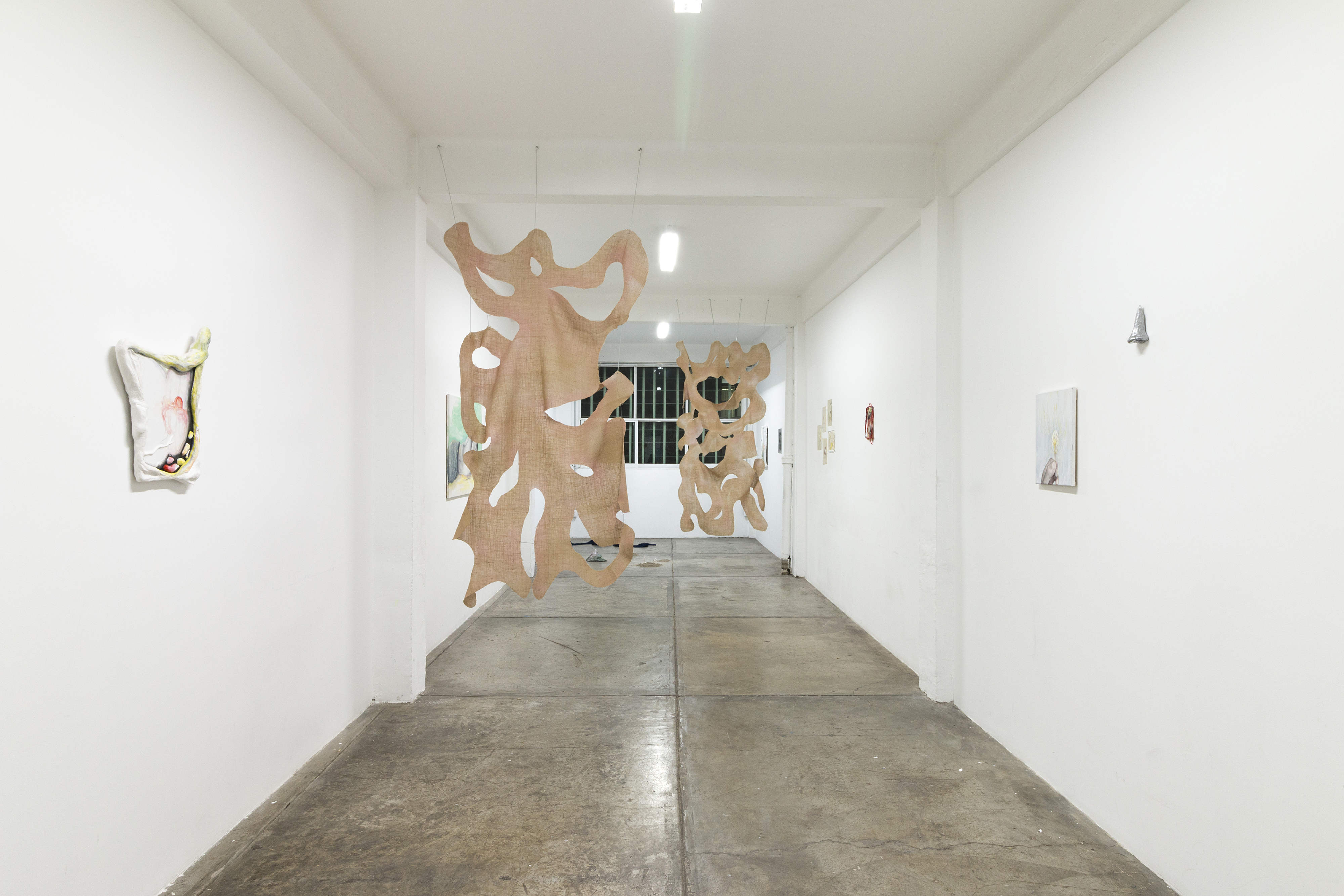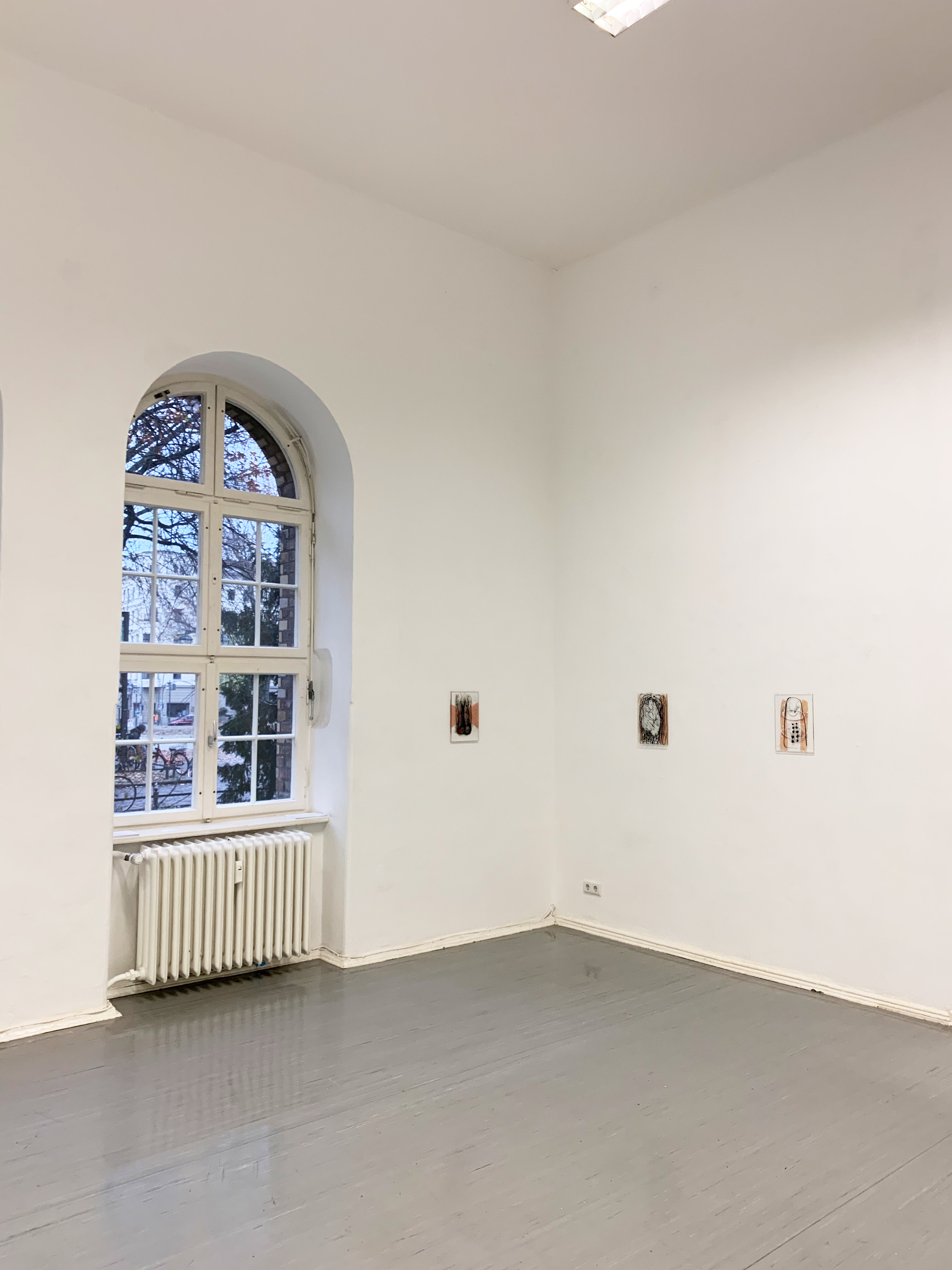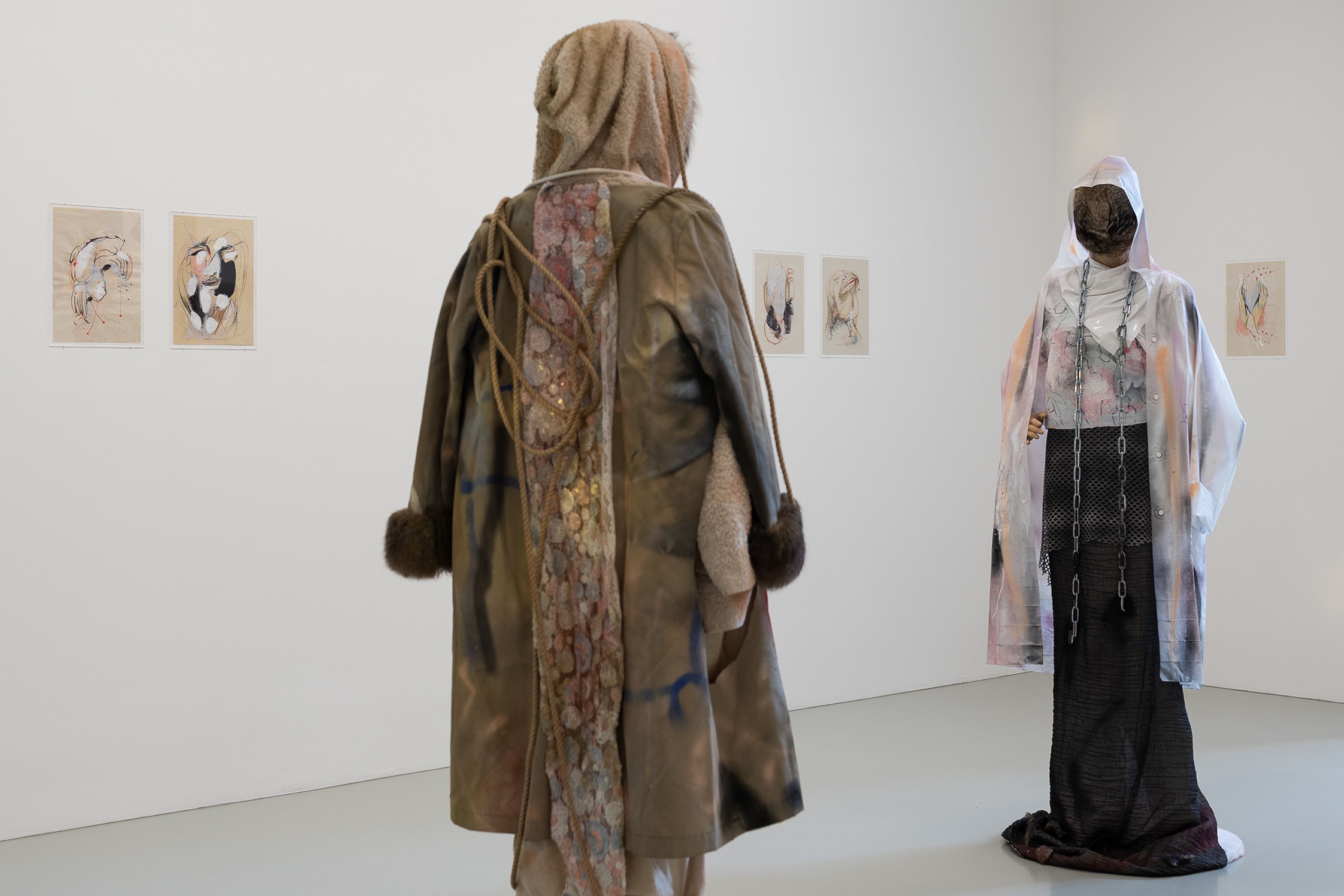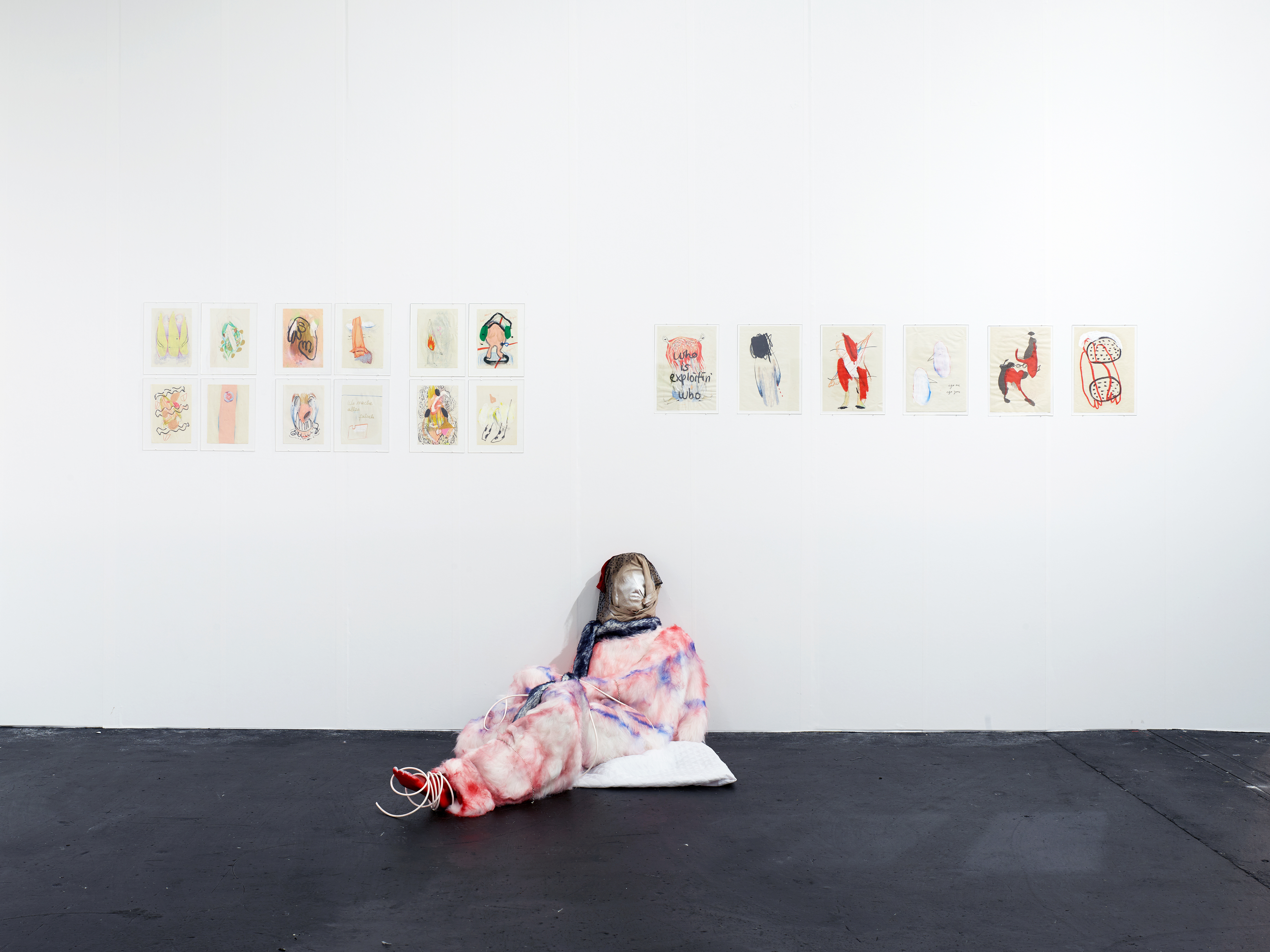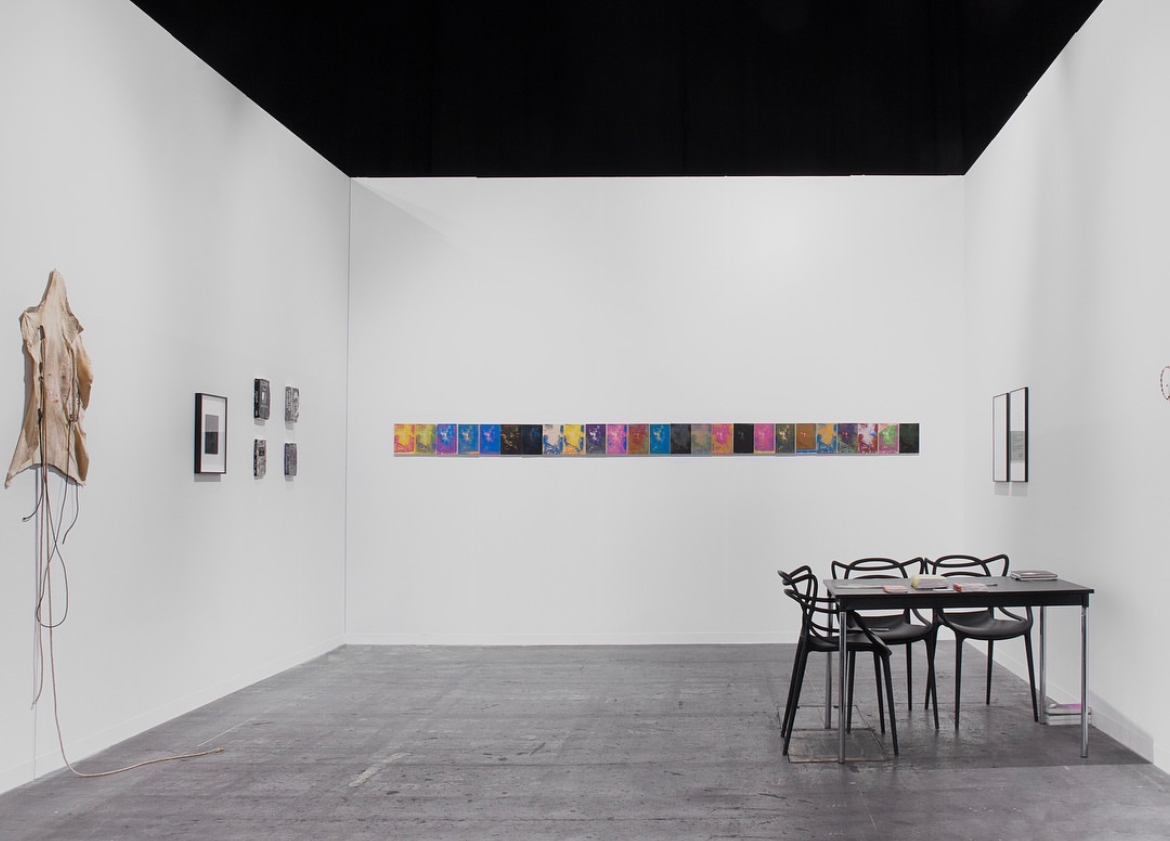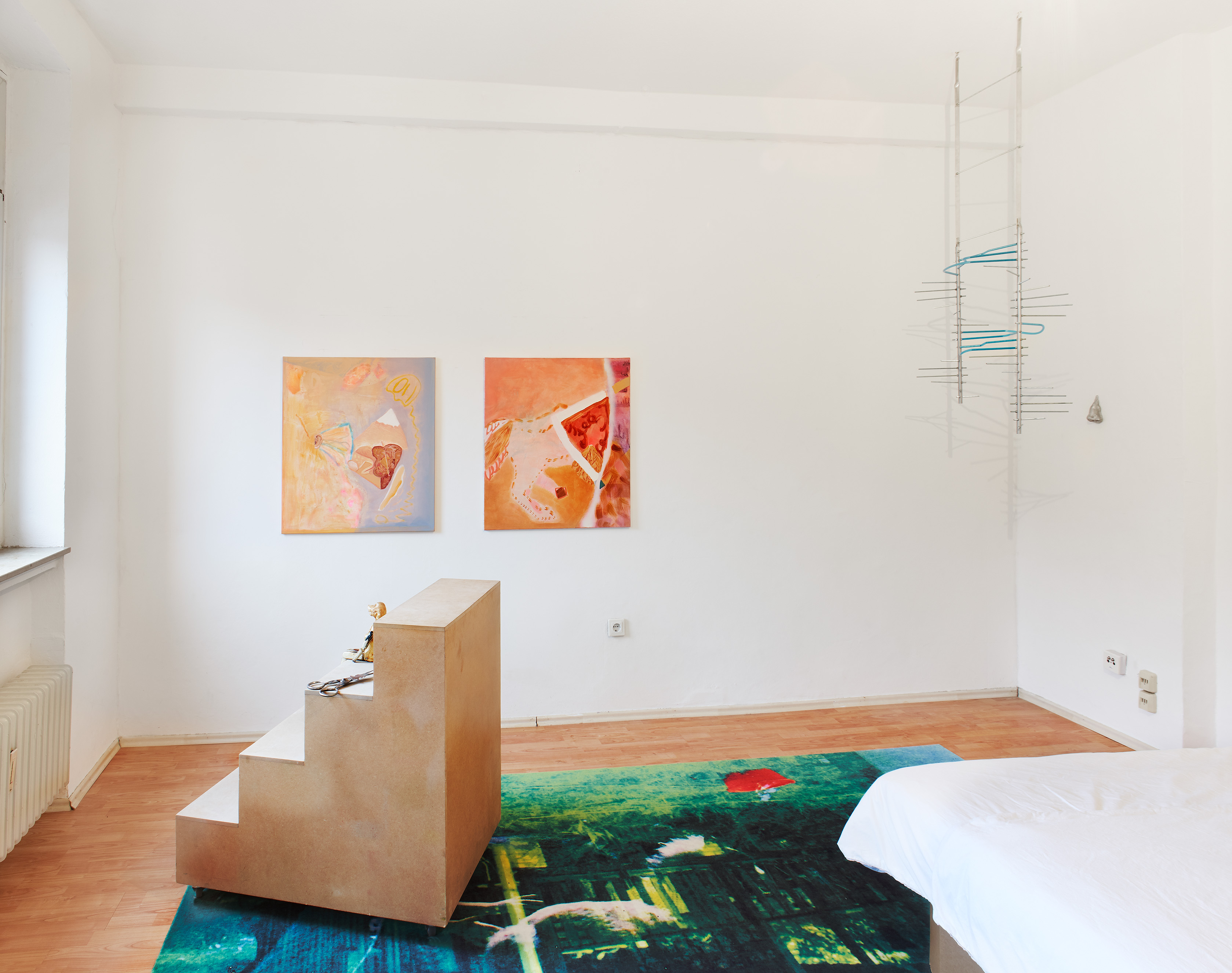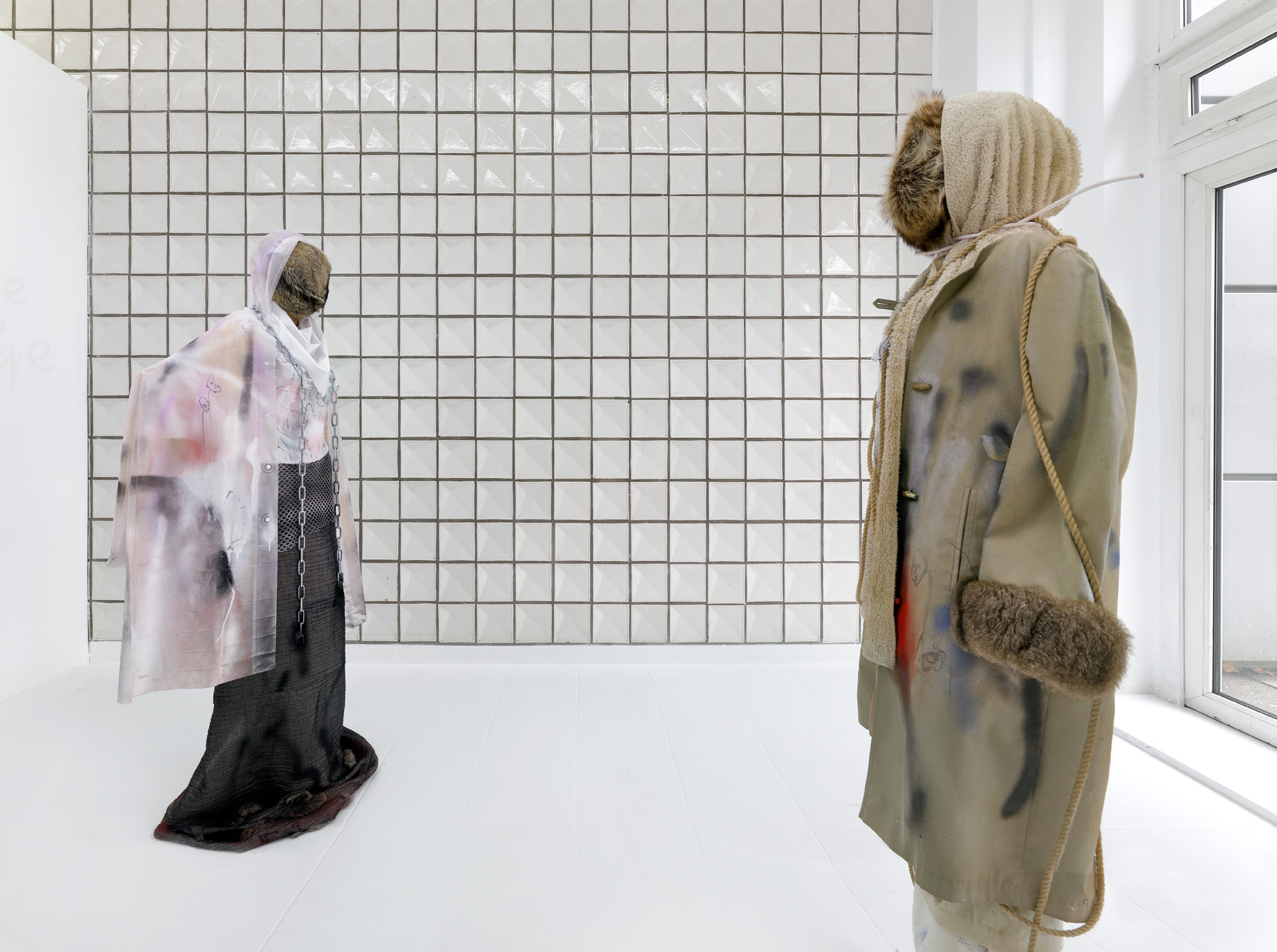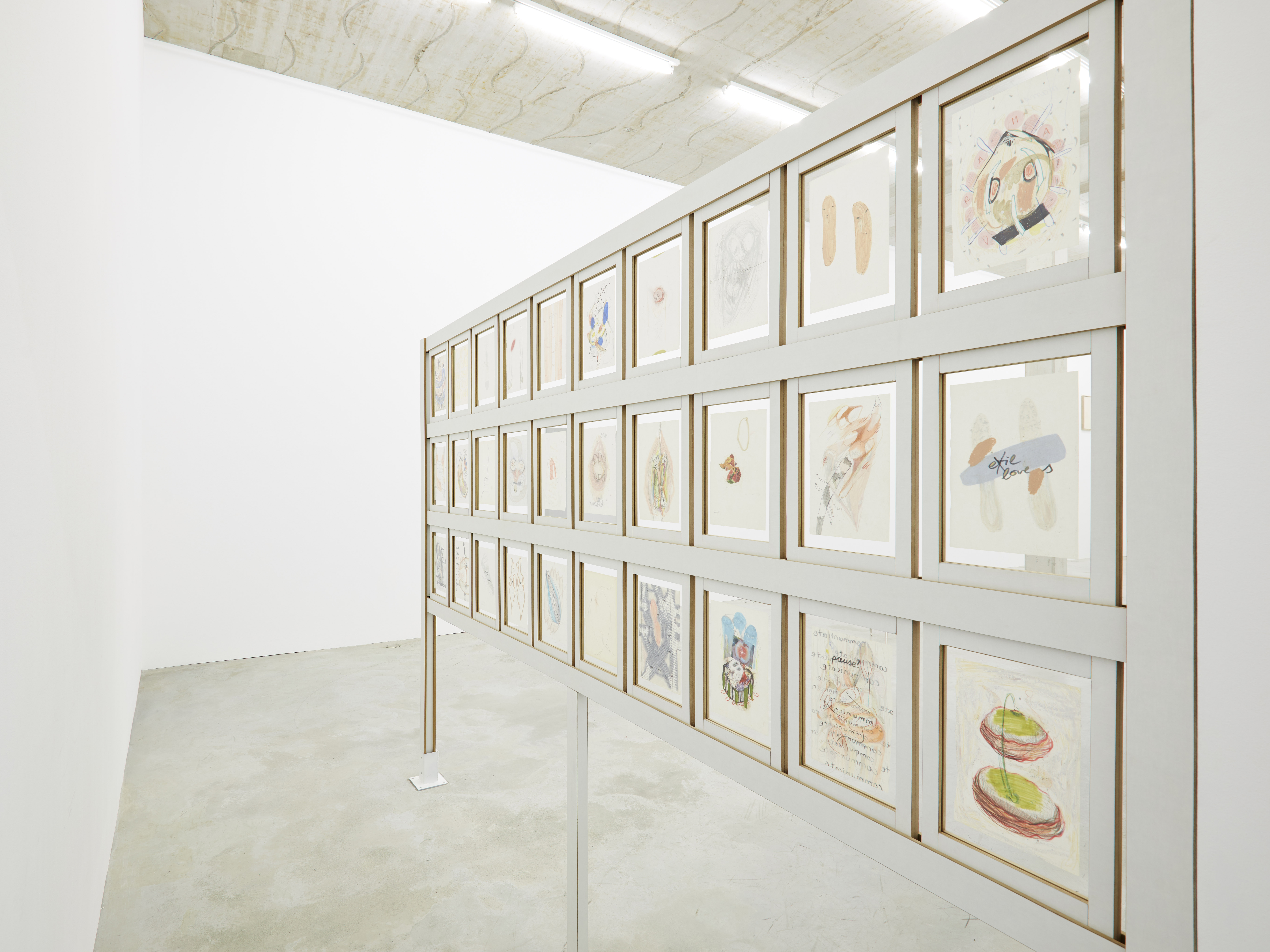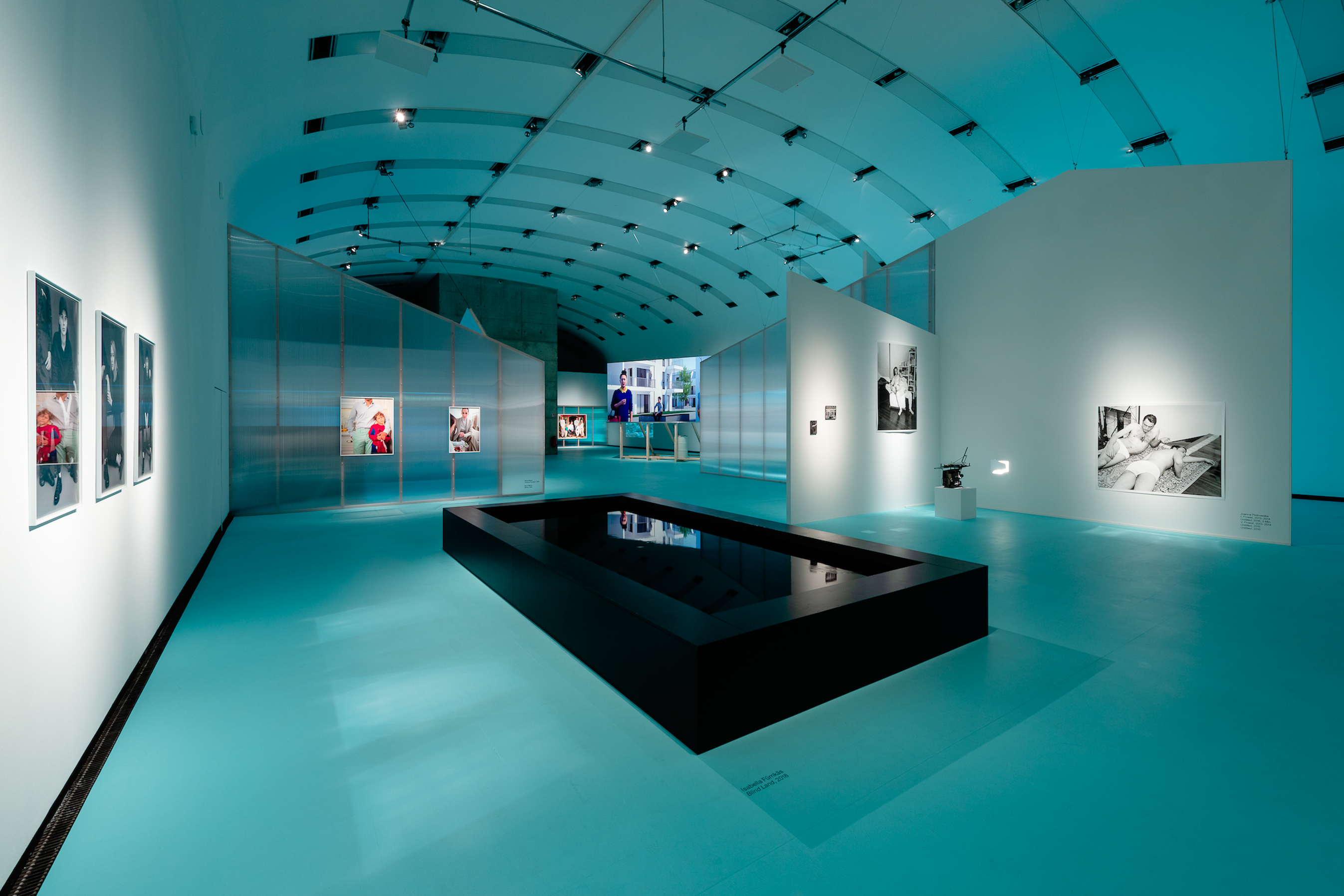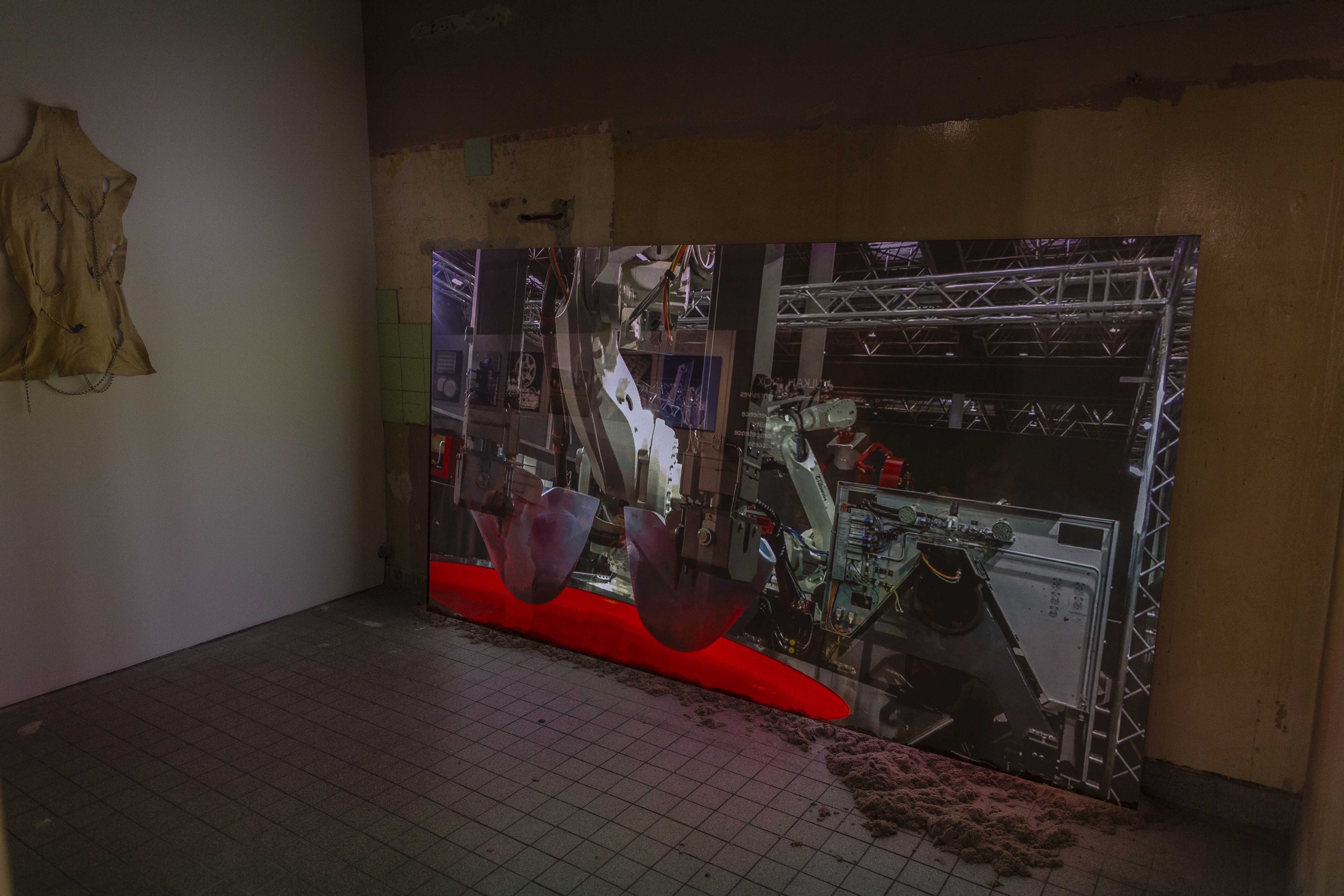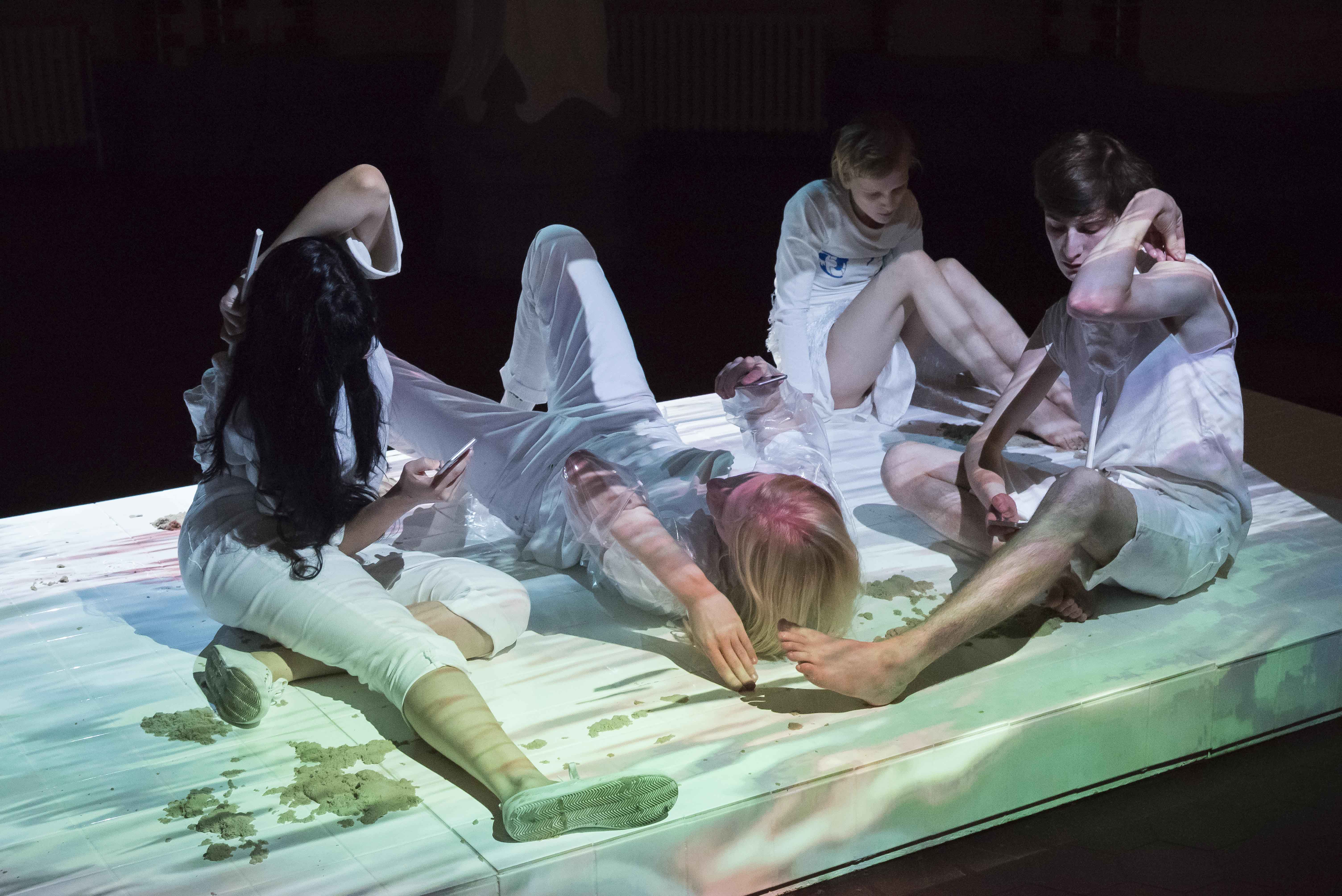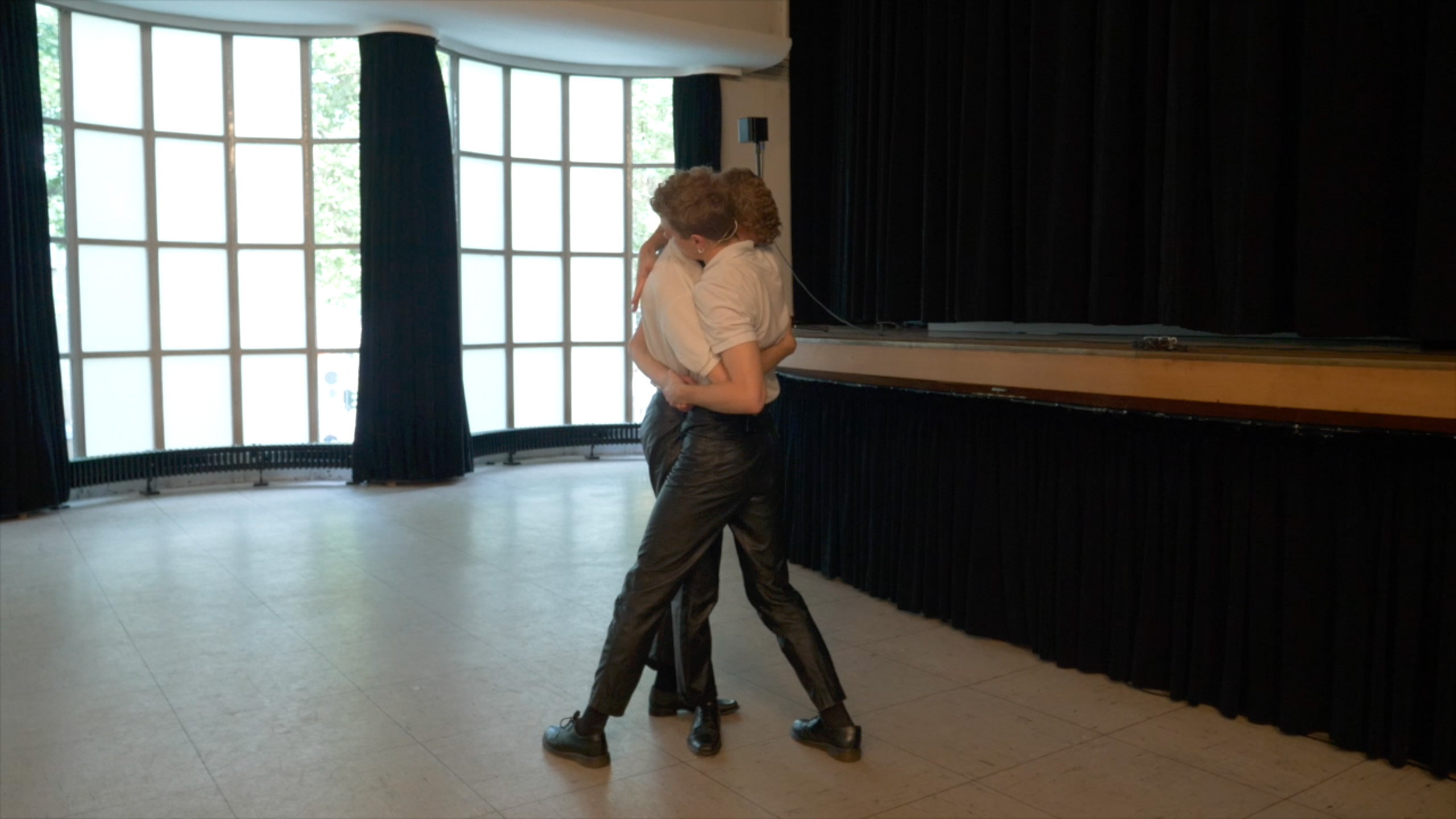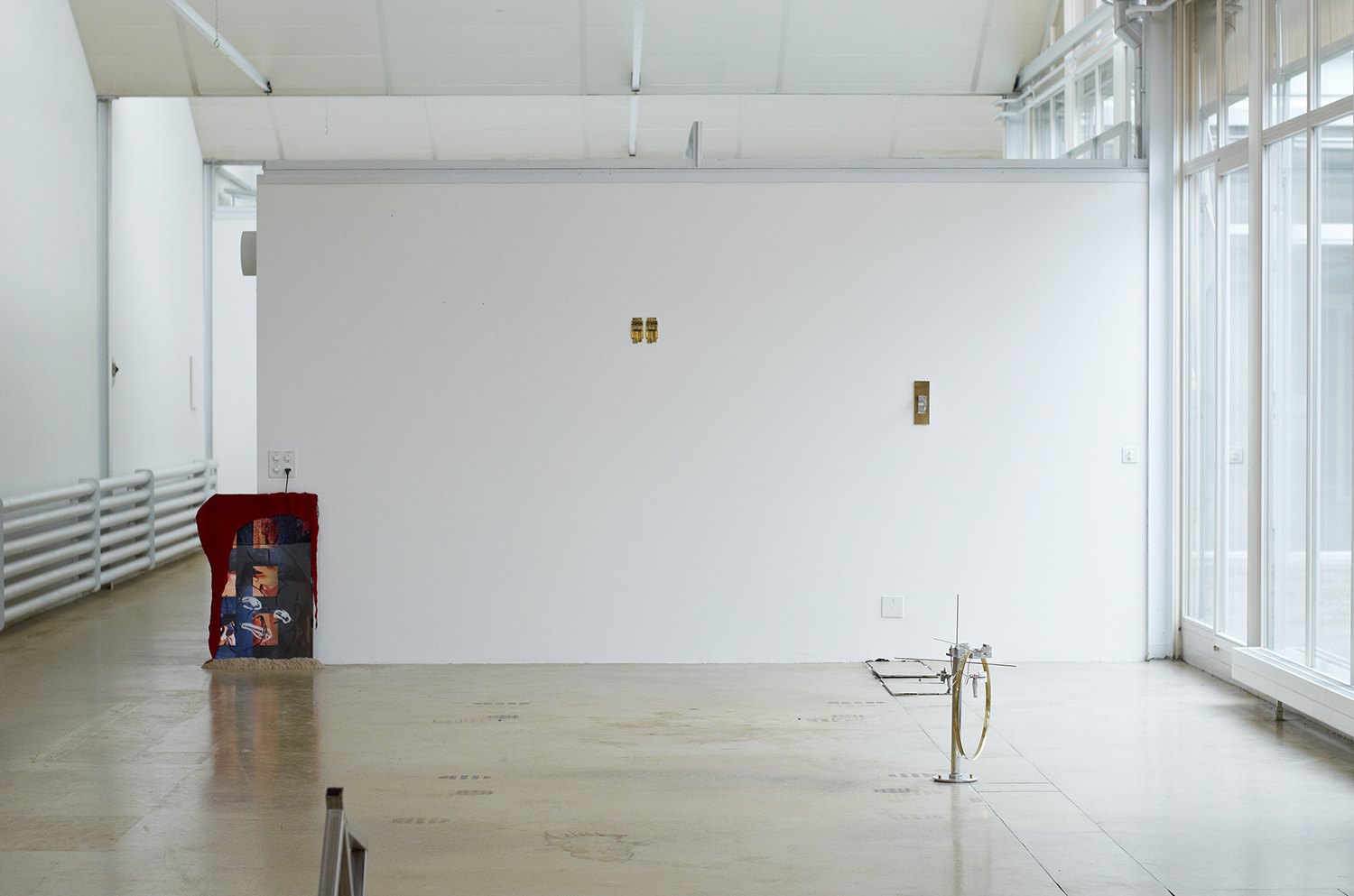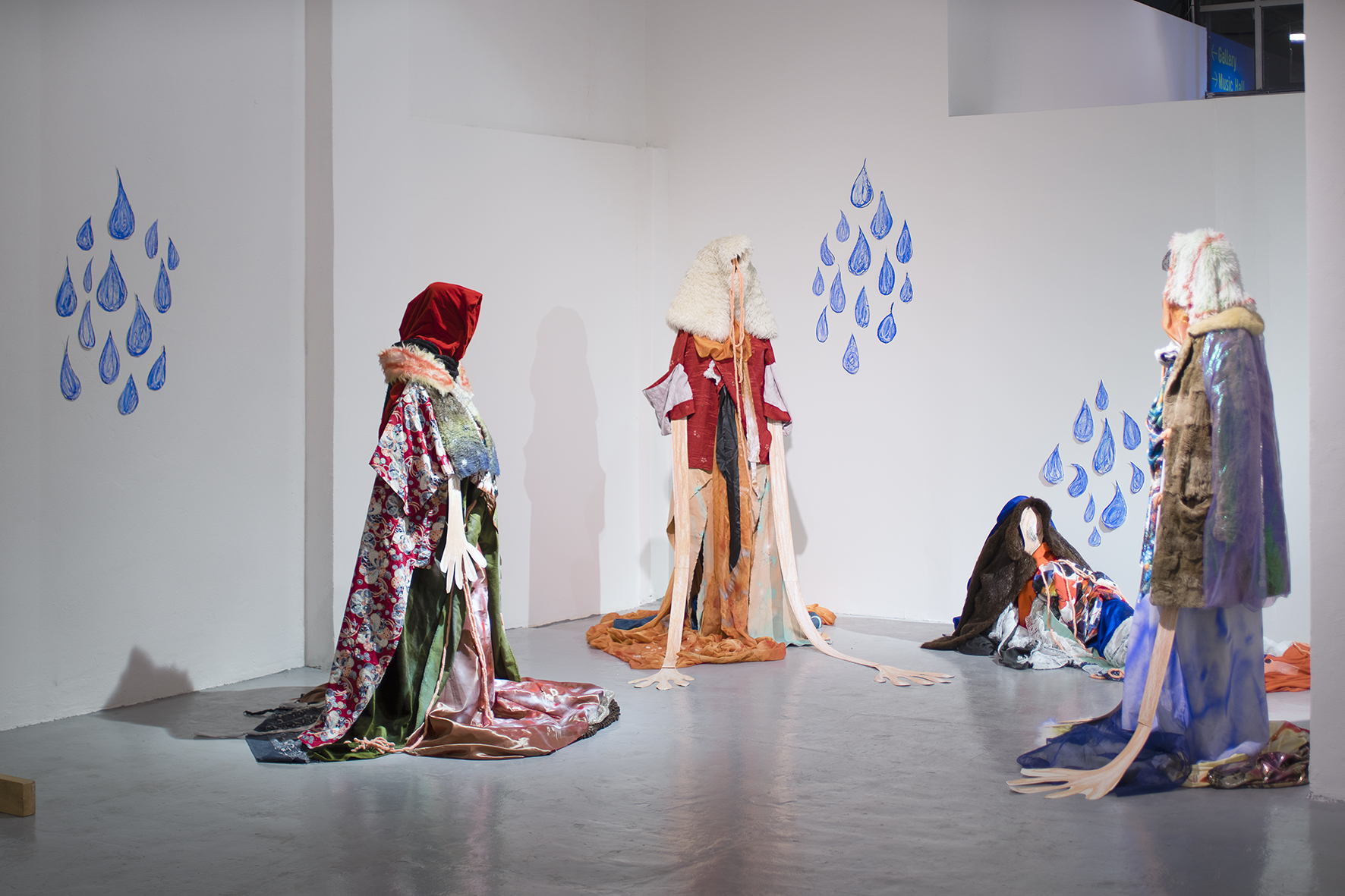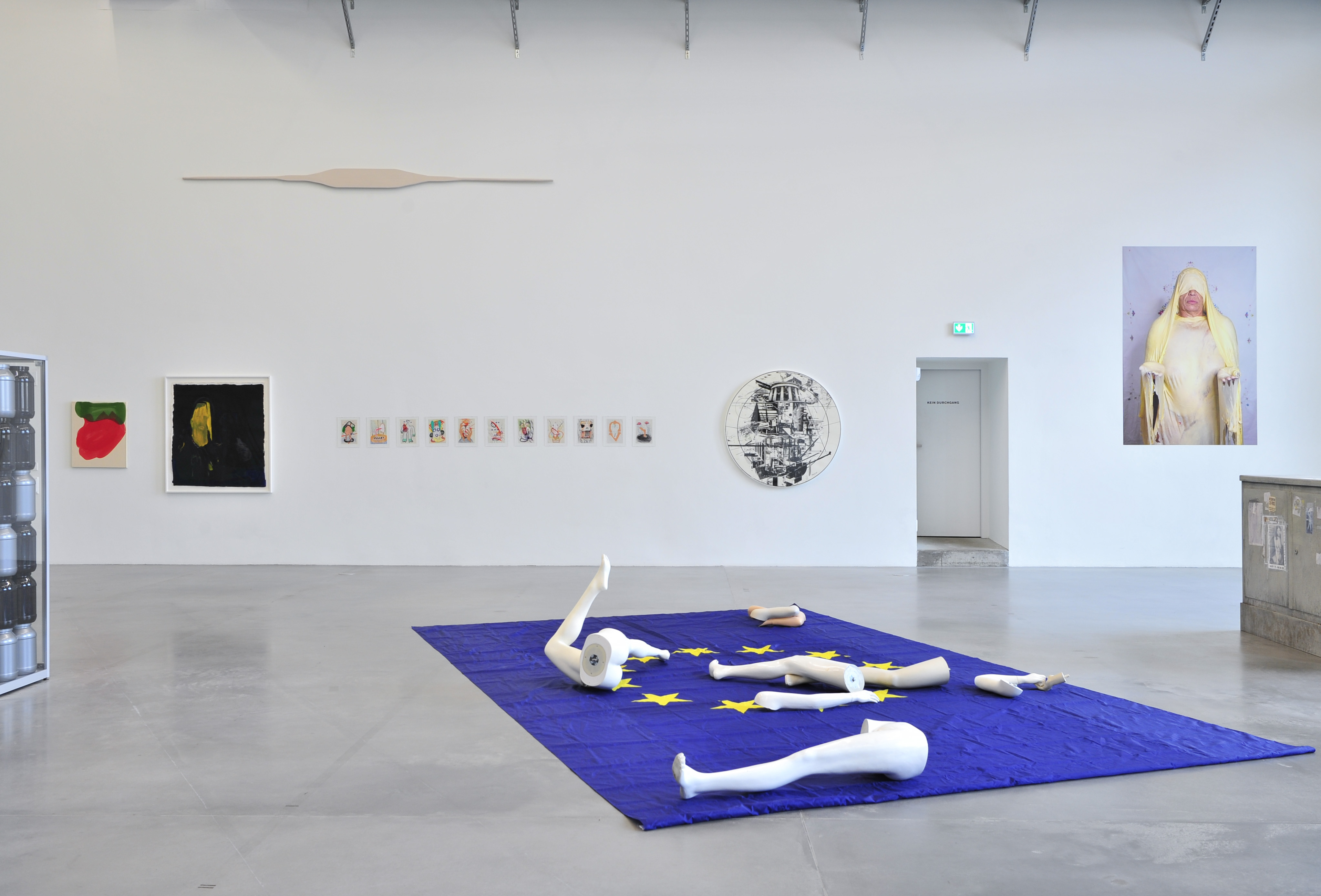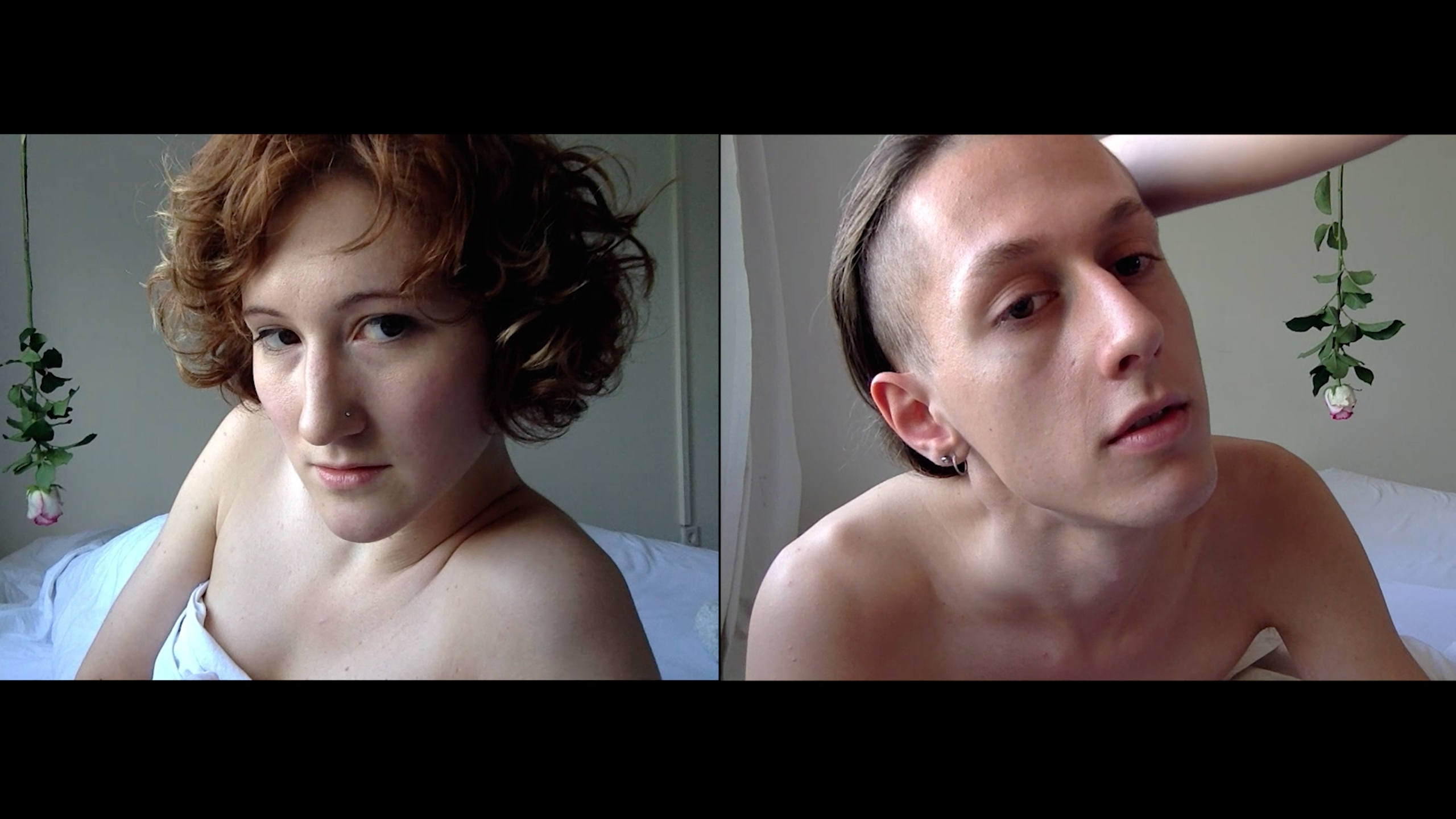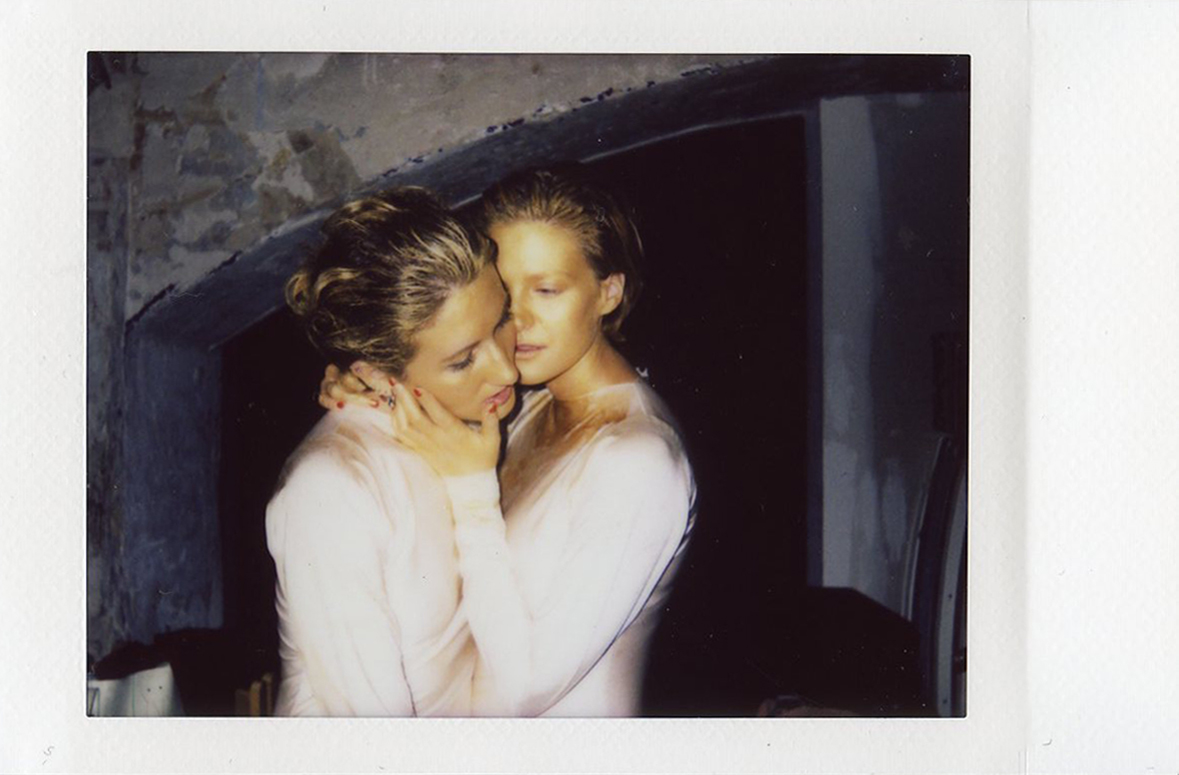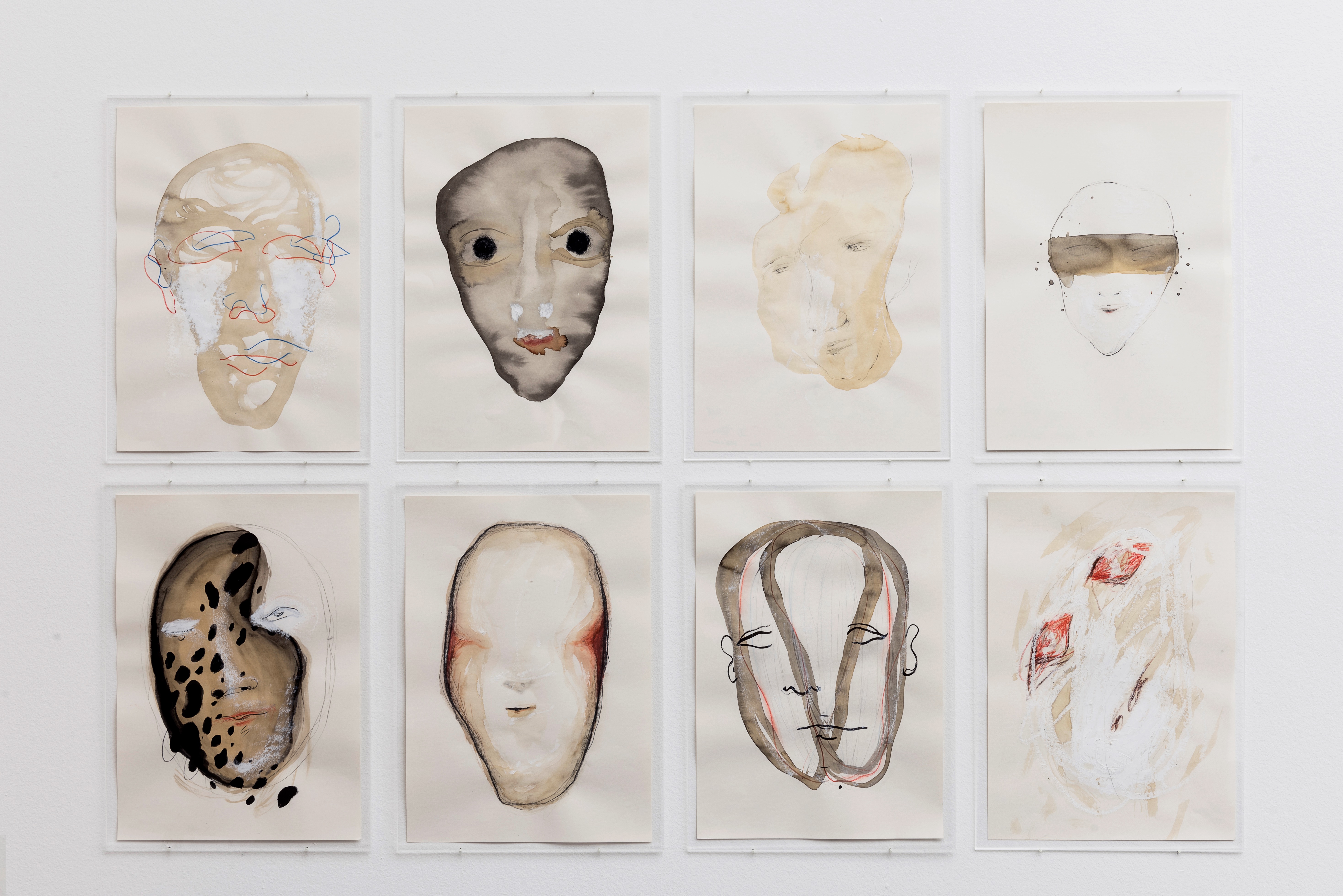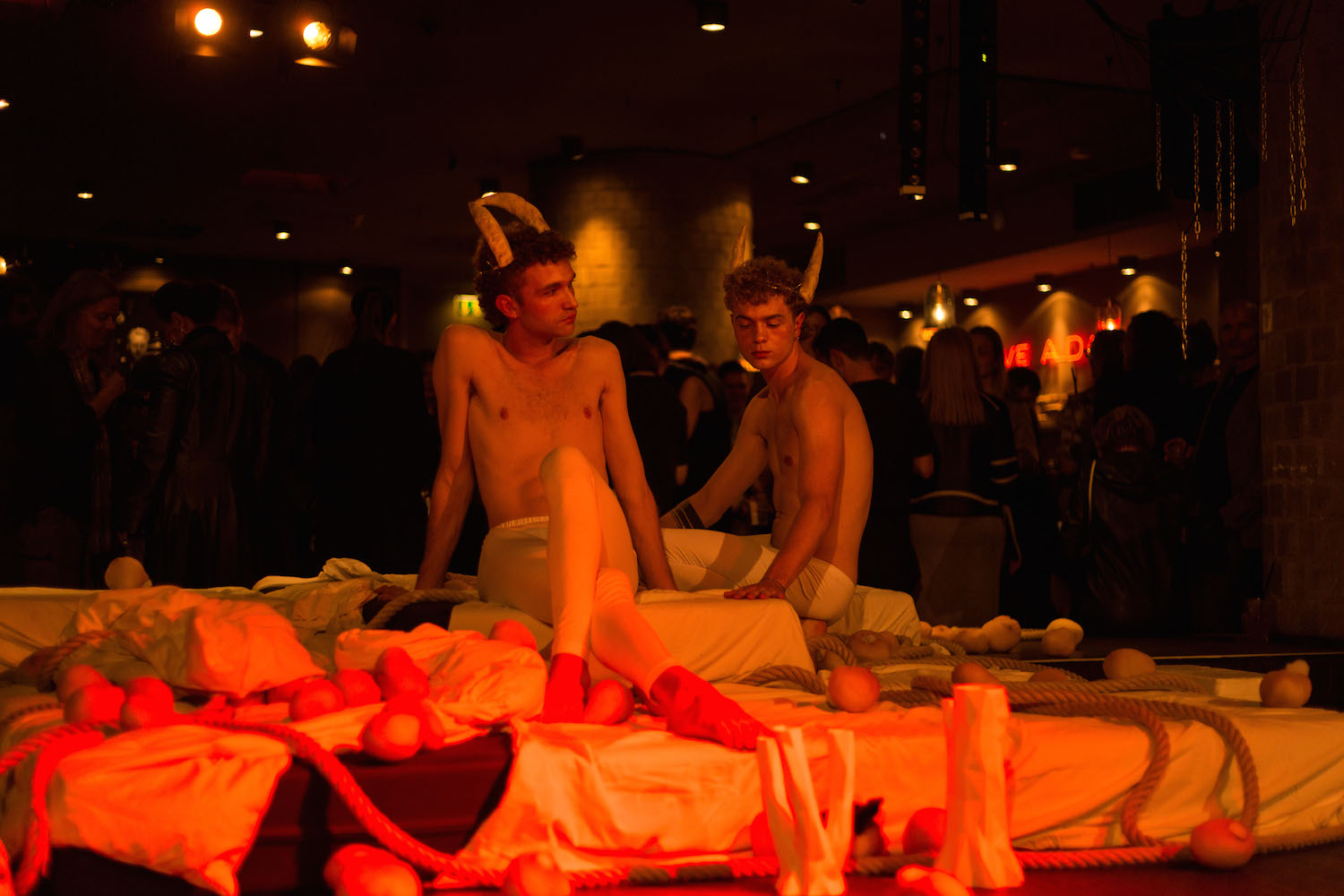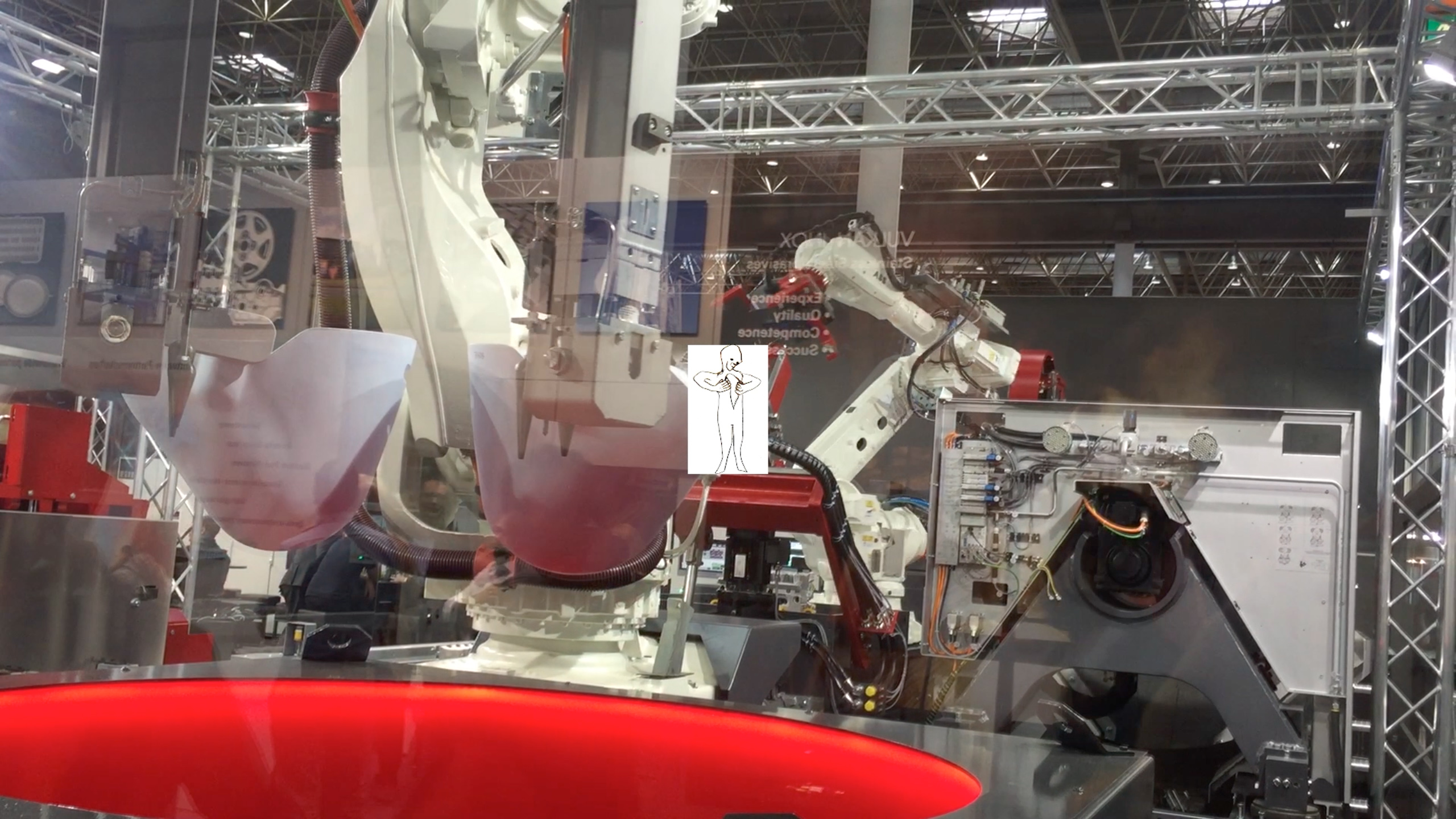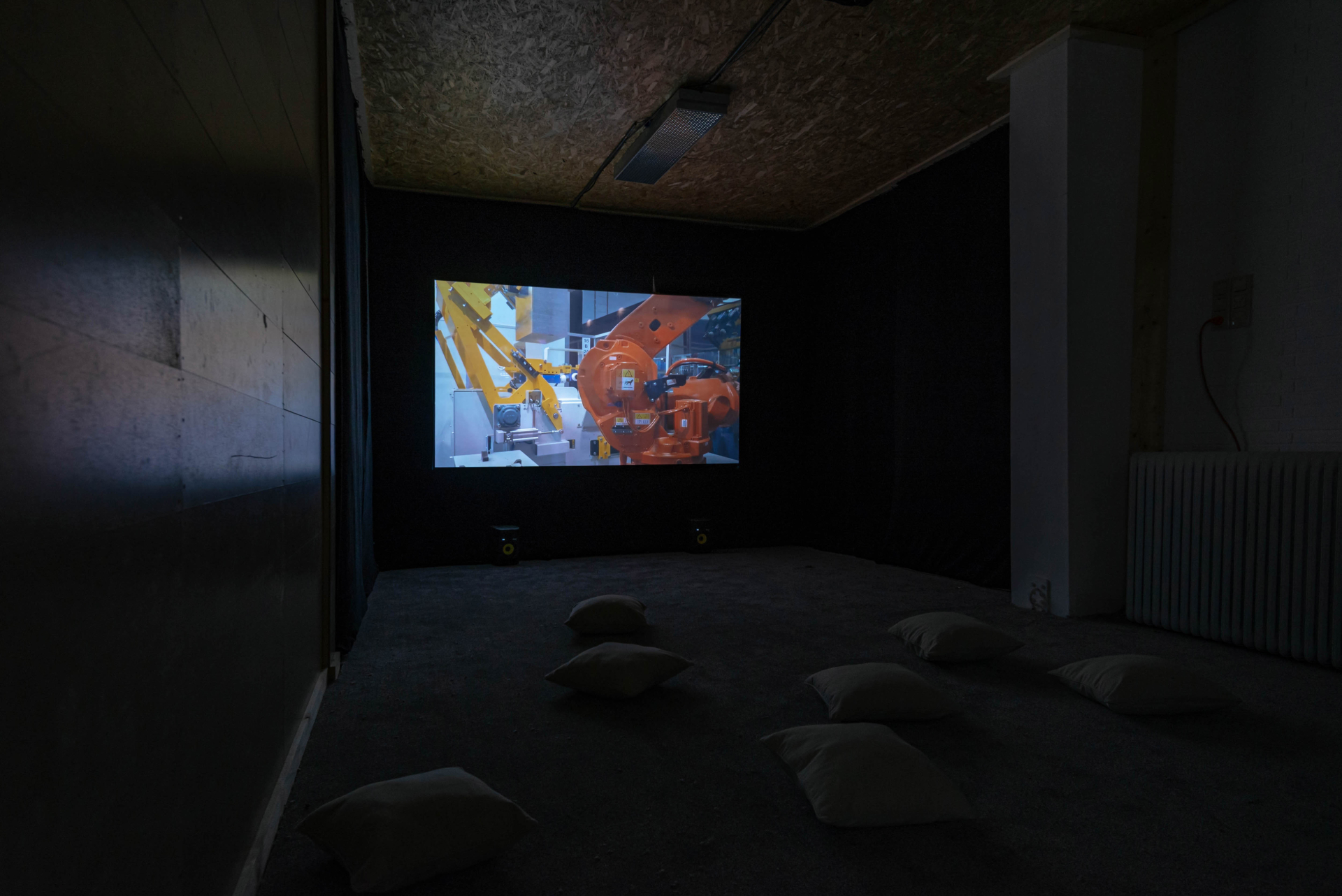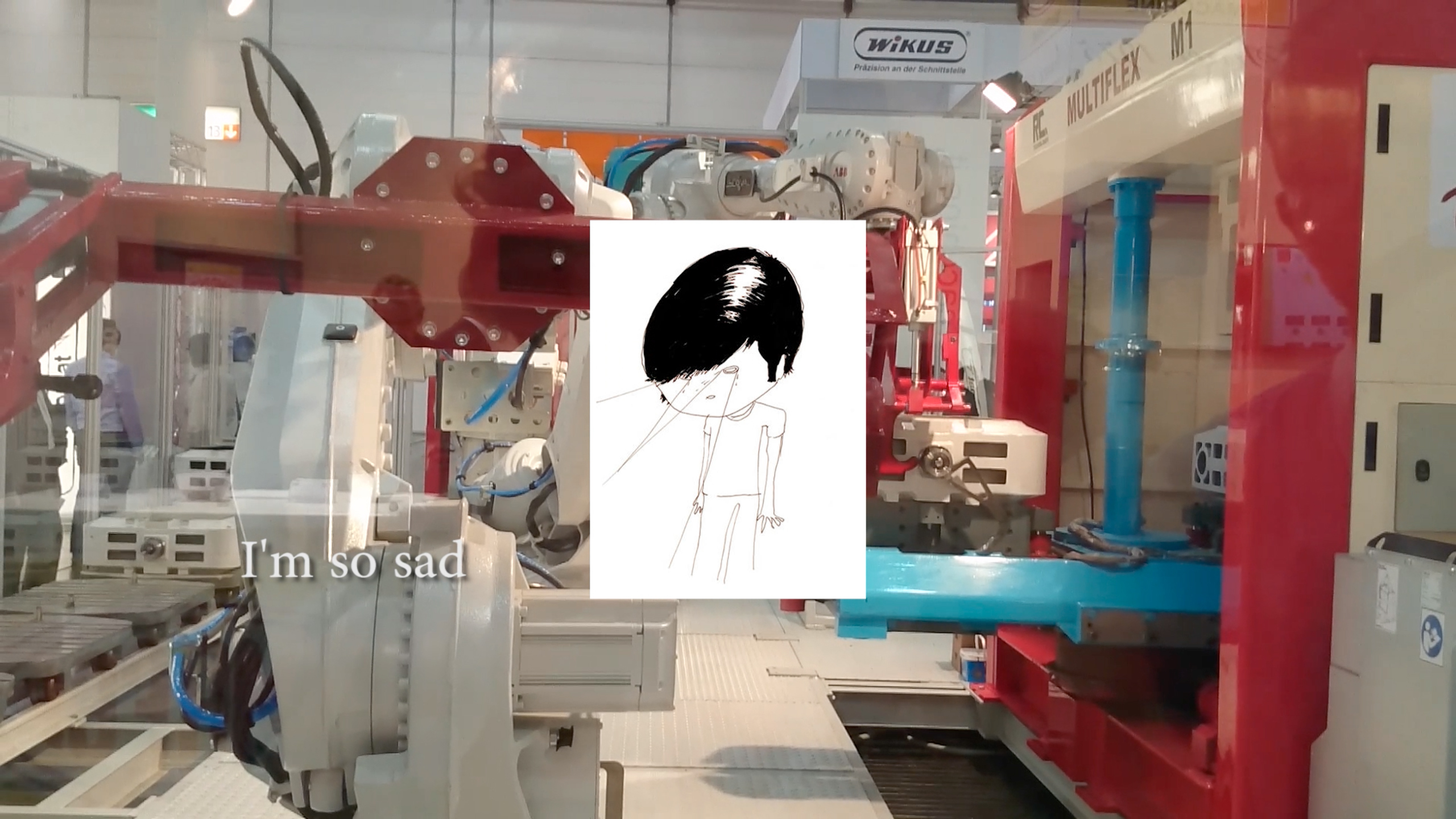Shows
Bridging Borders
Place: P–OST x CONSTANT 1 0 1, Arnheim
Date: -
Artists: Janina Frye, Isabella Fürnkäs, Tobias Groot
Curated by: Youri Appelo
Works: In Ekklesia
Duality is central to Isabella Fürnkäs' work: two different worlds, that of man and the machine, come together. In Ekklesia (2018) is a video installation in which images of machines at a technology fair filmed by Fürnkäs and images of dancing people at a rave flash through each other. At first, those worlds may not seem to have much in common, until the repetitive movements of the robotic arms merge into those of the ravers. Man and machine are connected in an endless dance: the machines dance like people, the people look like machines. Both the robots and the ravers are slaves to the rhythm.
Since industrialization, the automation of society continues to increase. In Ekklesia shows from an abstract point of view how many similarities and connections there are between man and machine. On the one hand this causes a somewhat dystopian feeling, on the other hand as a spectator you also experience the enormous energy that gets released. Fürnkäs plays with the idea of utility by focusing on continuous movement. Machines produce machines that will later produce machines. Ravers dance together with other ravers with identical movements to the rhythm of the music. Man and machine meet in the same state of unconsciousness, of emptiness. Could this be the reality of New Babylon? Machines in the infinite dance of labour, people in an infinite dance with each other.
Our current world is both utopian and dystopian: production makes everything possible, but at the same time destroys a lot. The climate crisis shows us that we cannot do, cannot make and cannot want more and more forever; capitalism creates great differences between people. In Ekklesia responds to this. It is the longing for a certain state of blindness, because it is too difficult to face reality. By moving, dancing and playing we can escape from everything around us for a while. Collective dancing in the club is a silent, bloodless protest; just like Provo danced nonviolently and playfully around the Lieverdje in Amsterdam in the 1960s.
- Text by Tessa Kalsbeek
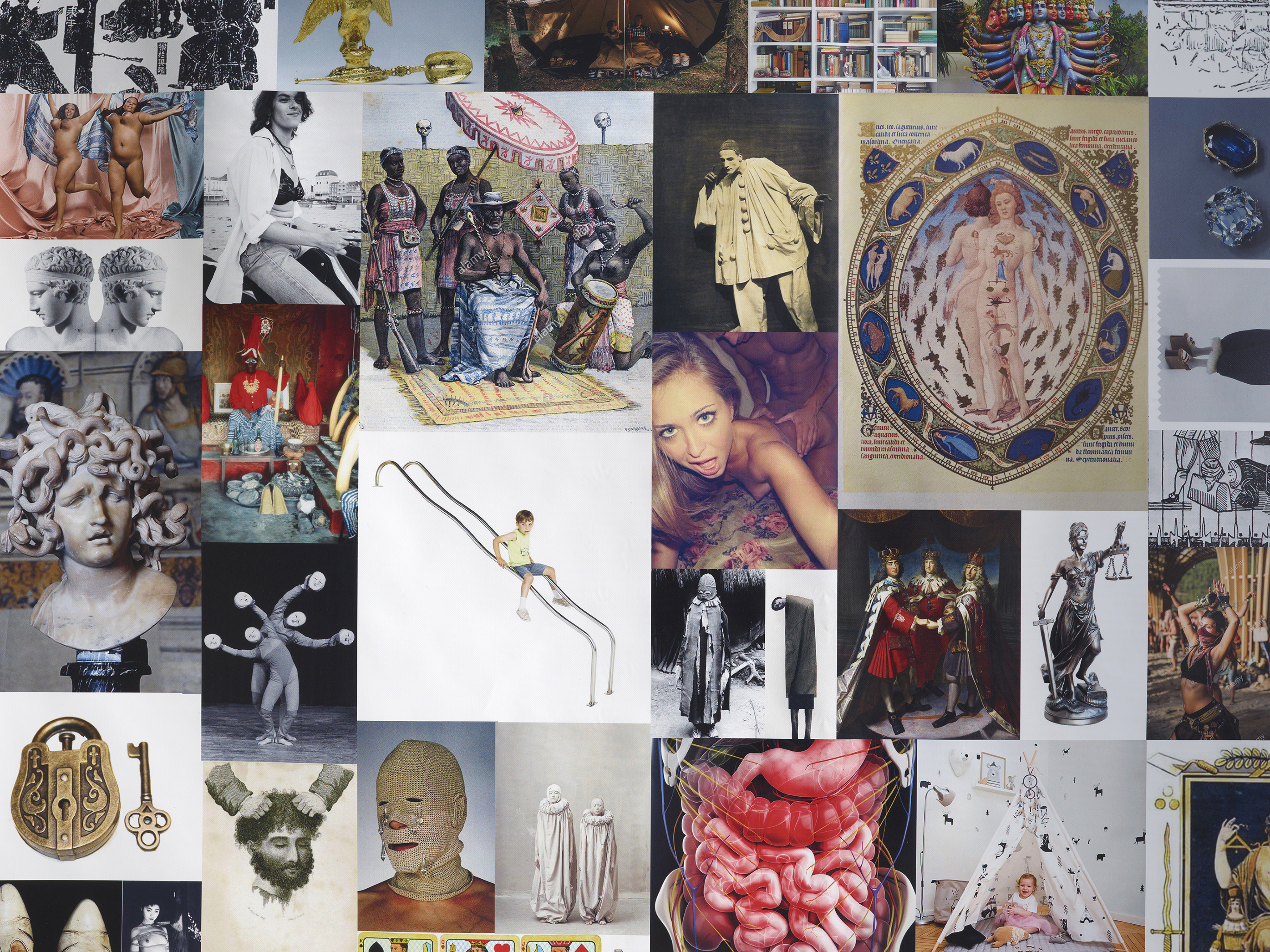

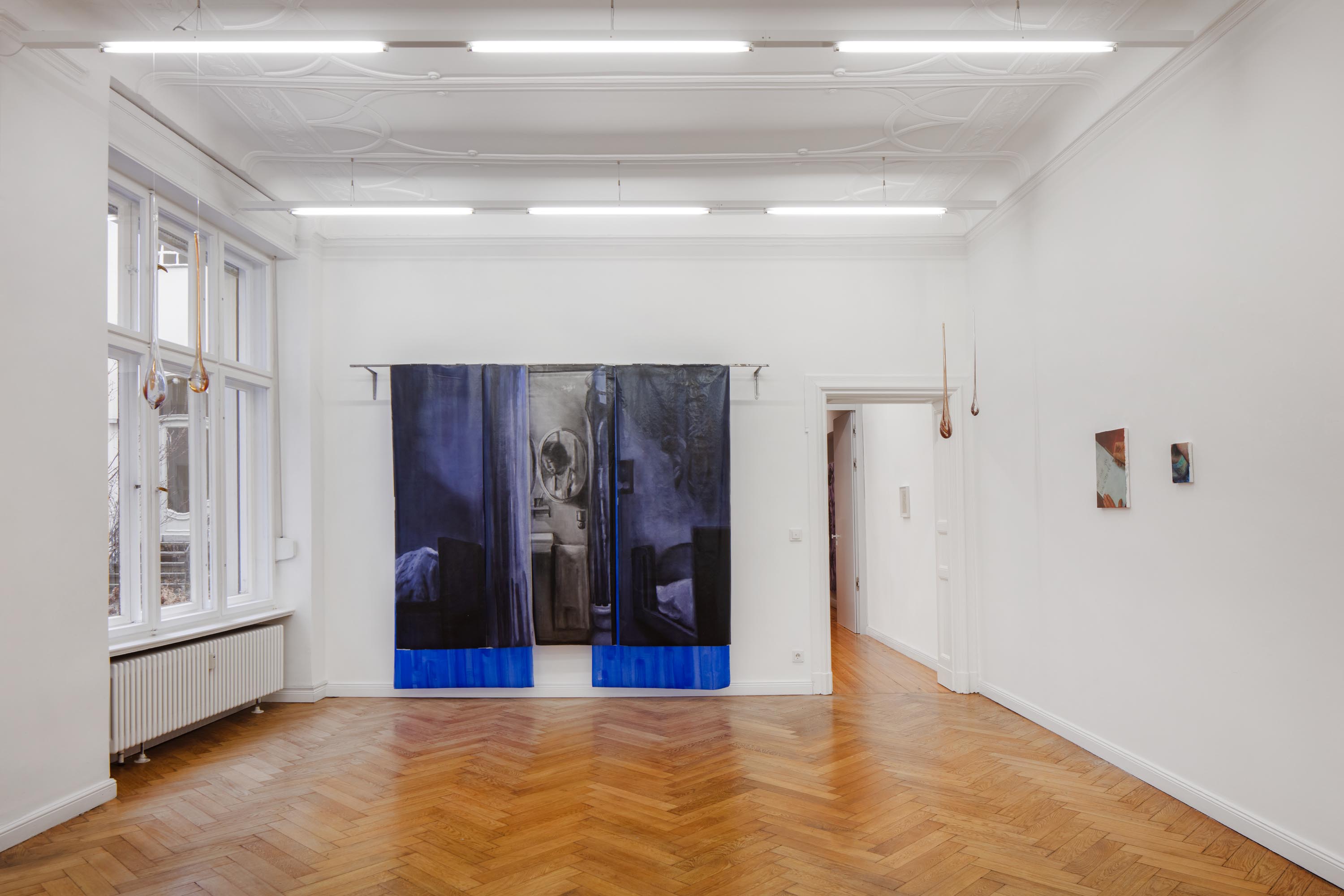

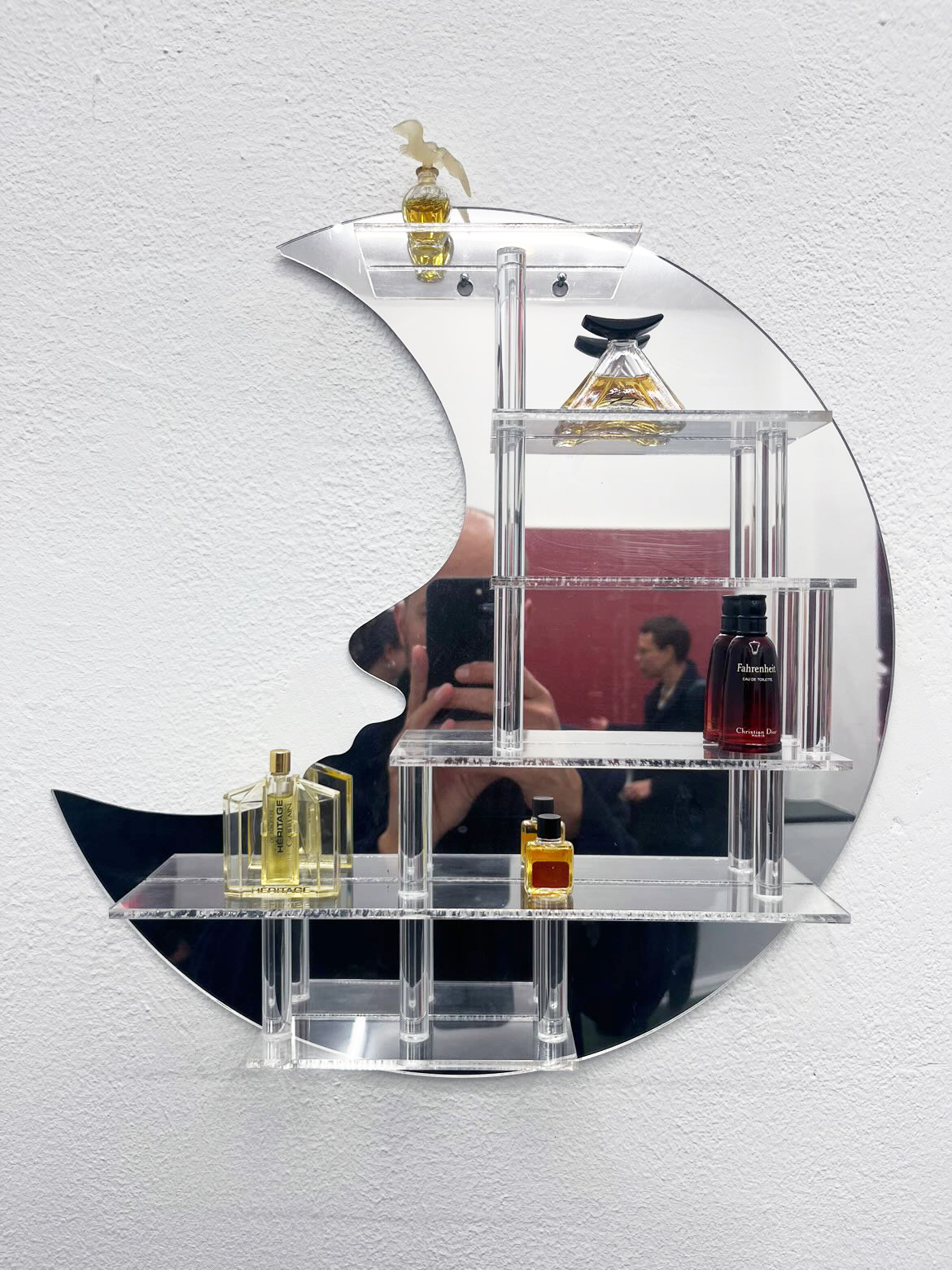
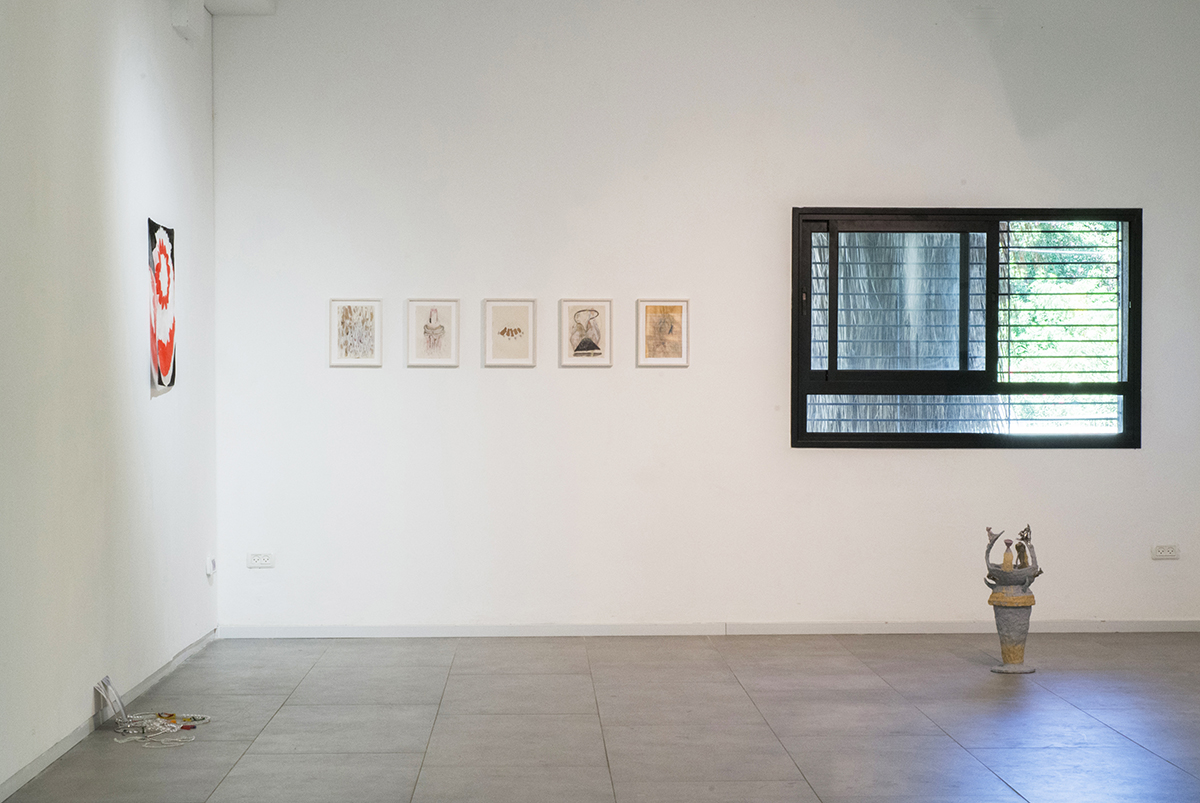
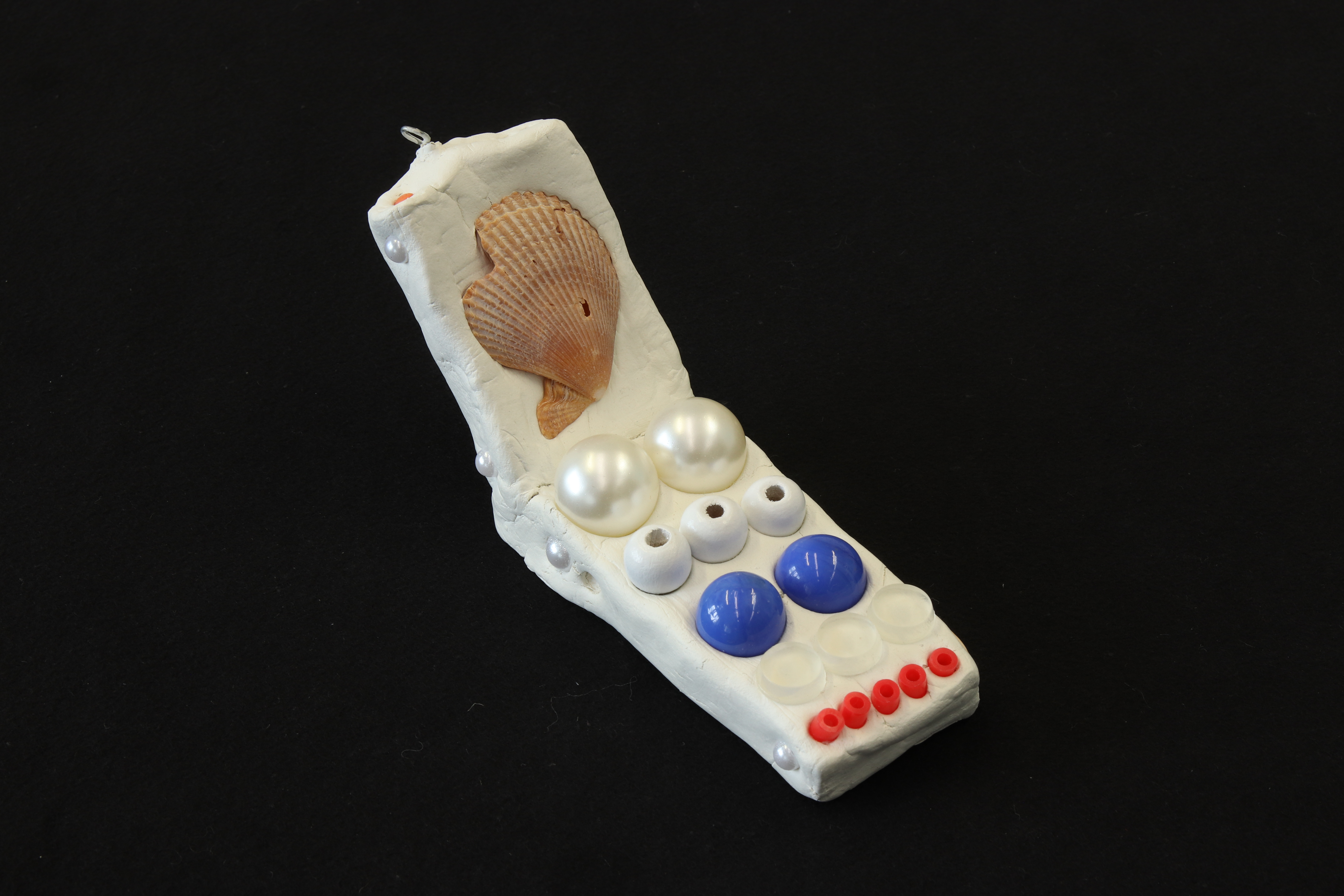
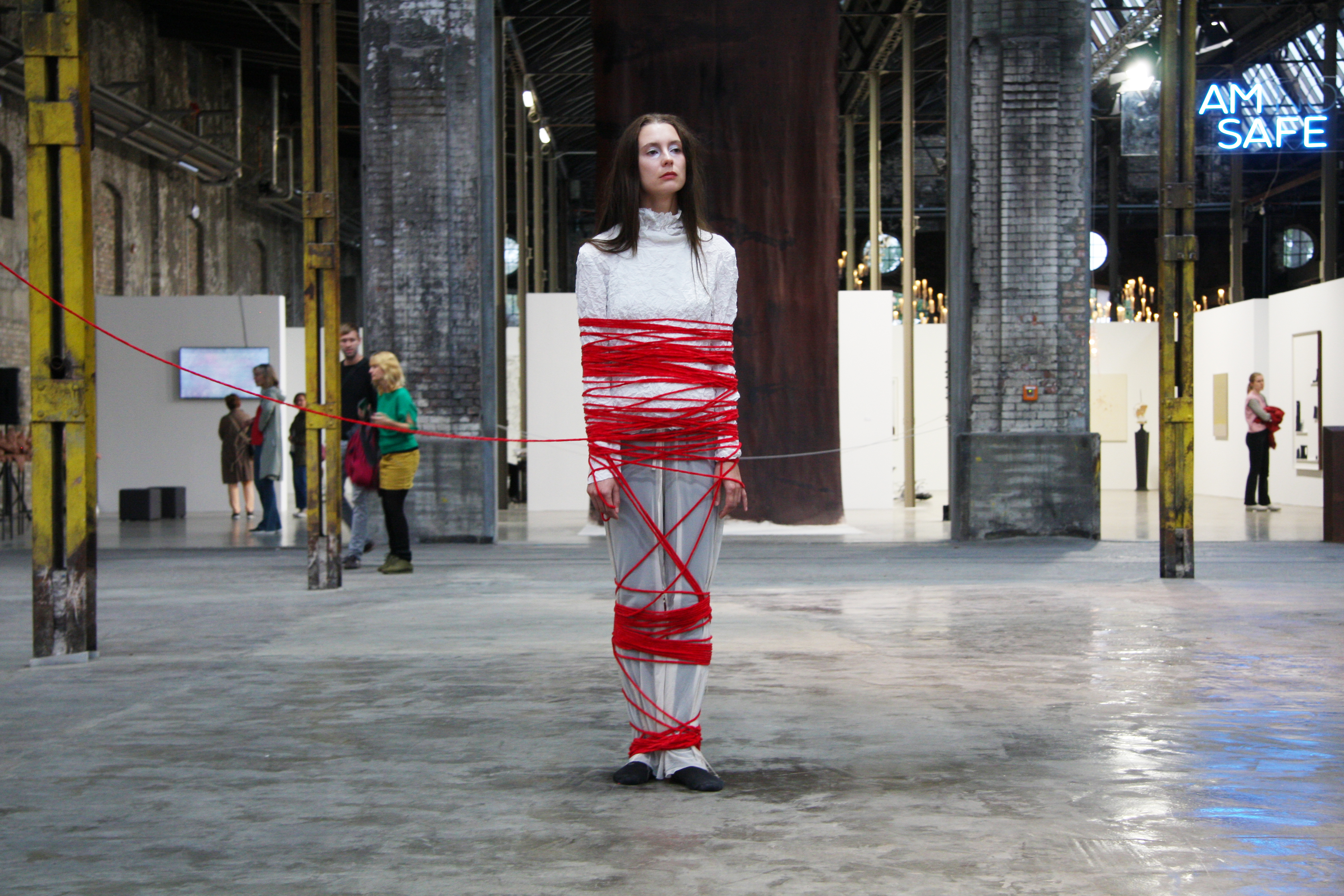
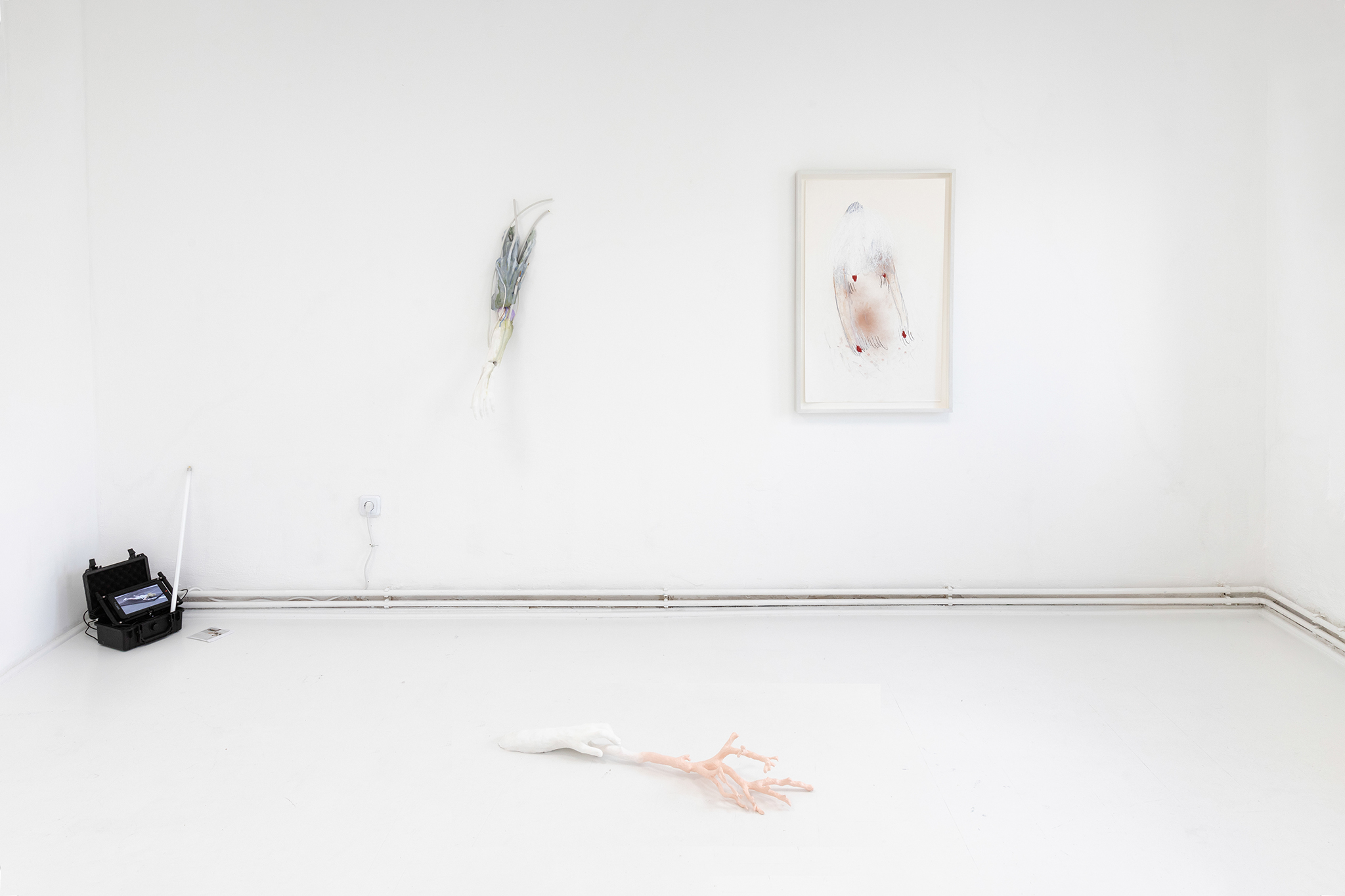
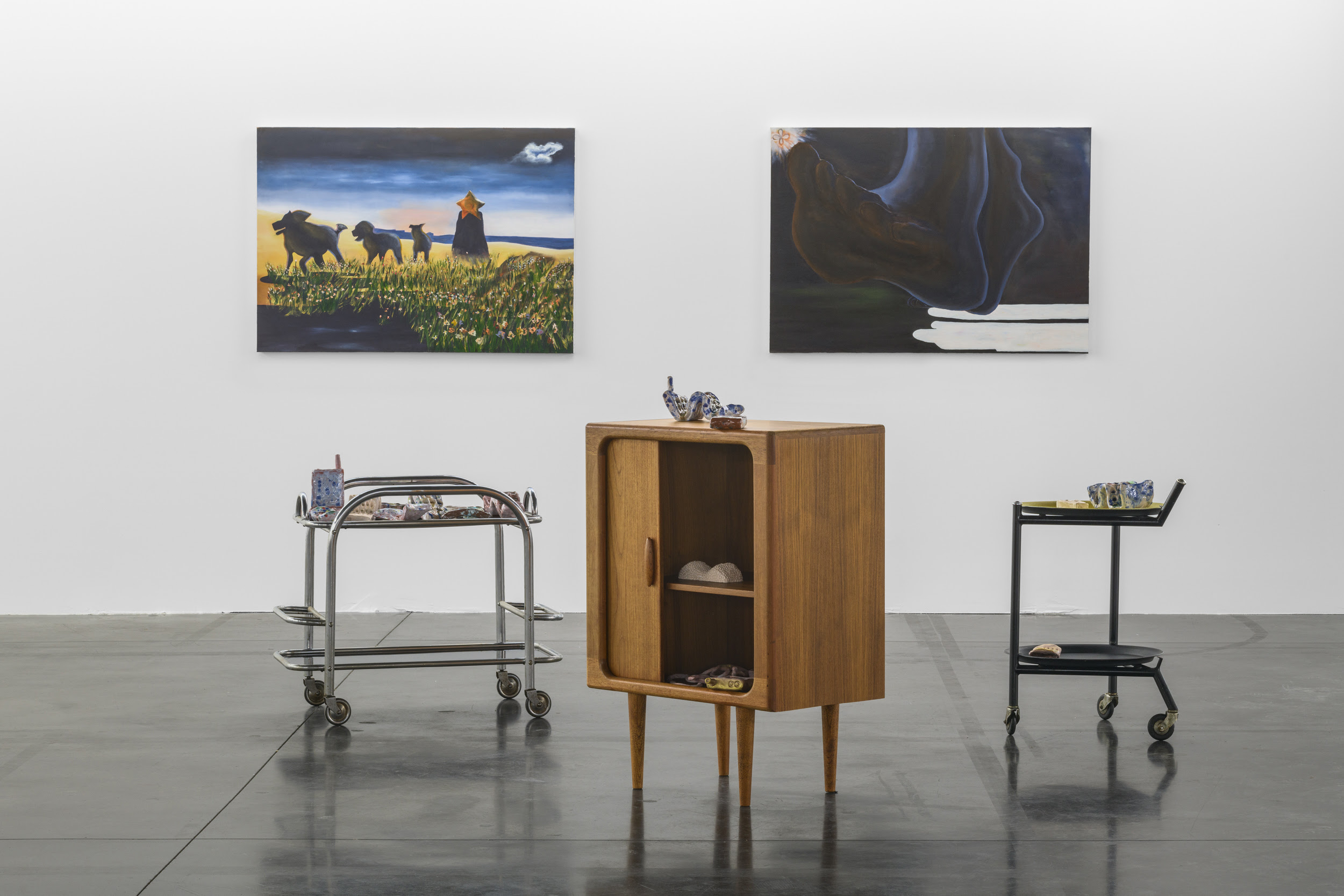
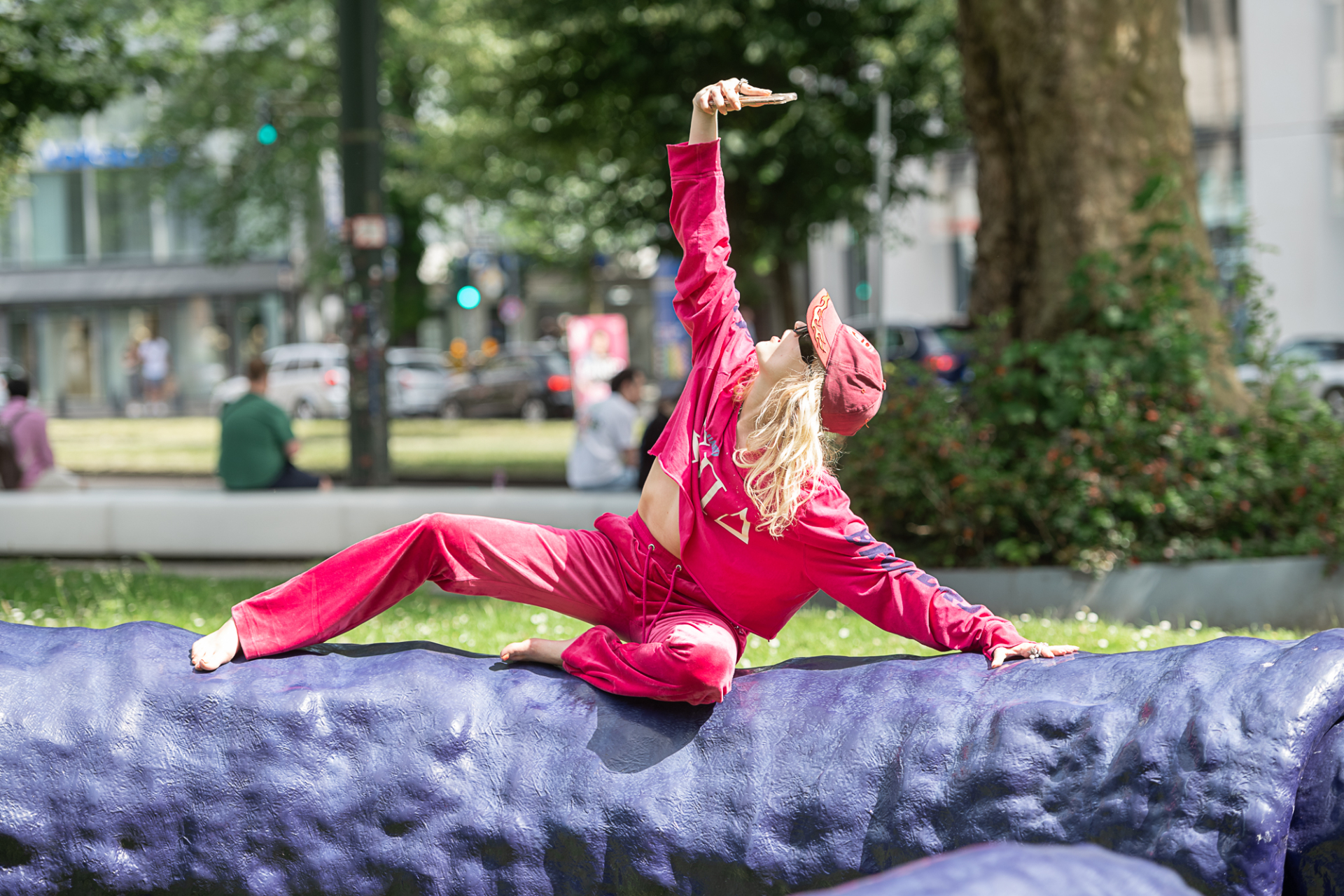
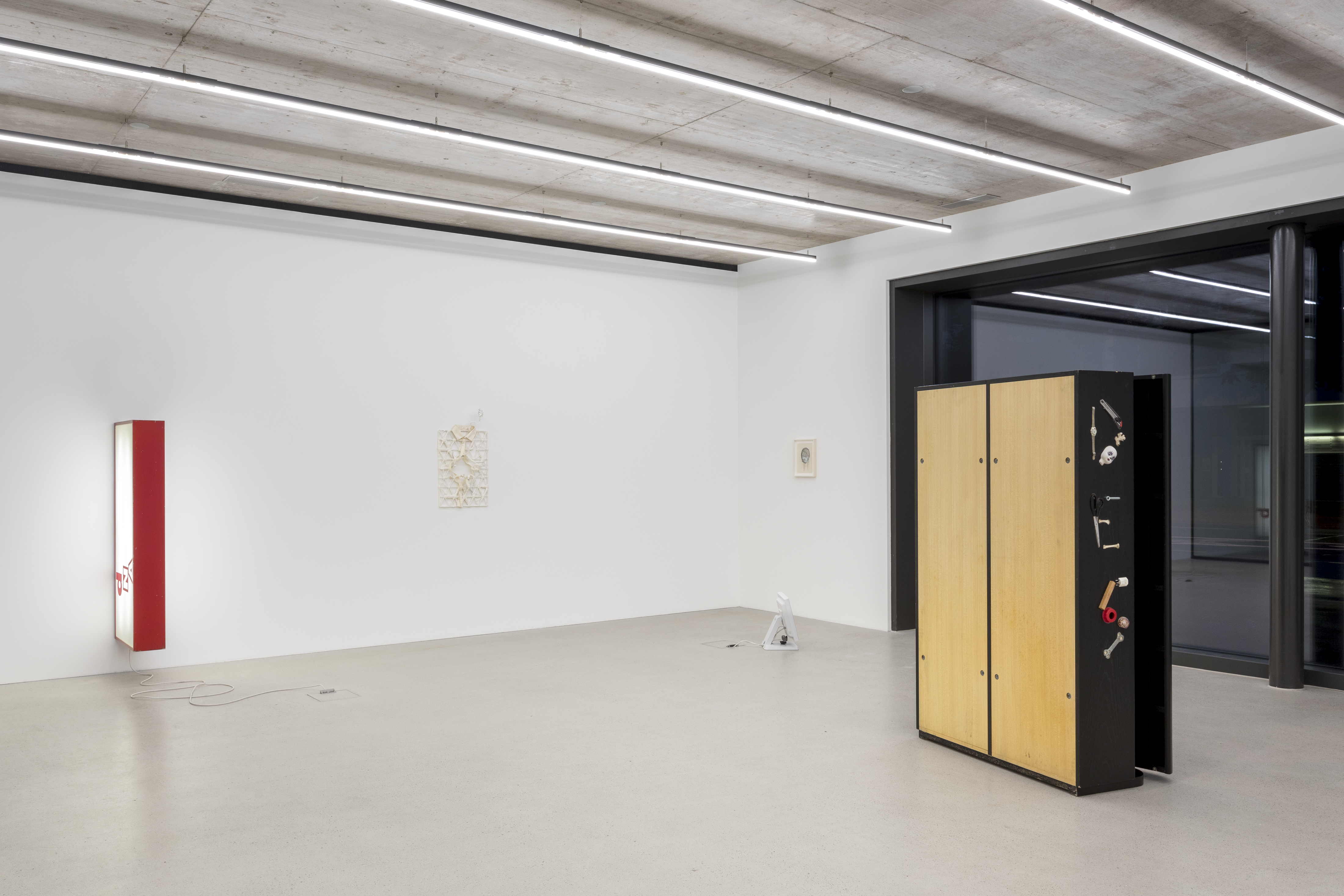
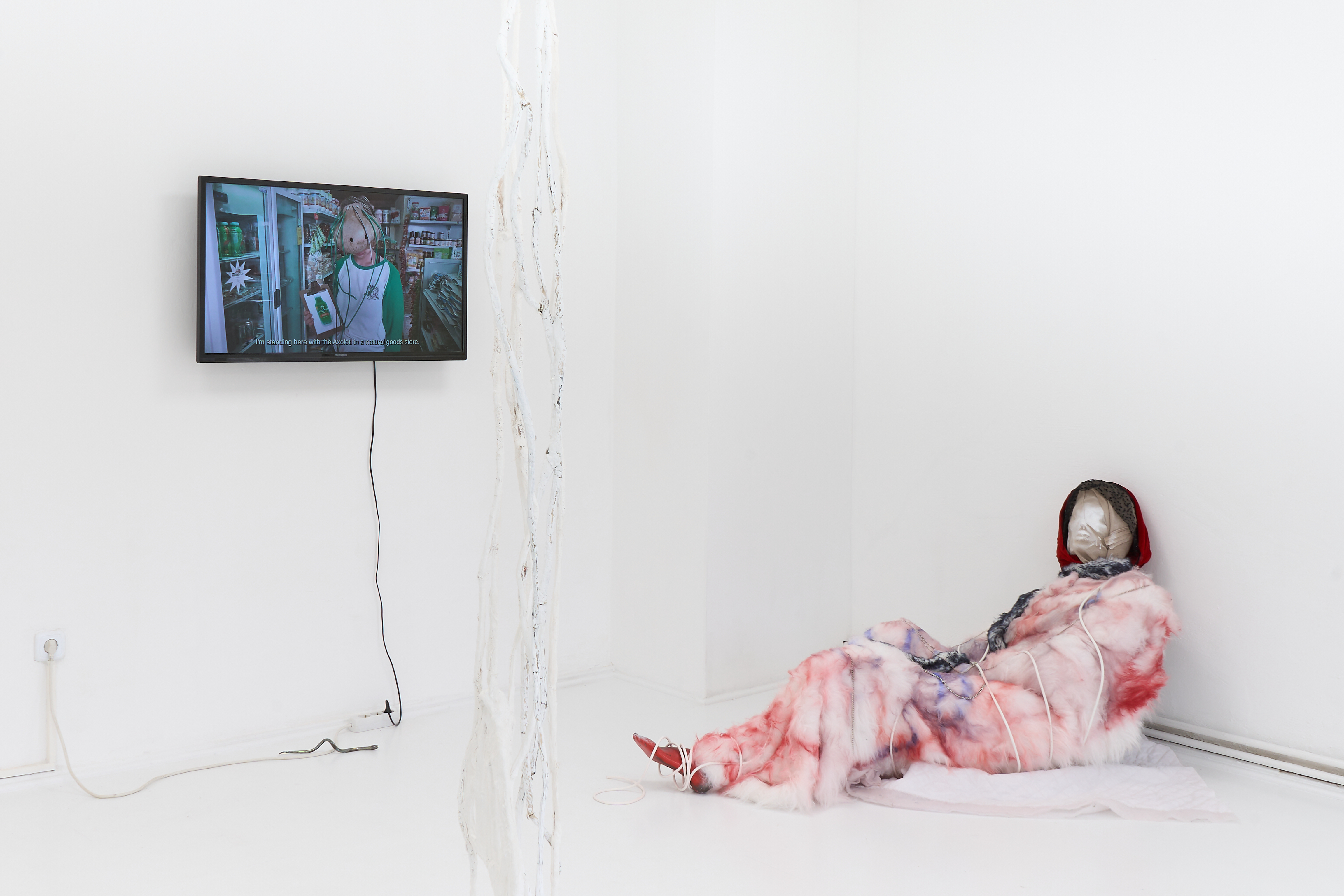
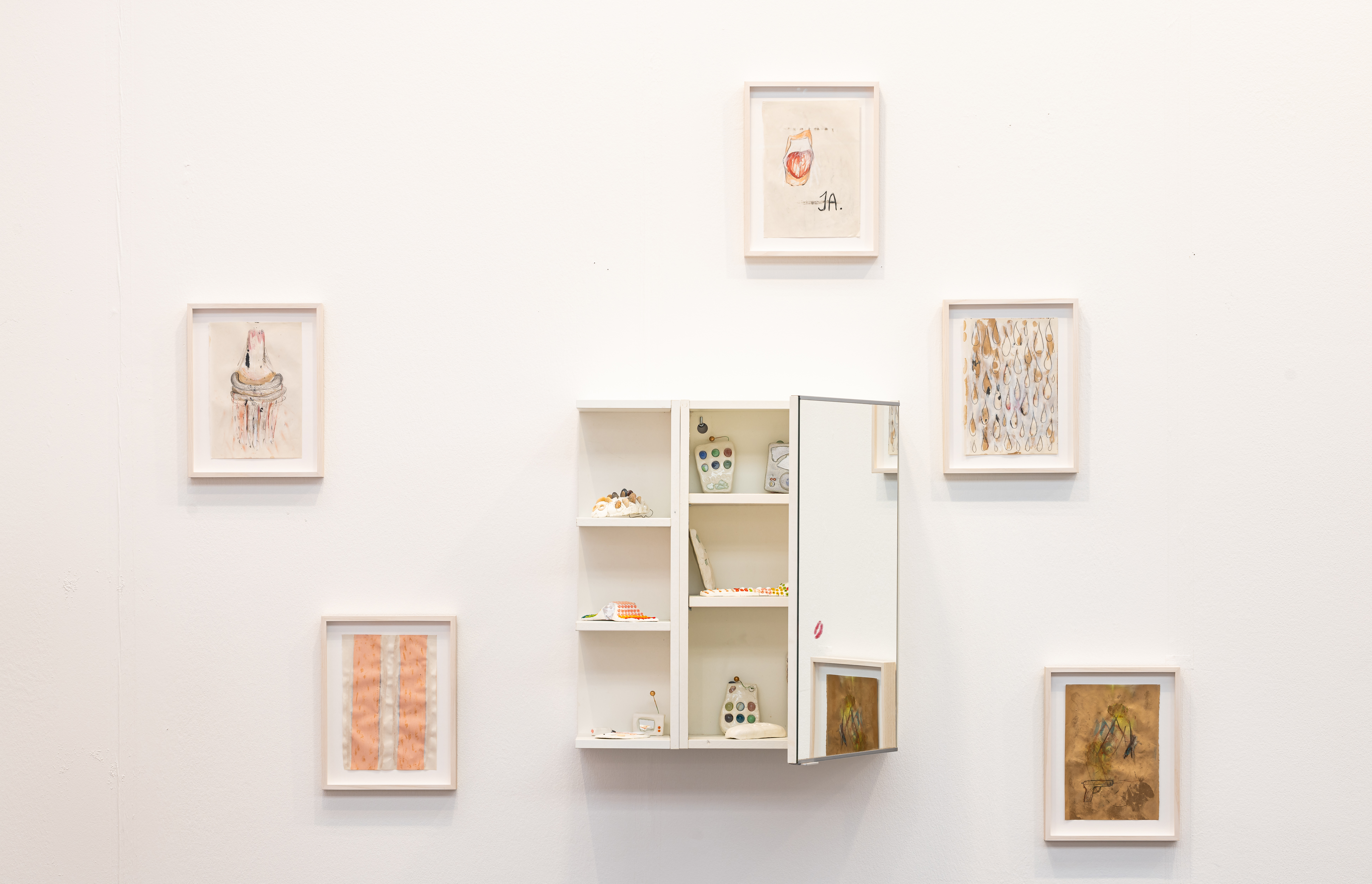
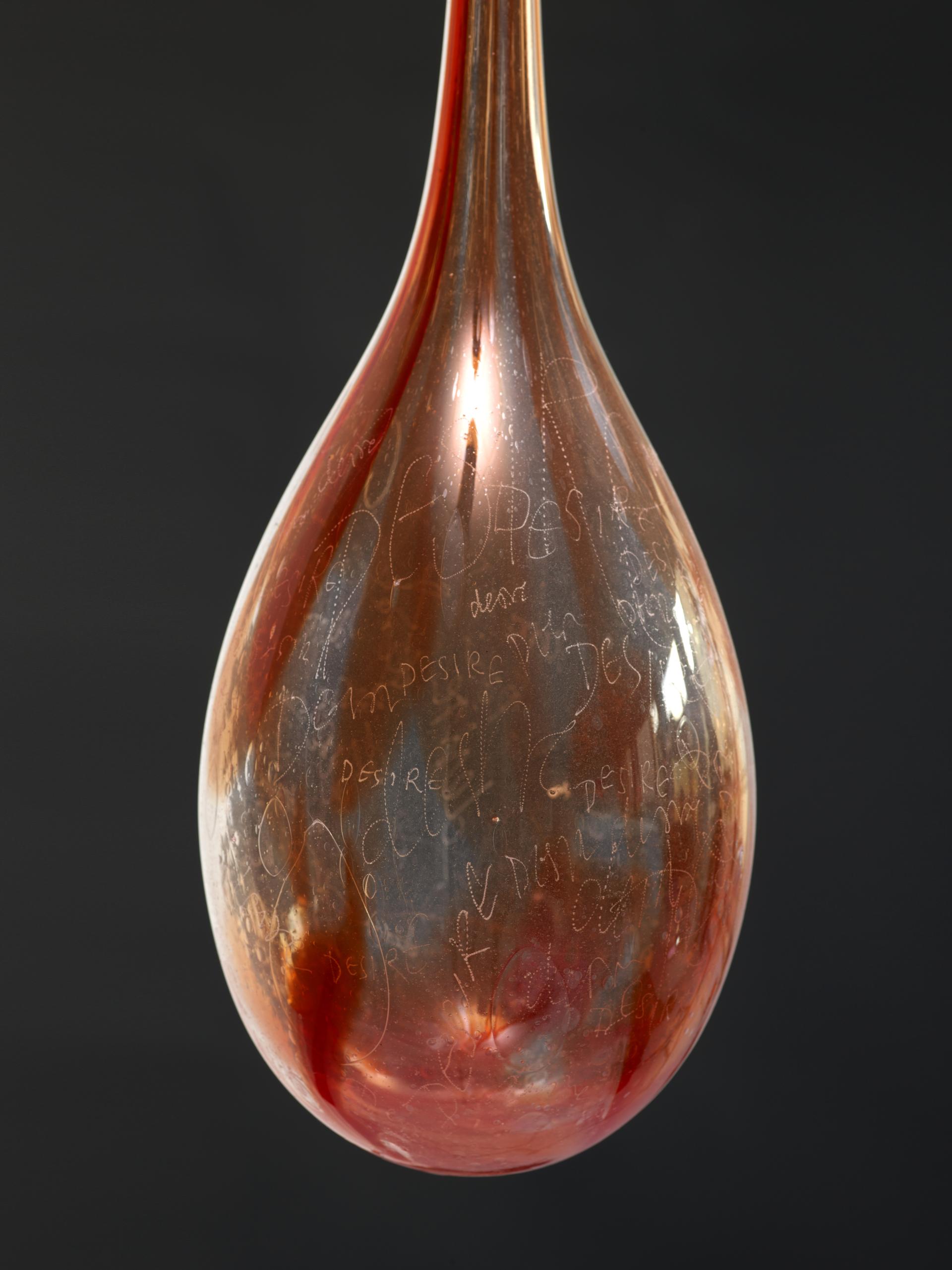
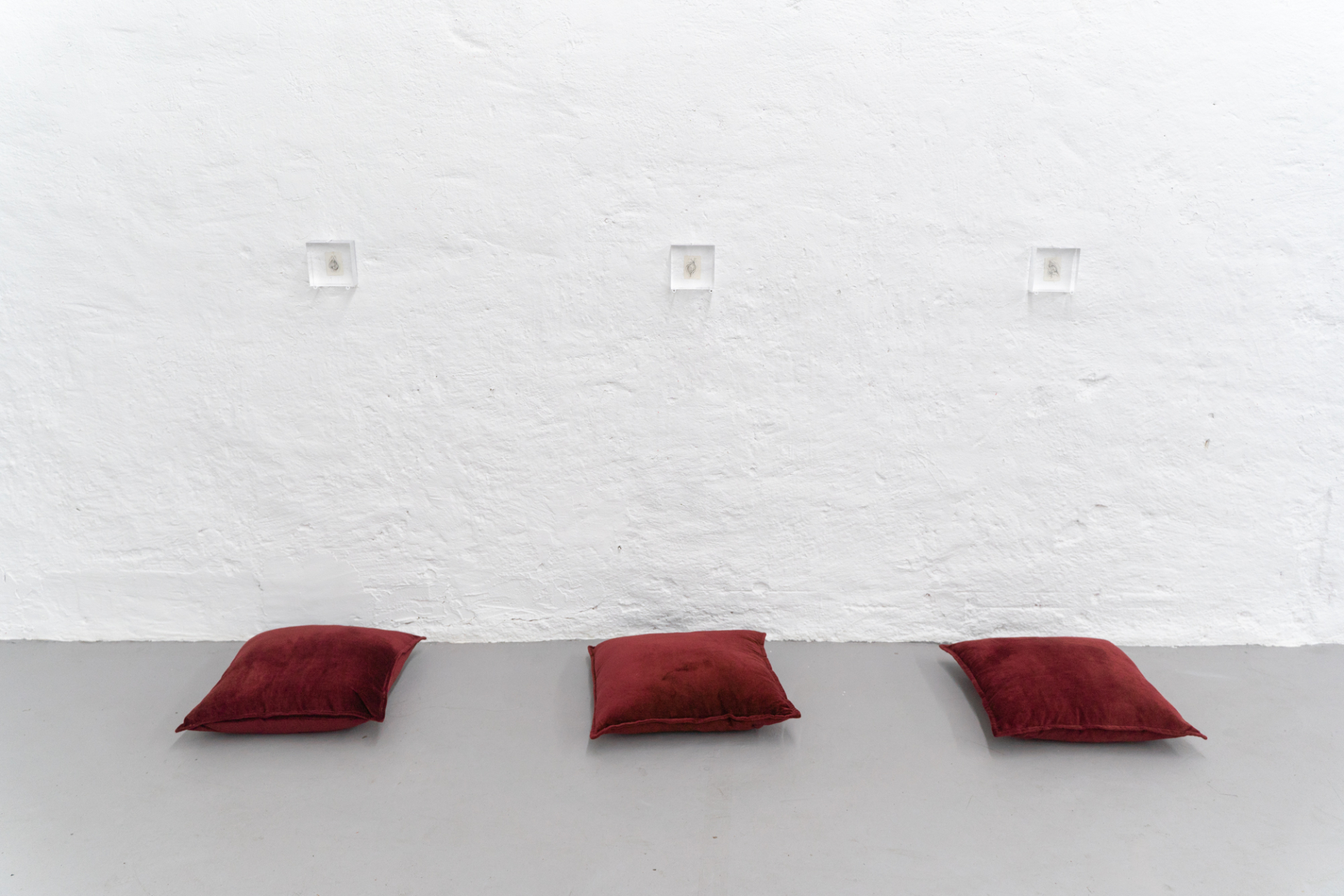
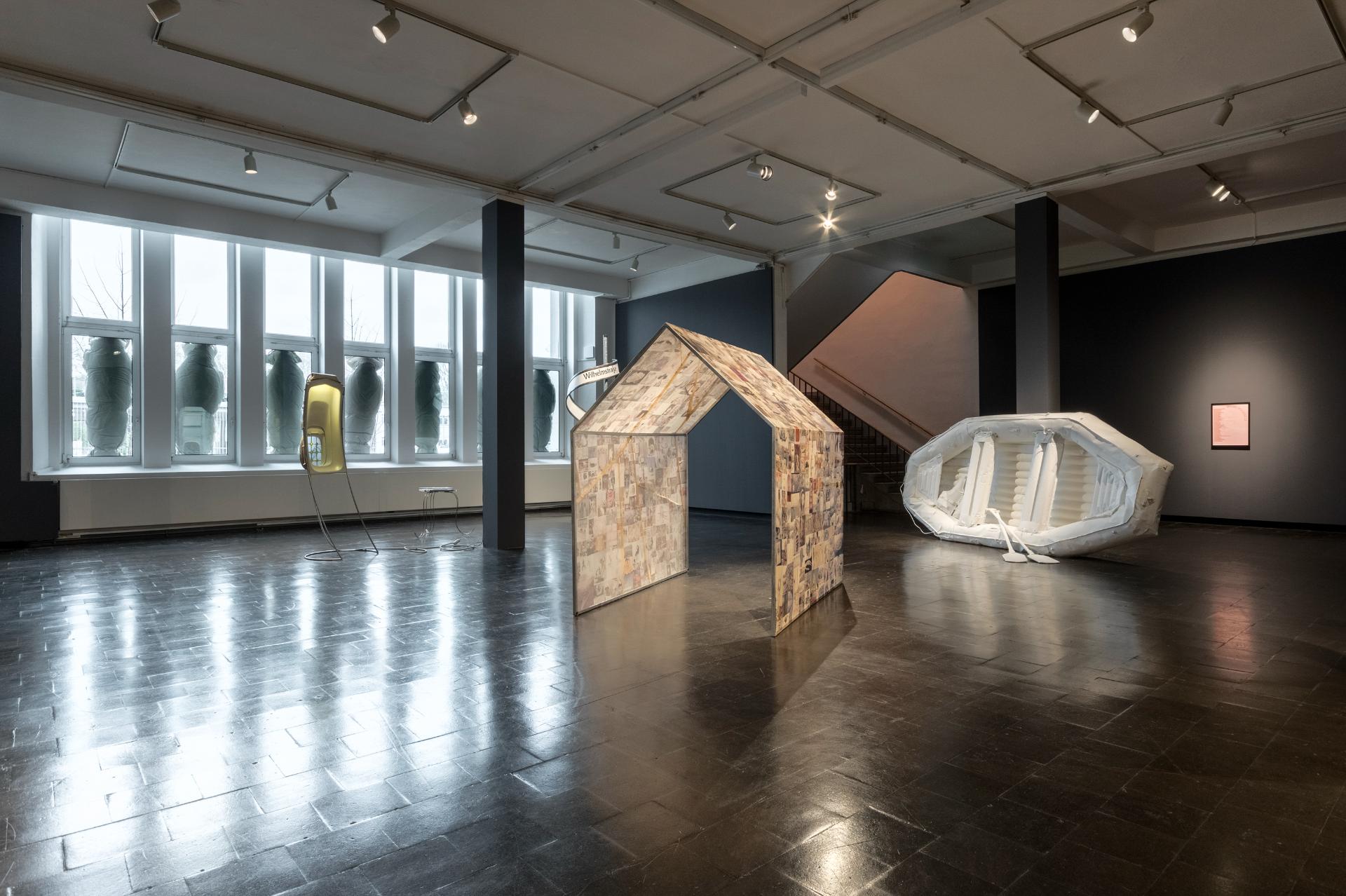
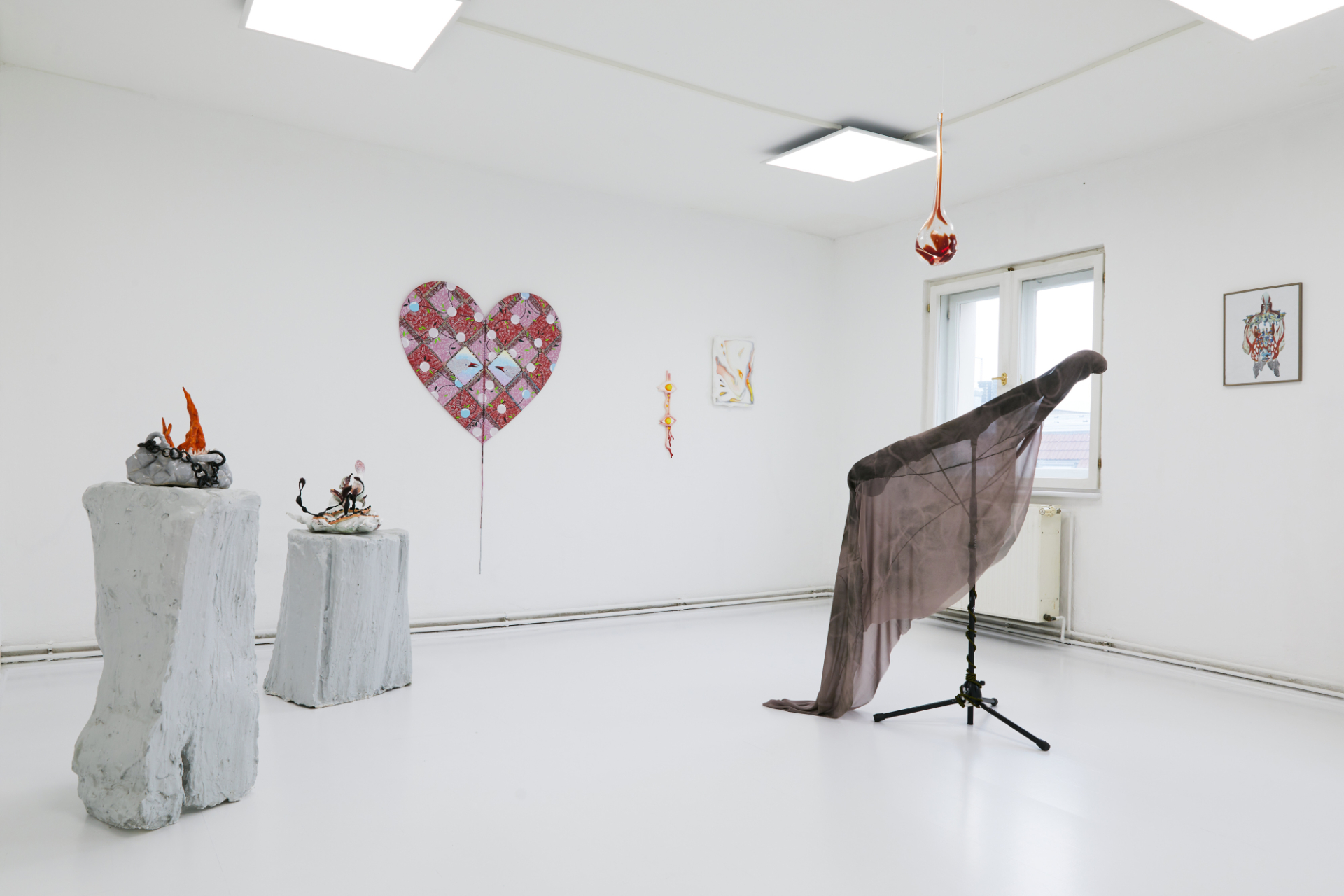
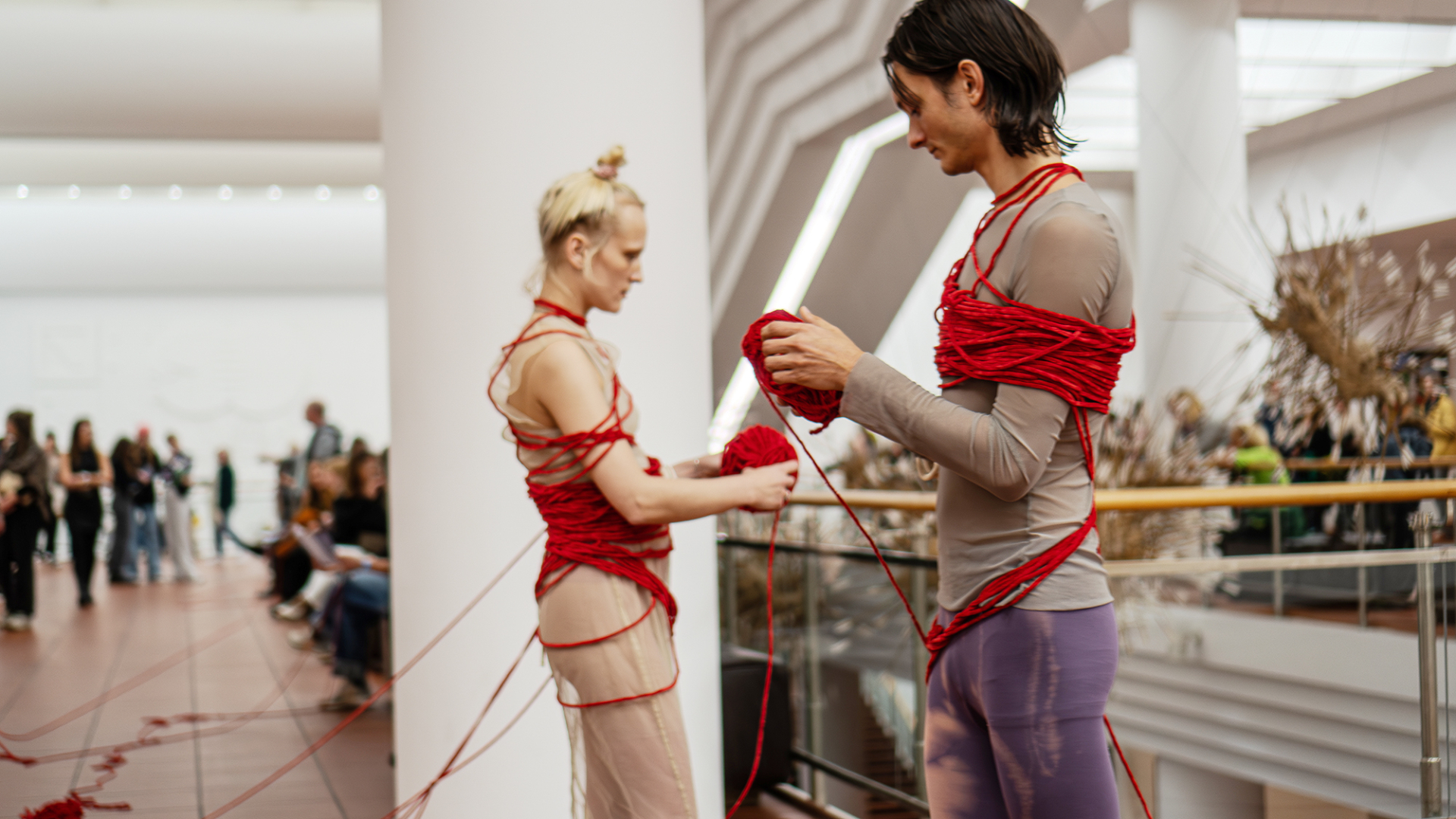
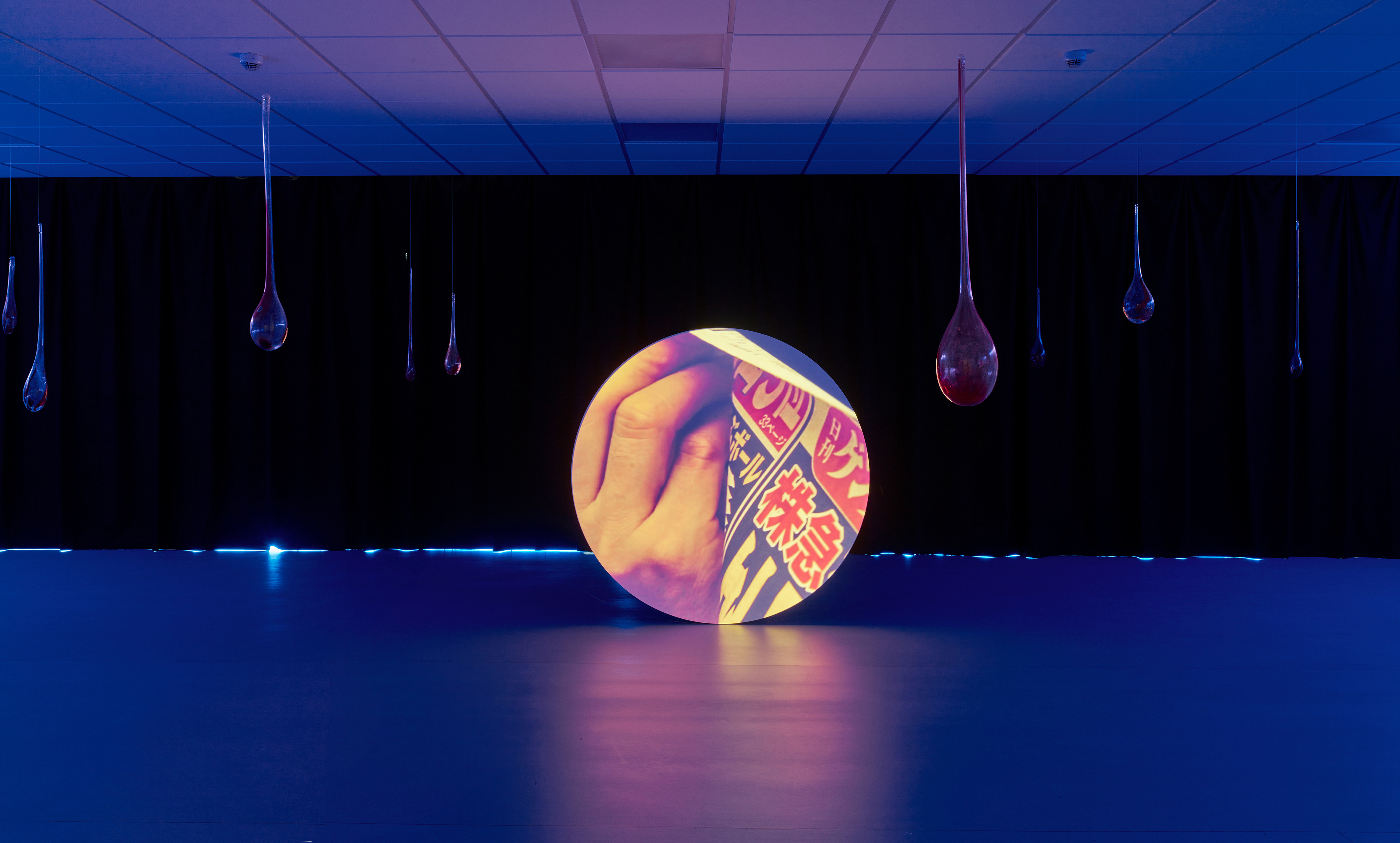
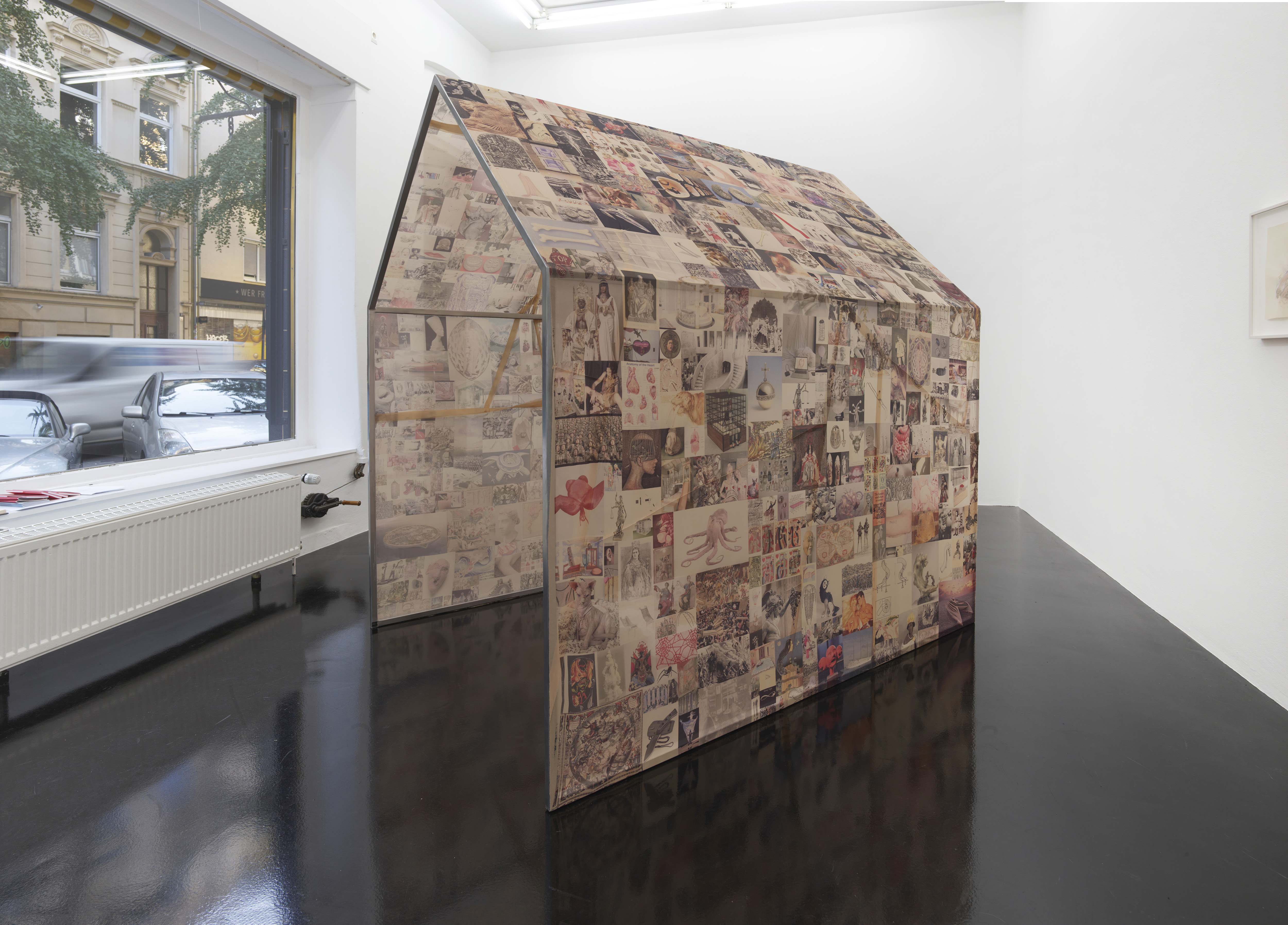

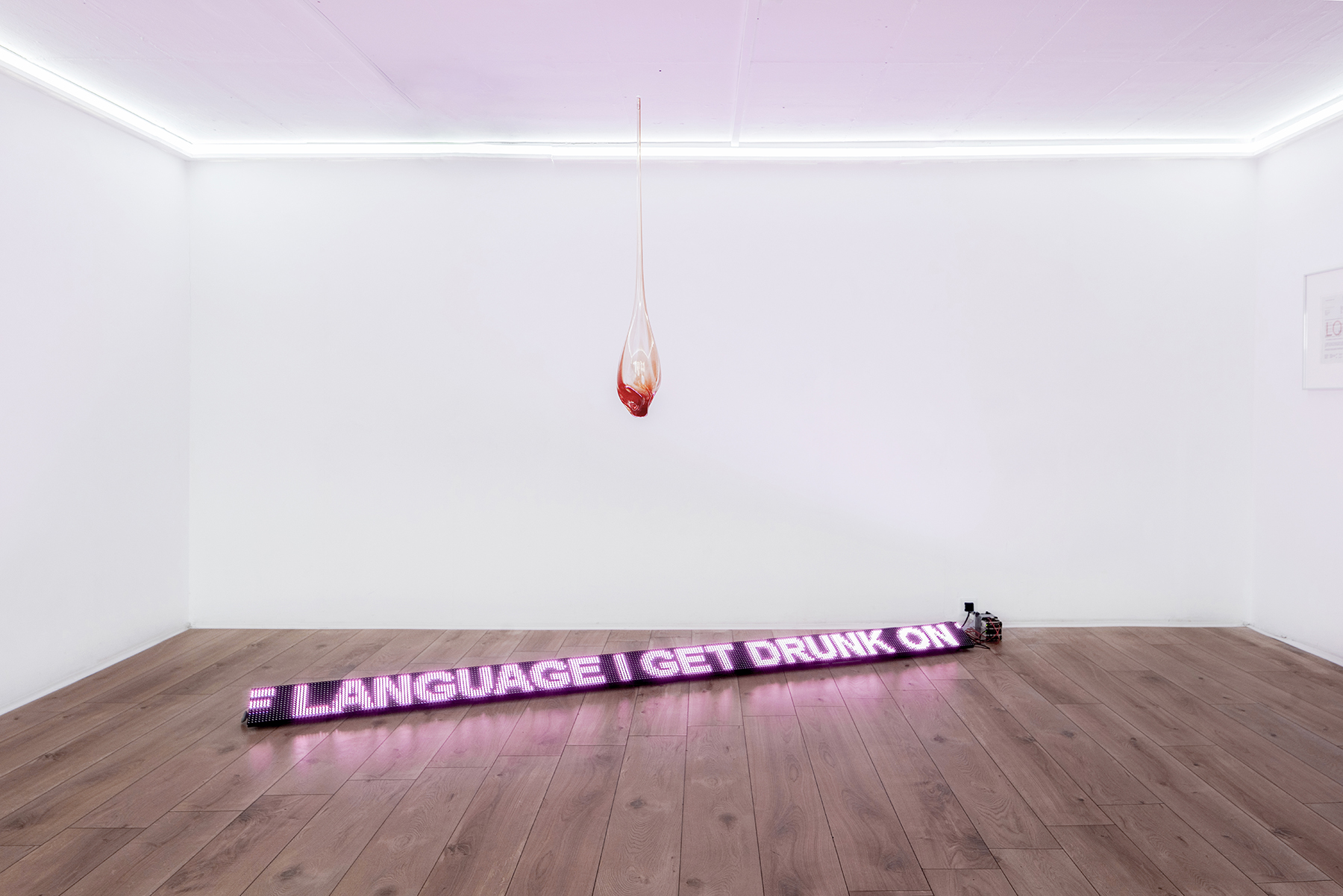
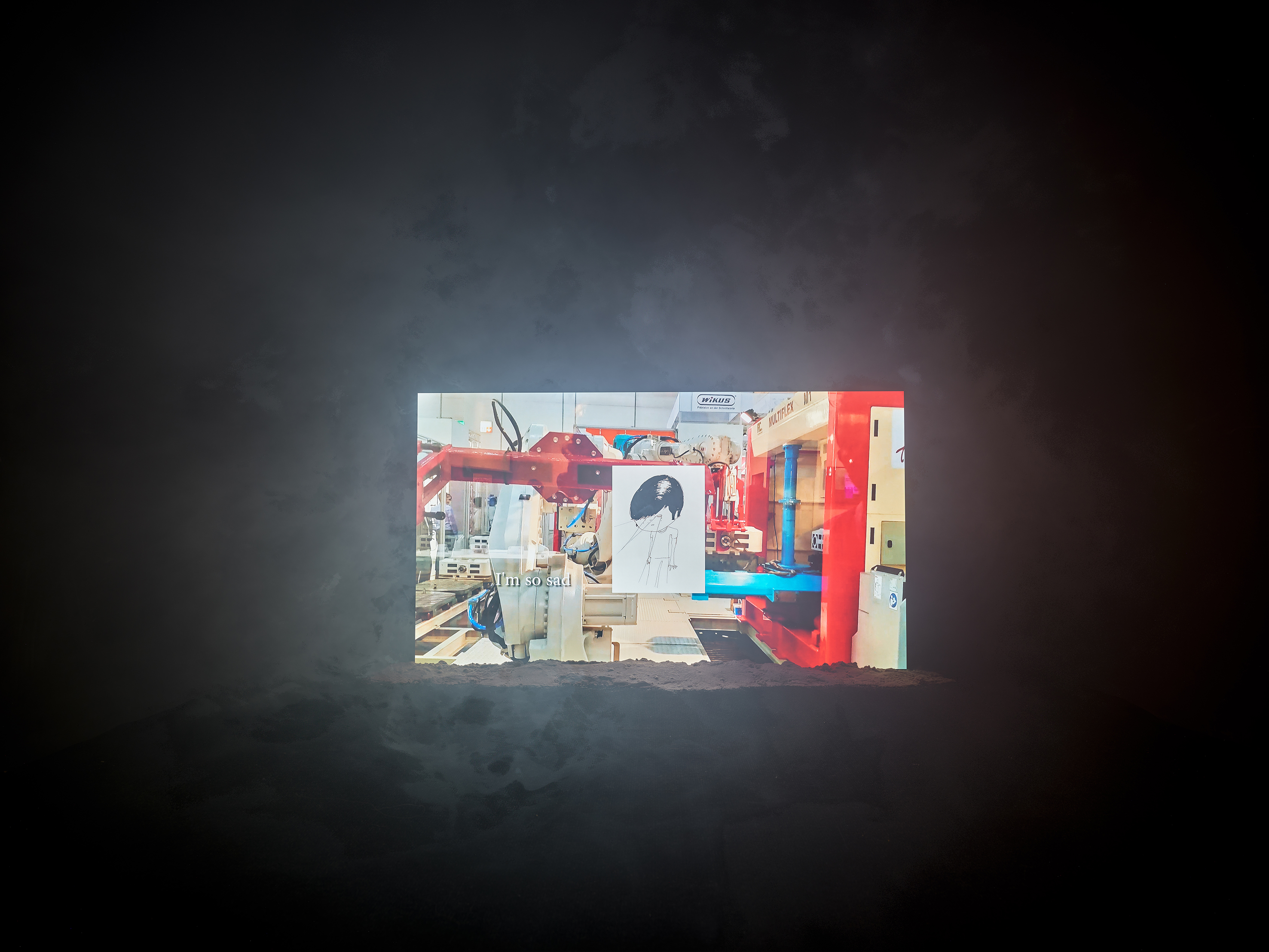
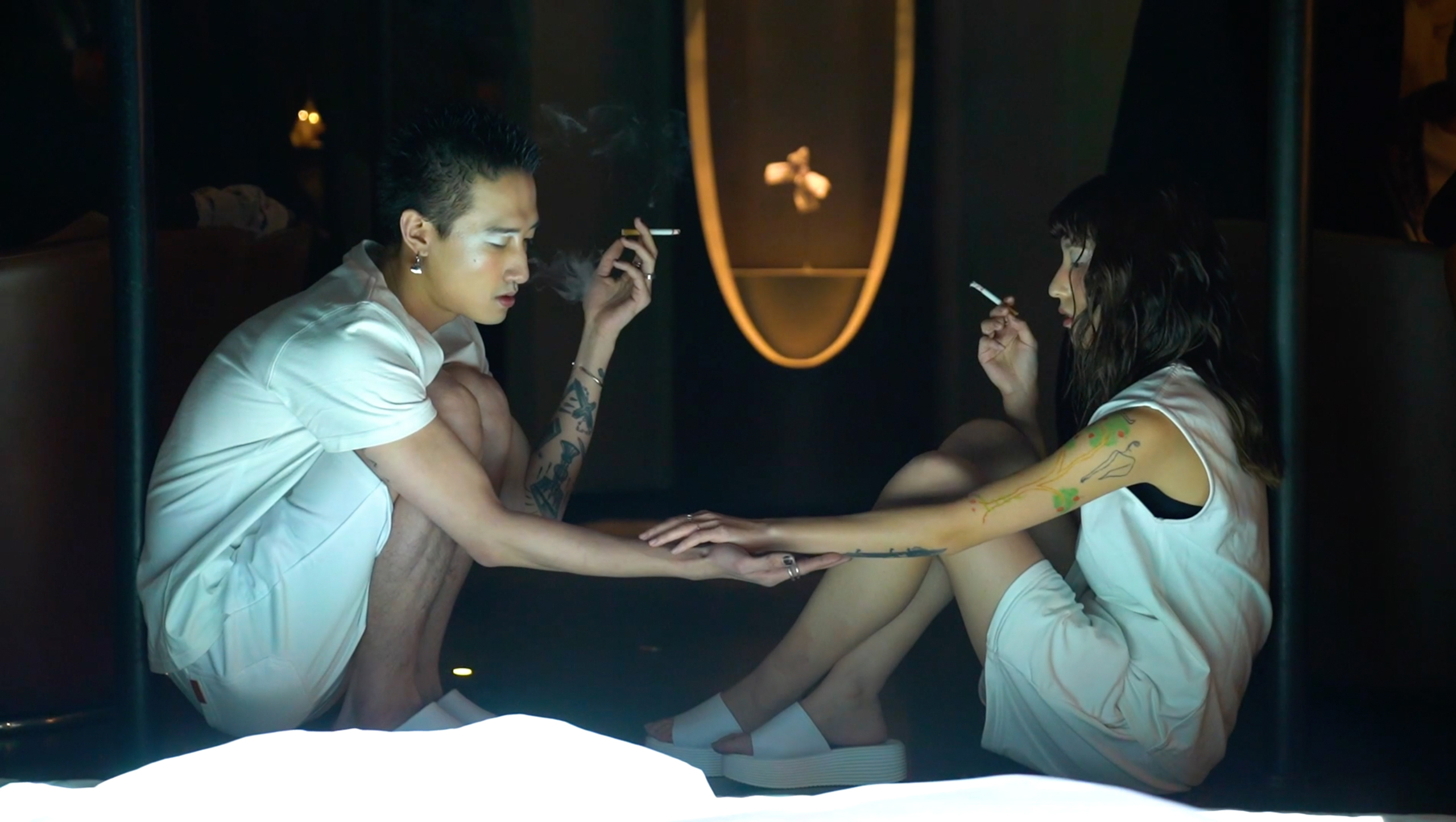

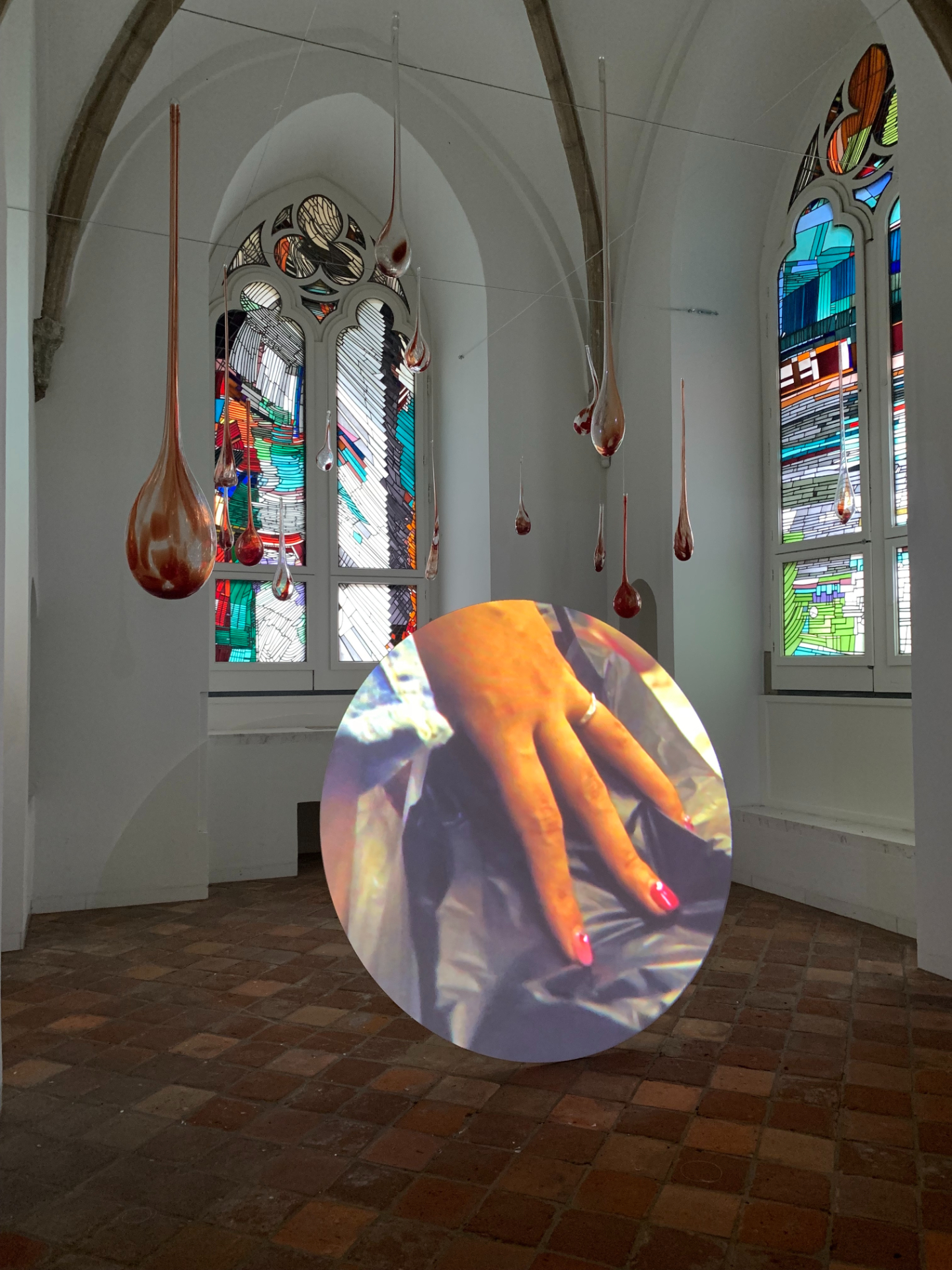
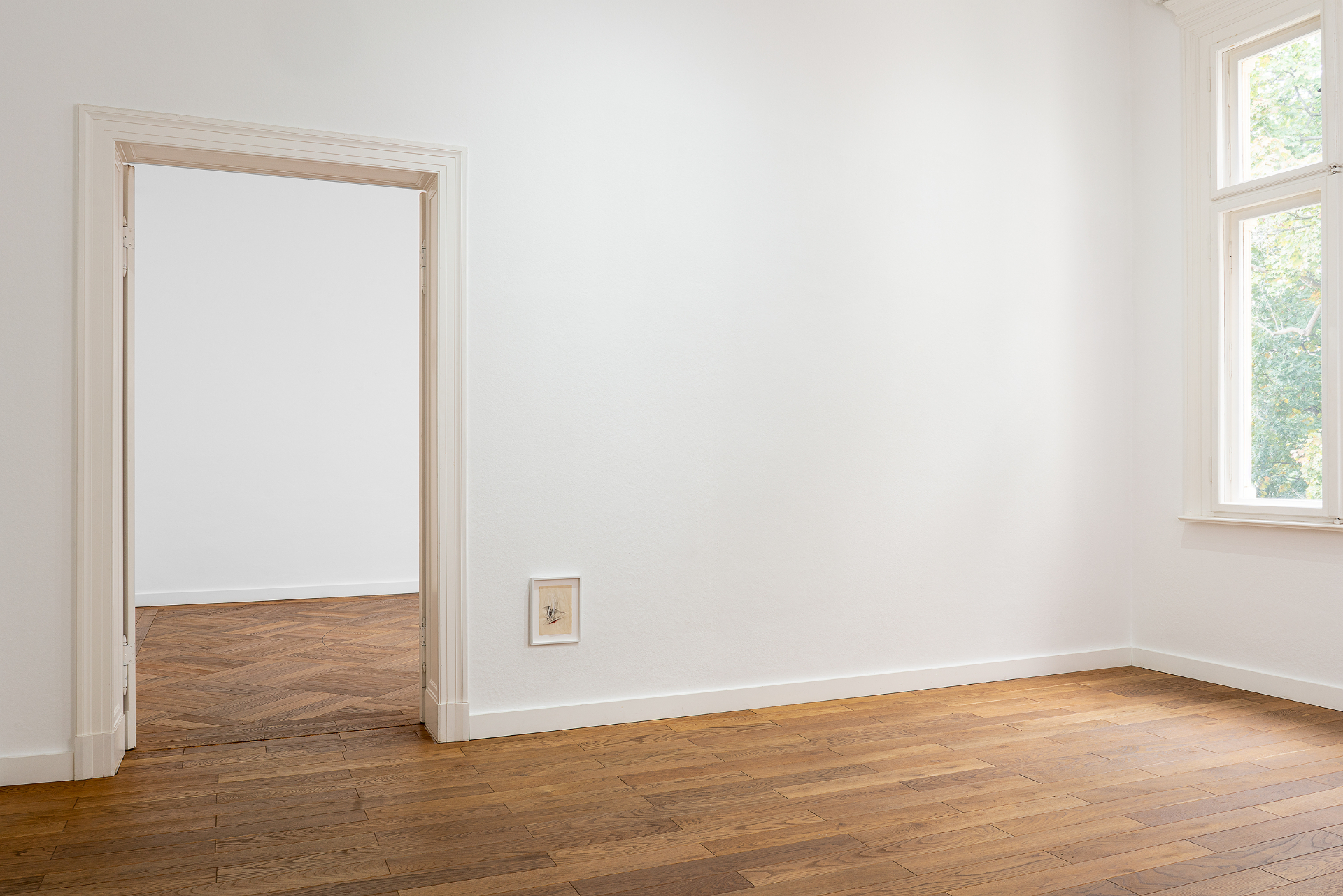
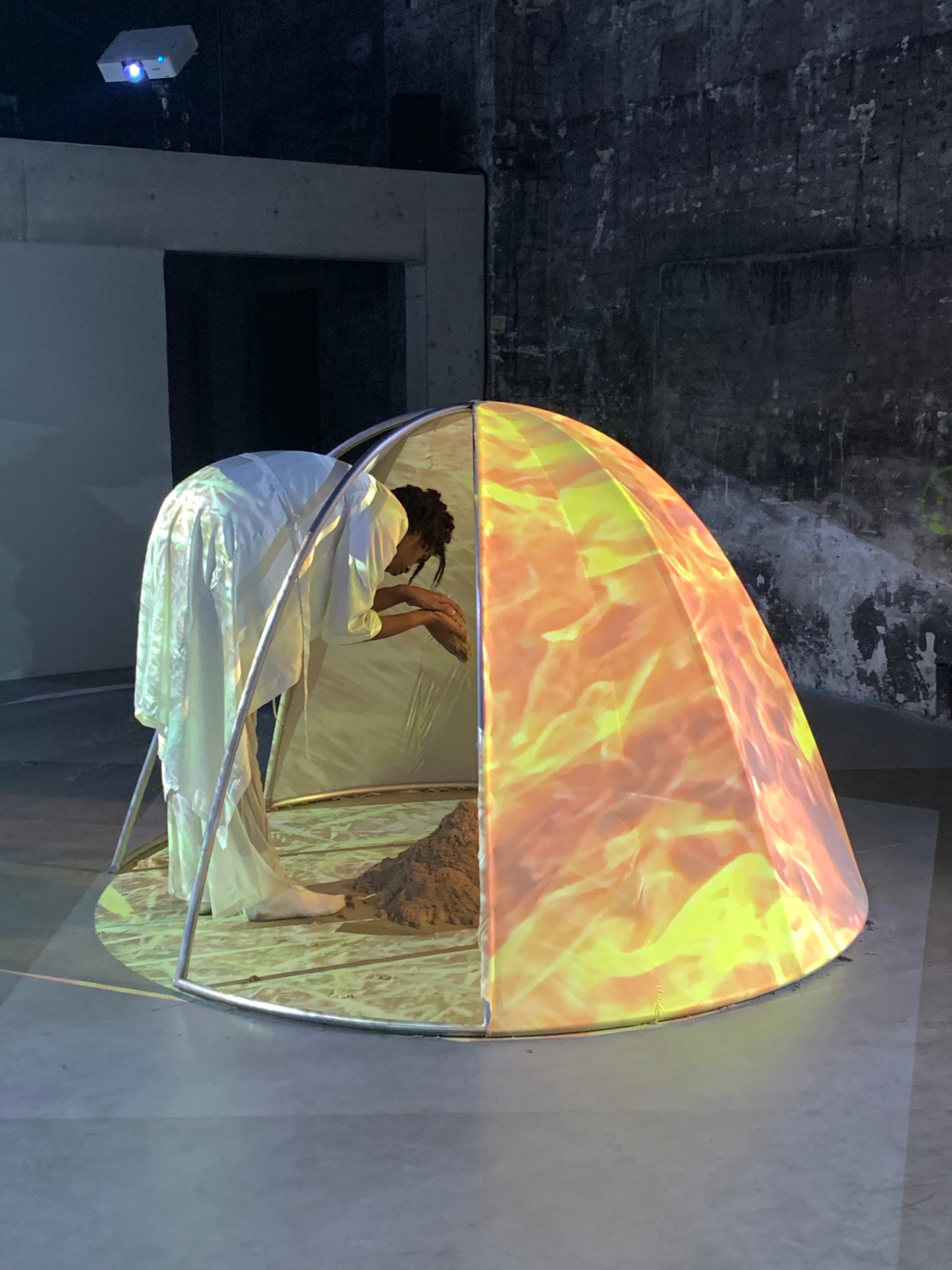

![Metamorphoses of Control [Catalogue launch]](https://media.isabellafuernkaes.com/Isabella_Fuernkaes_Mouches_Volantes_Metamorphoses_of_Control_2022_00001.jpg)
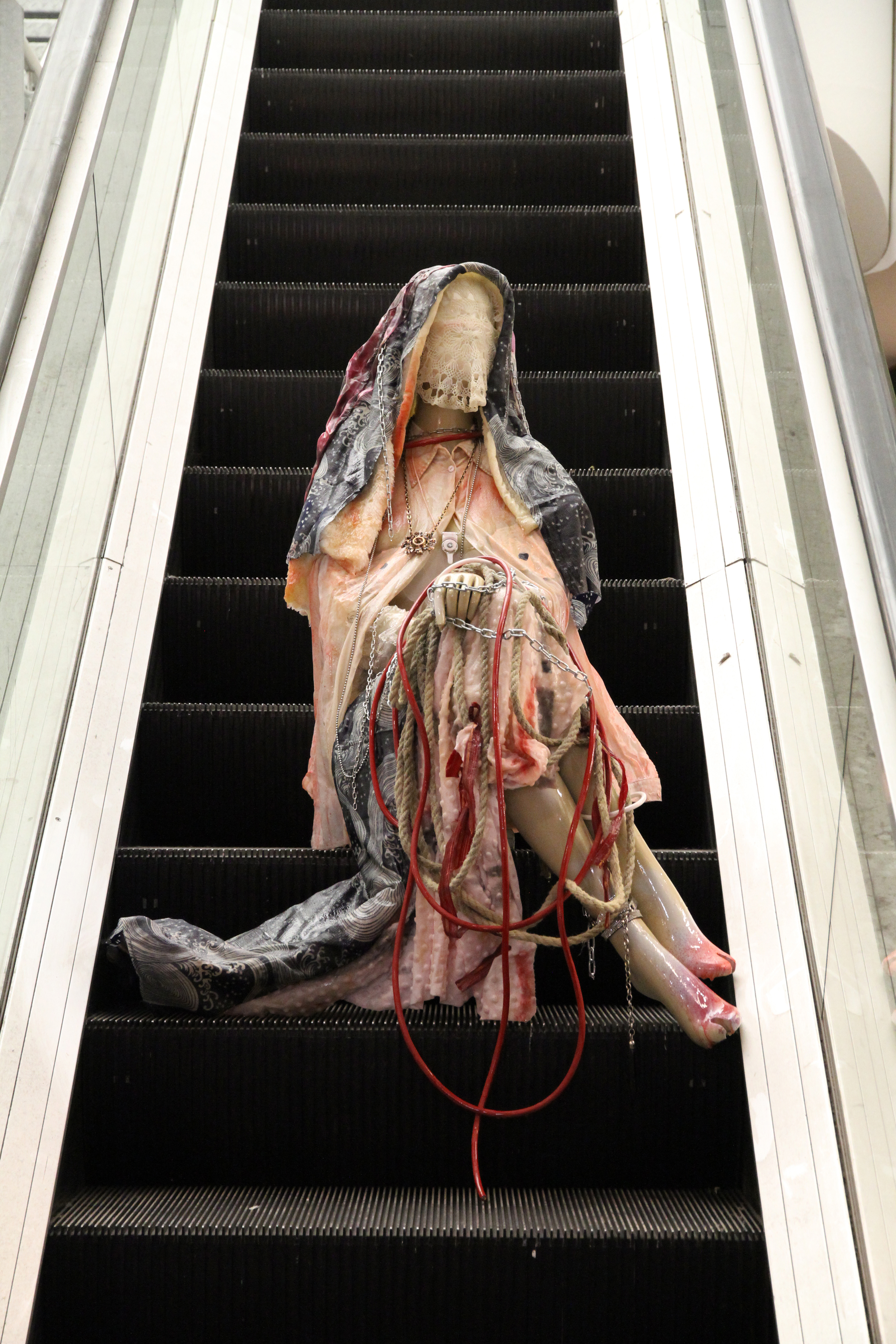
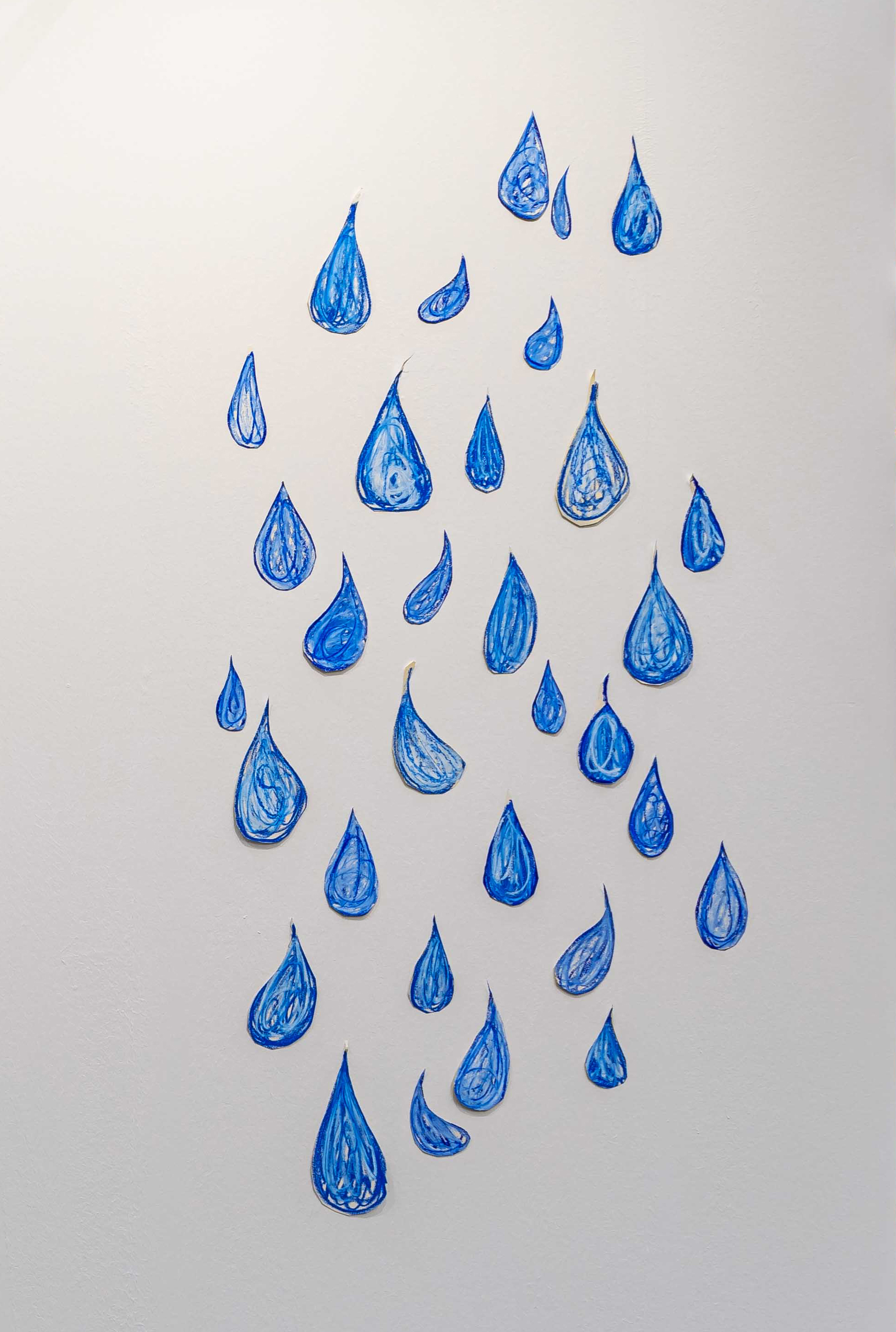
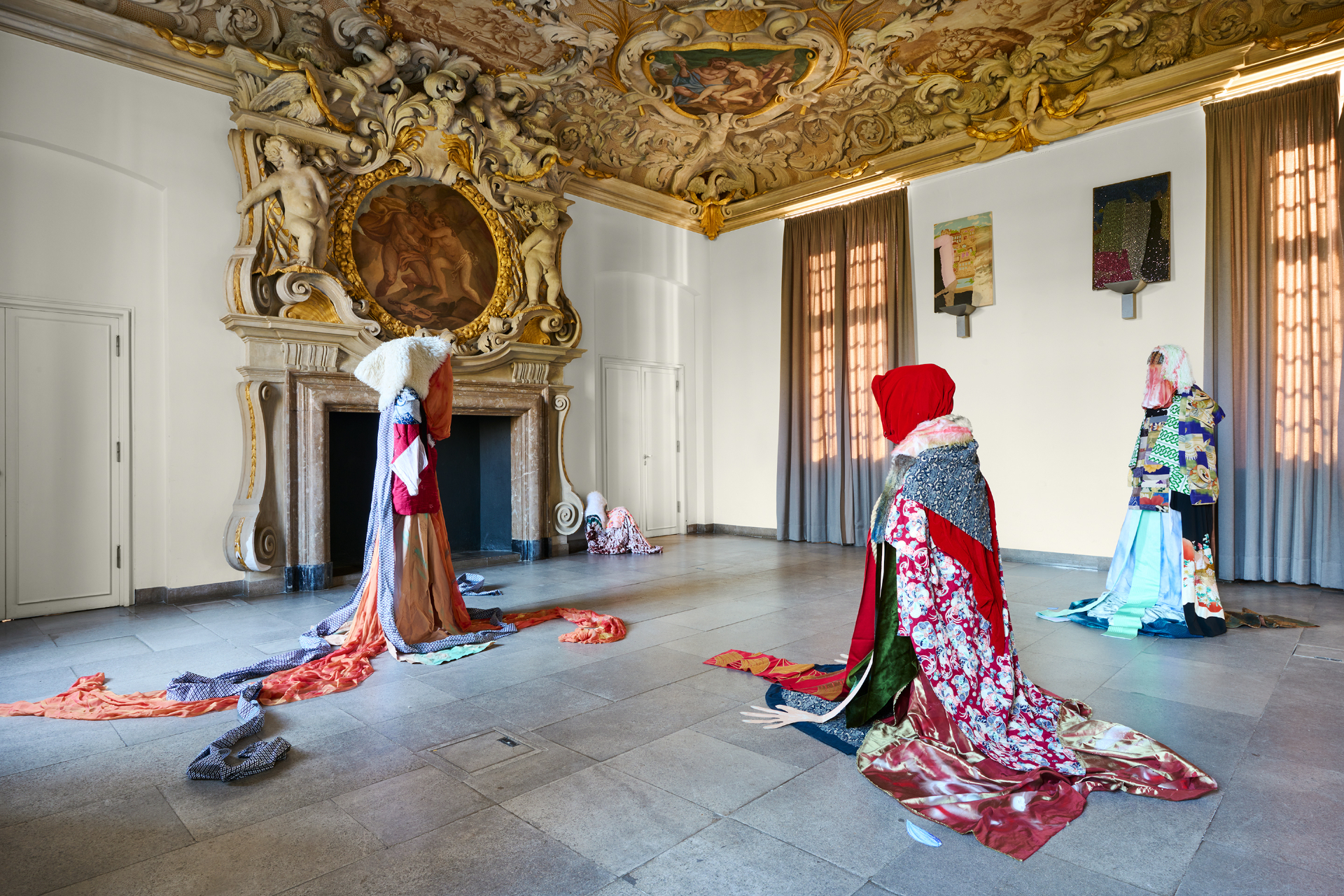
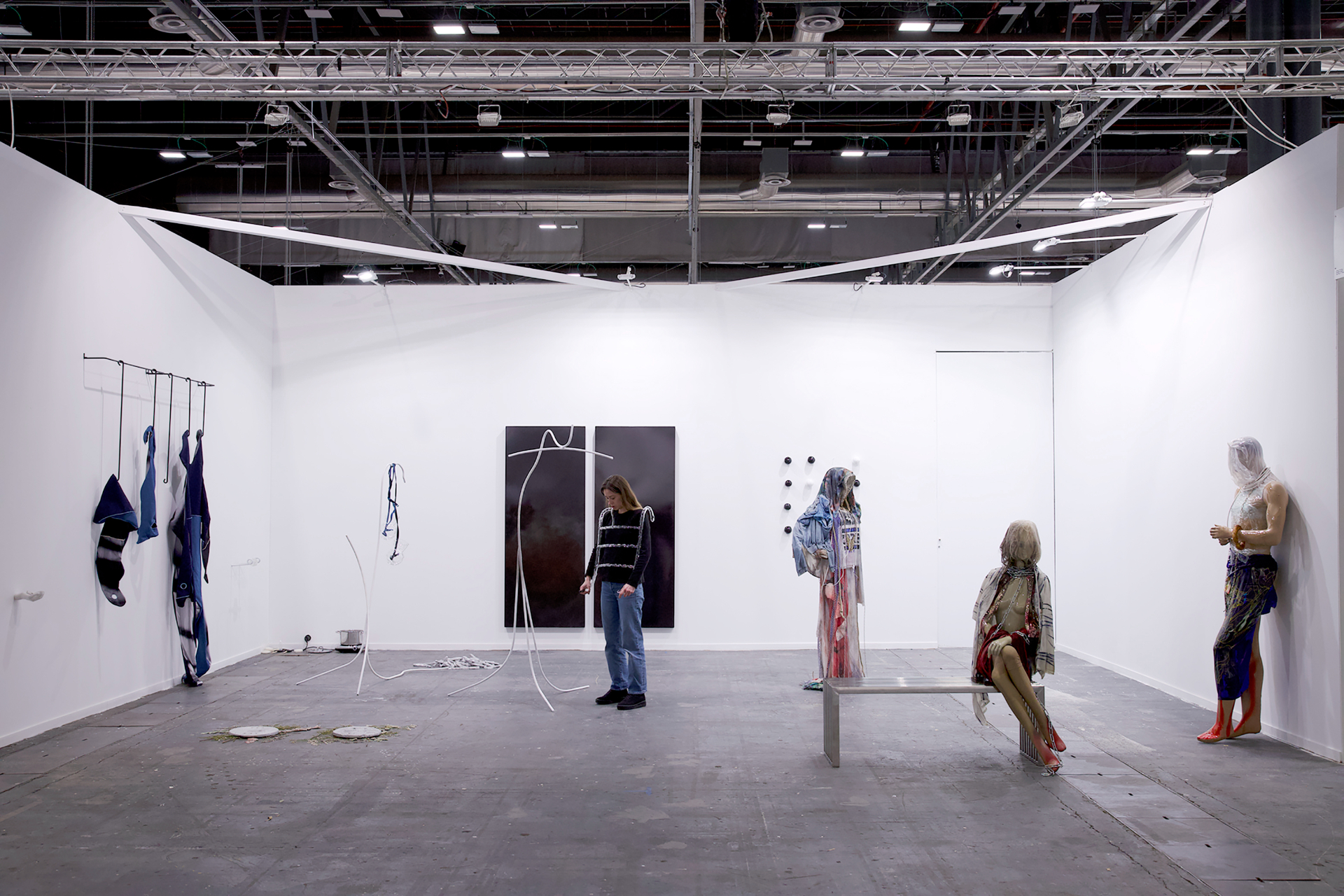
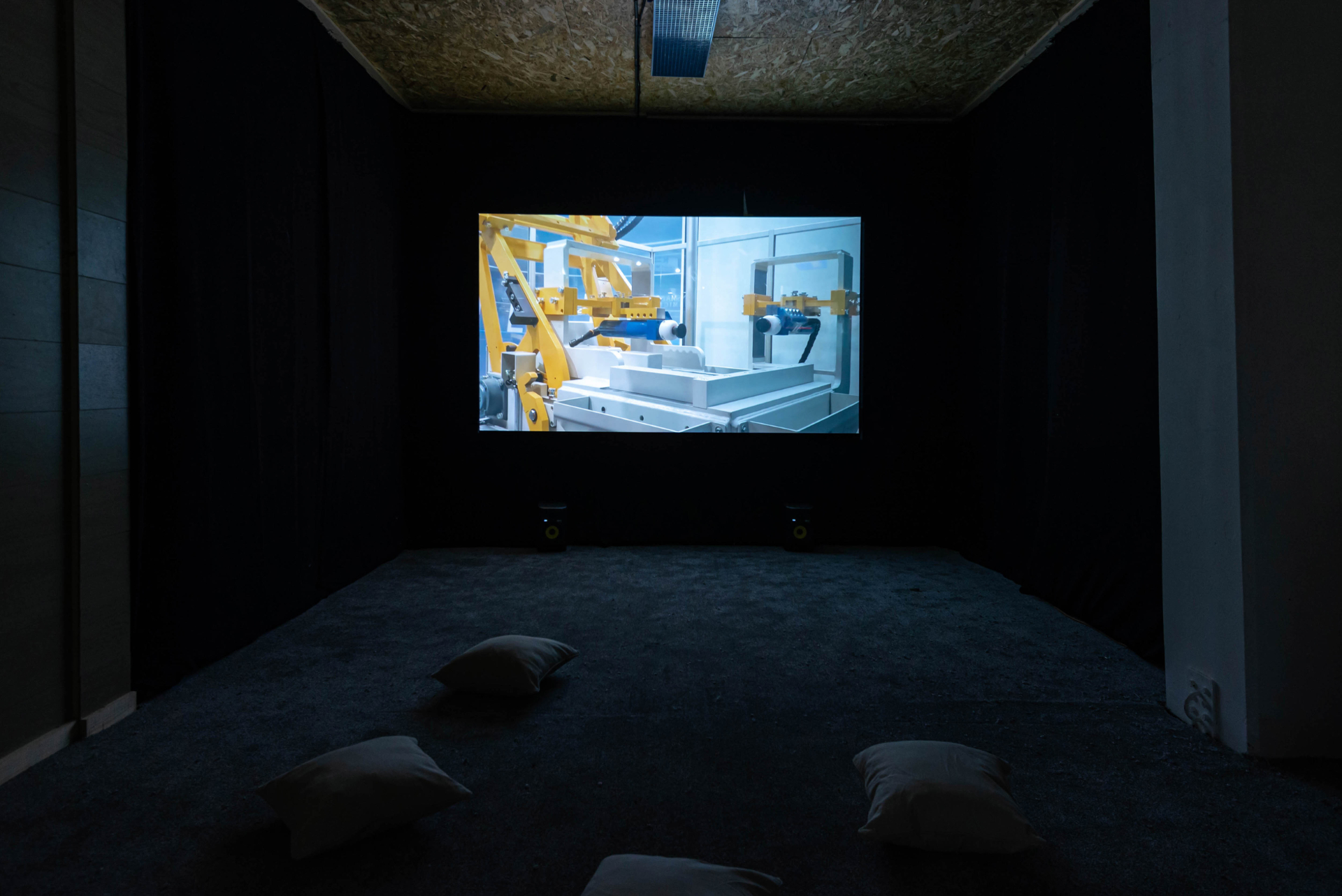

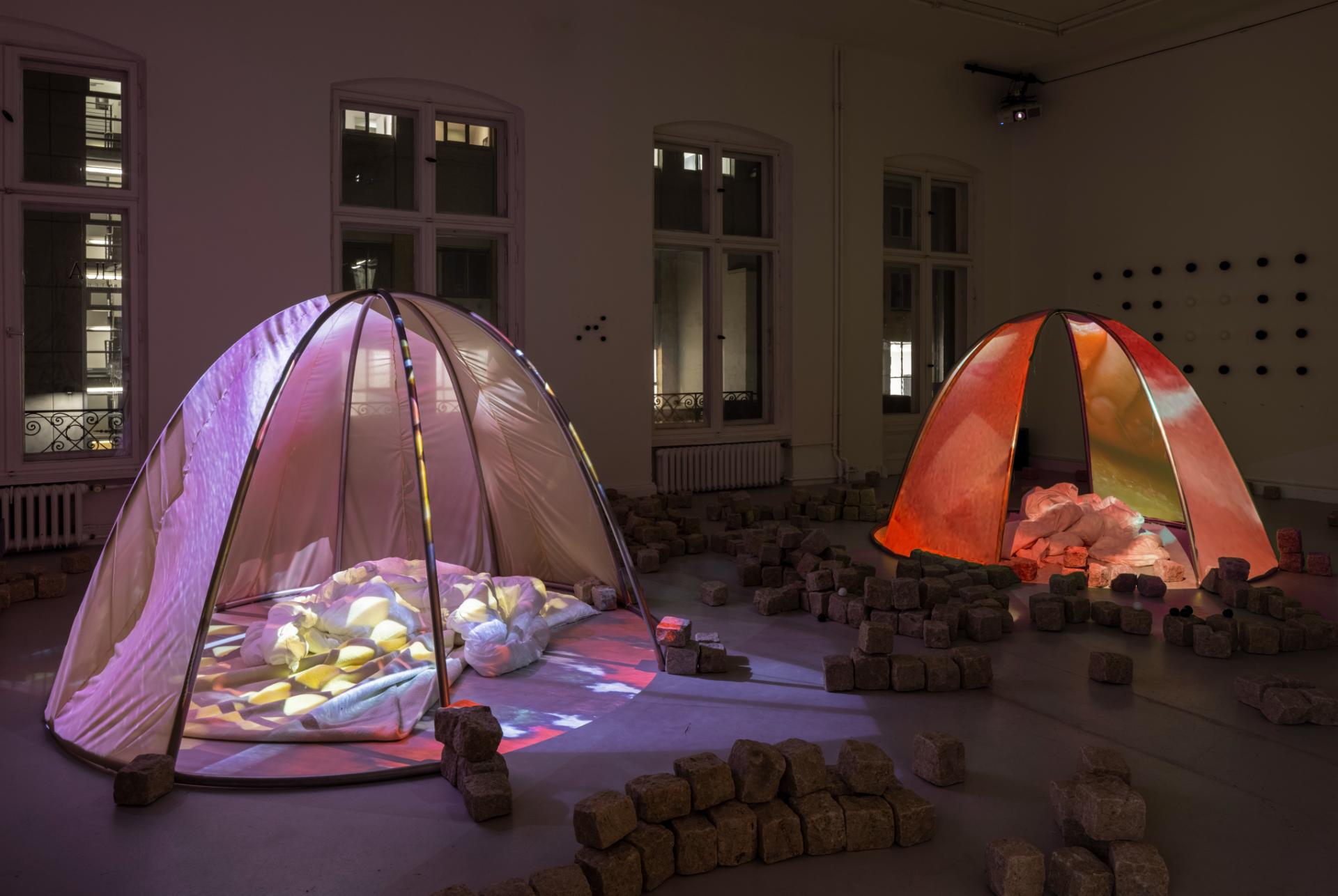
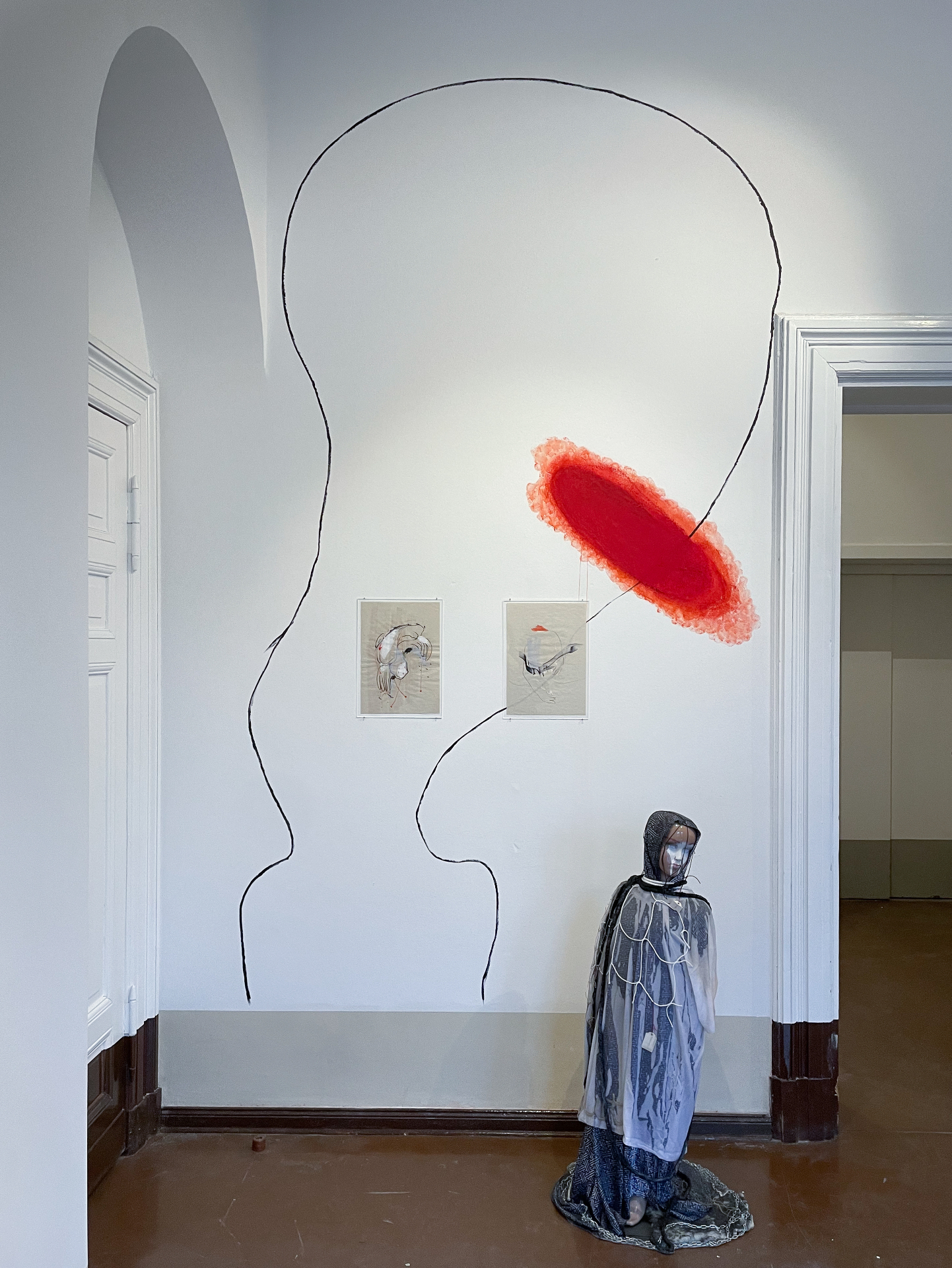

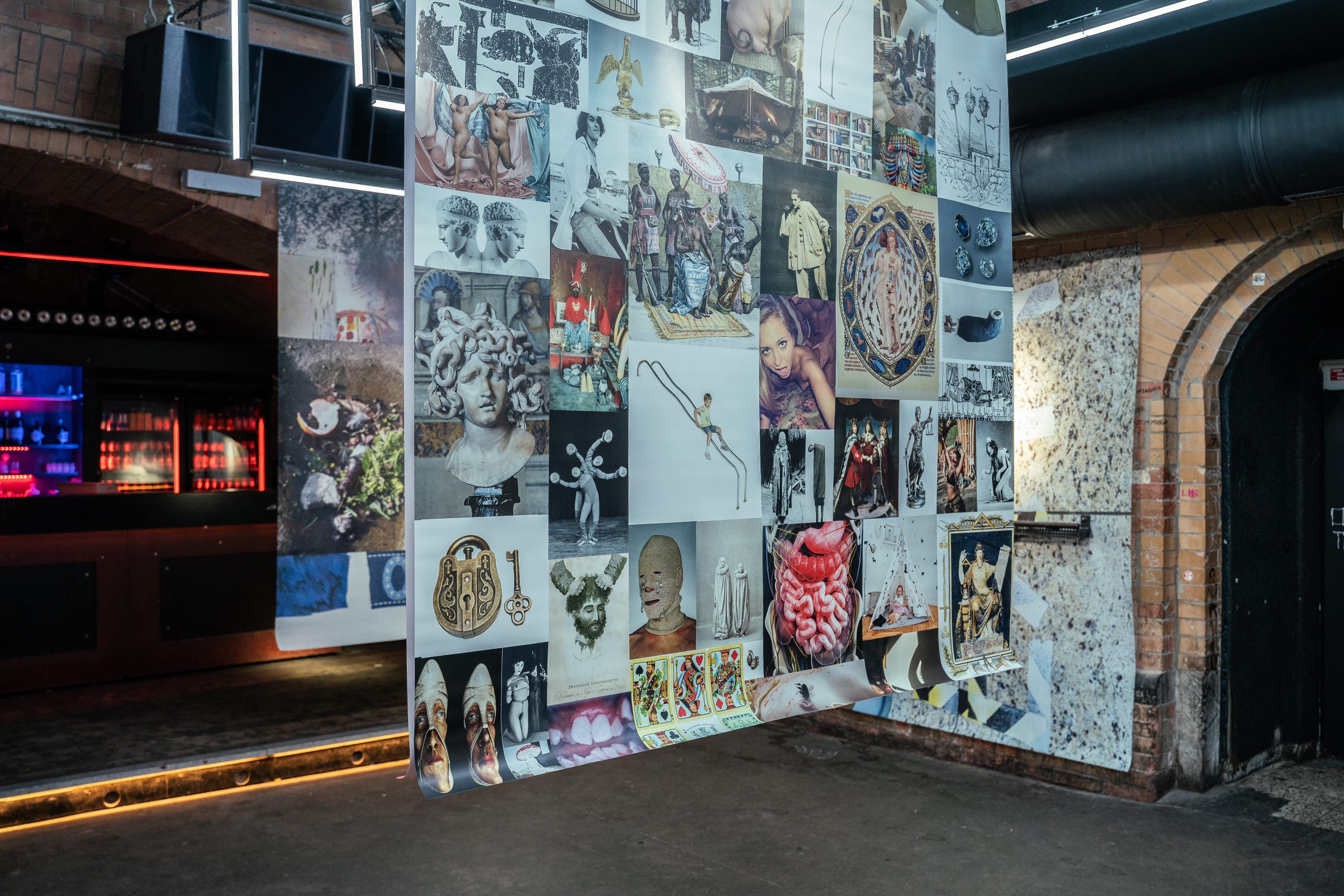
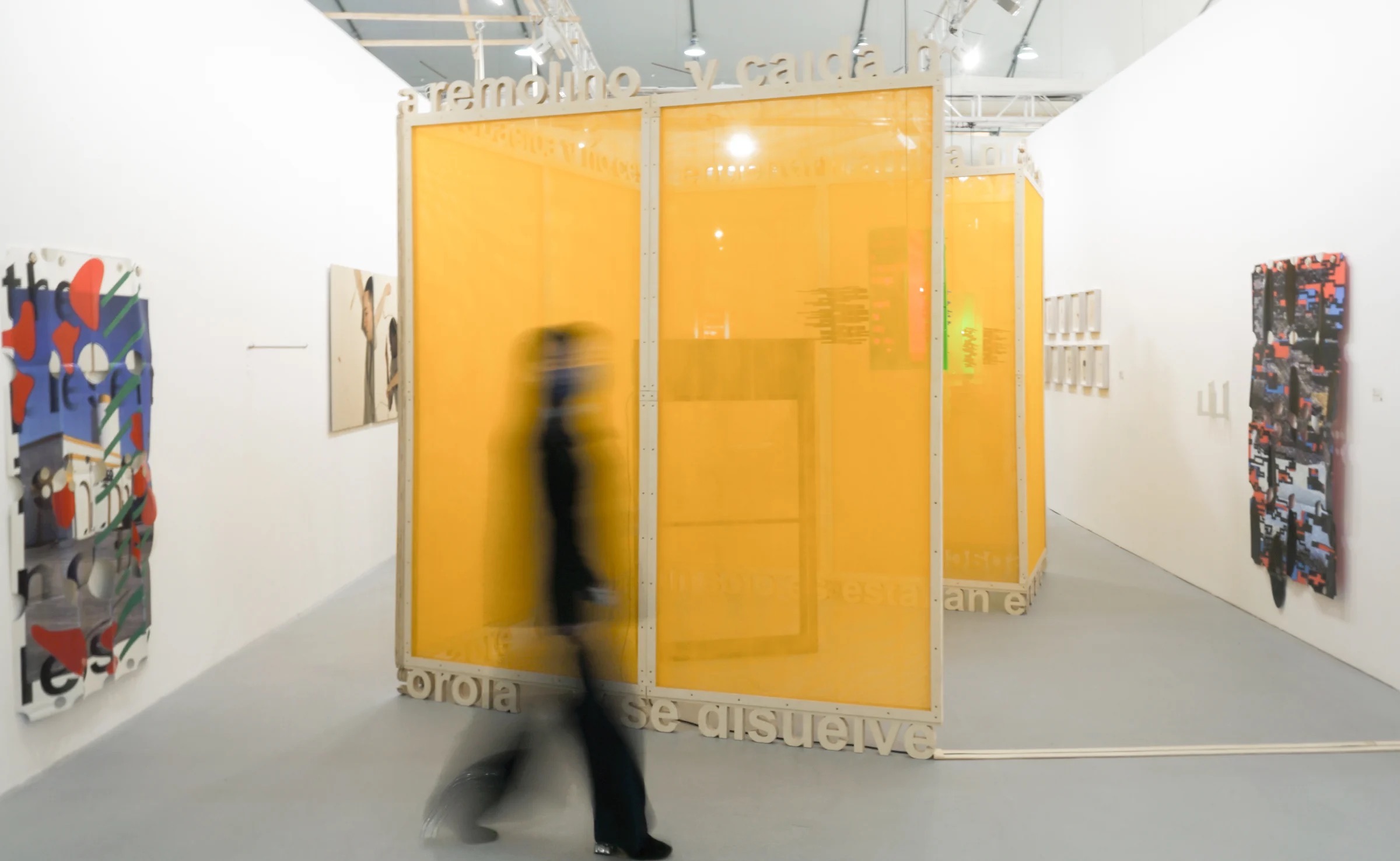
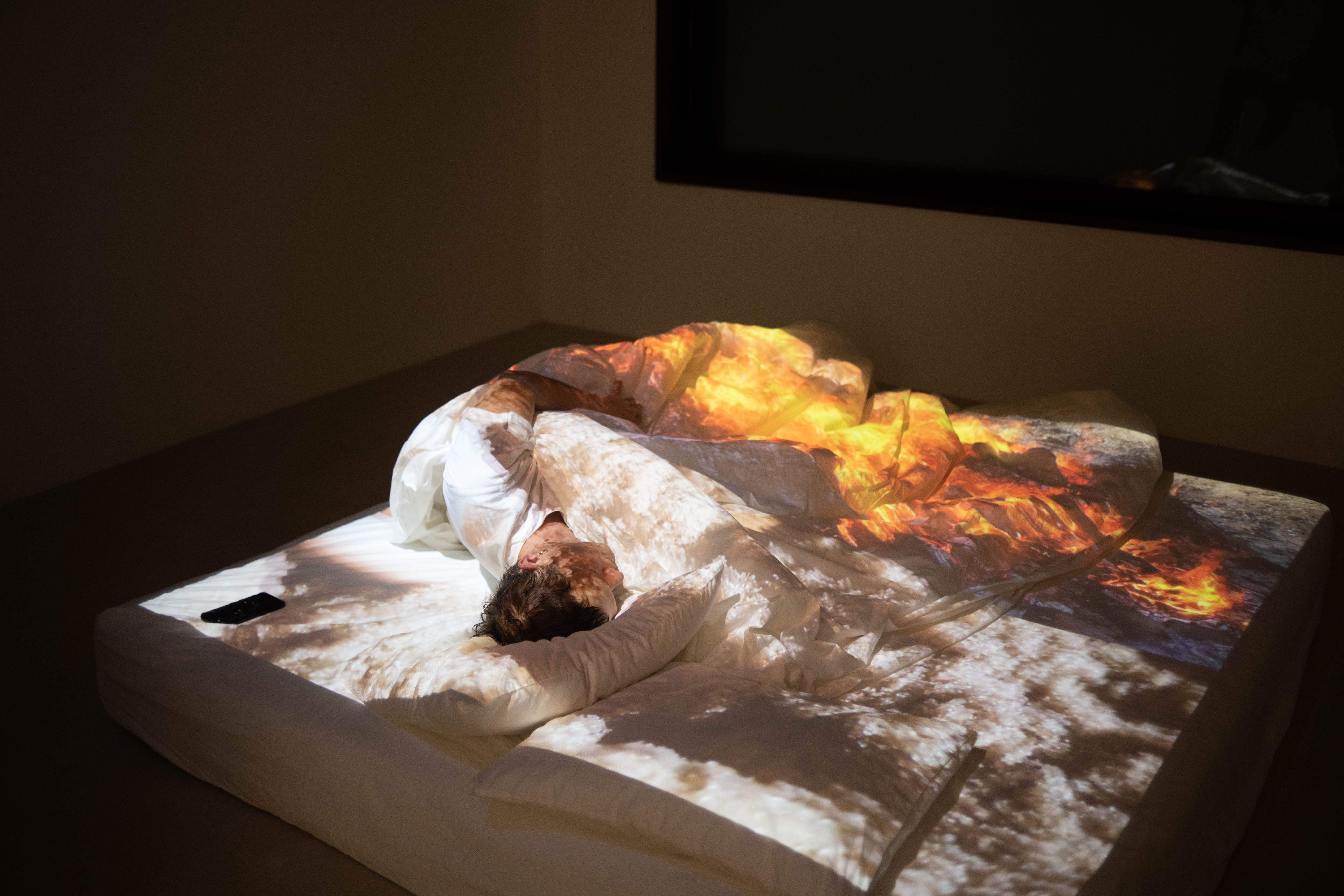
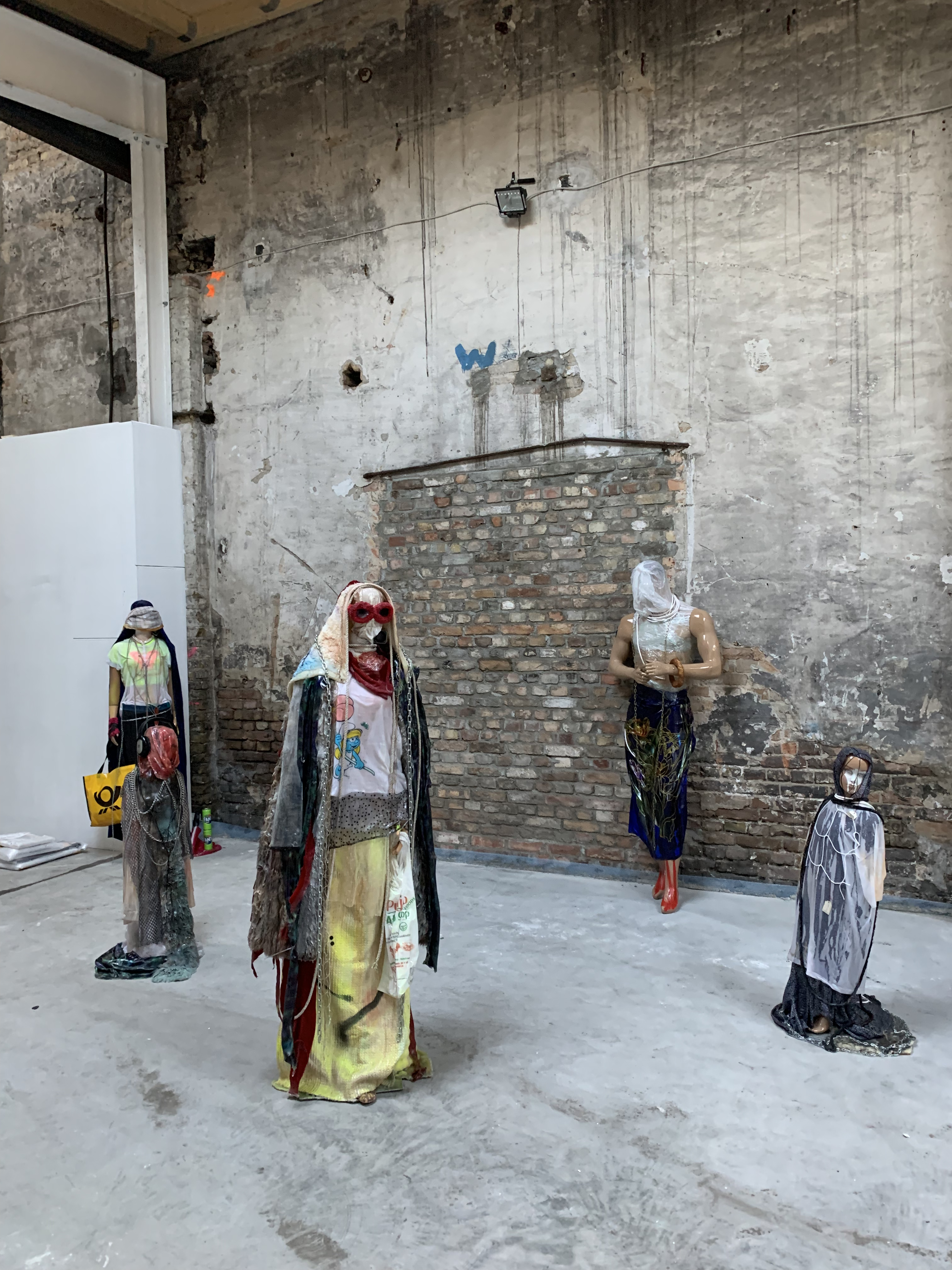

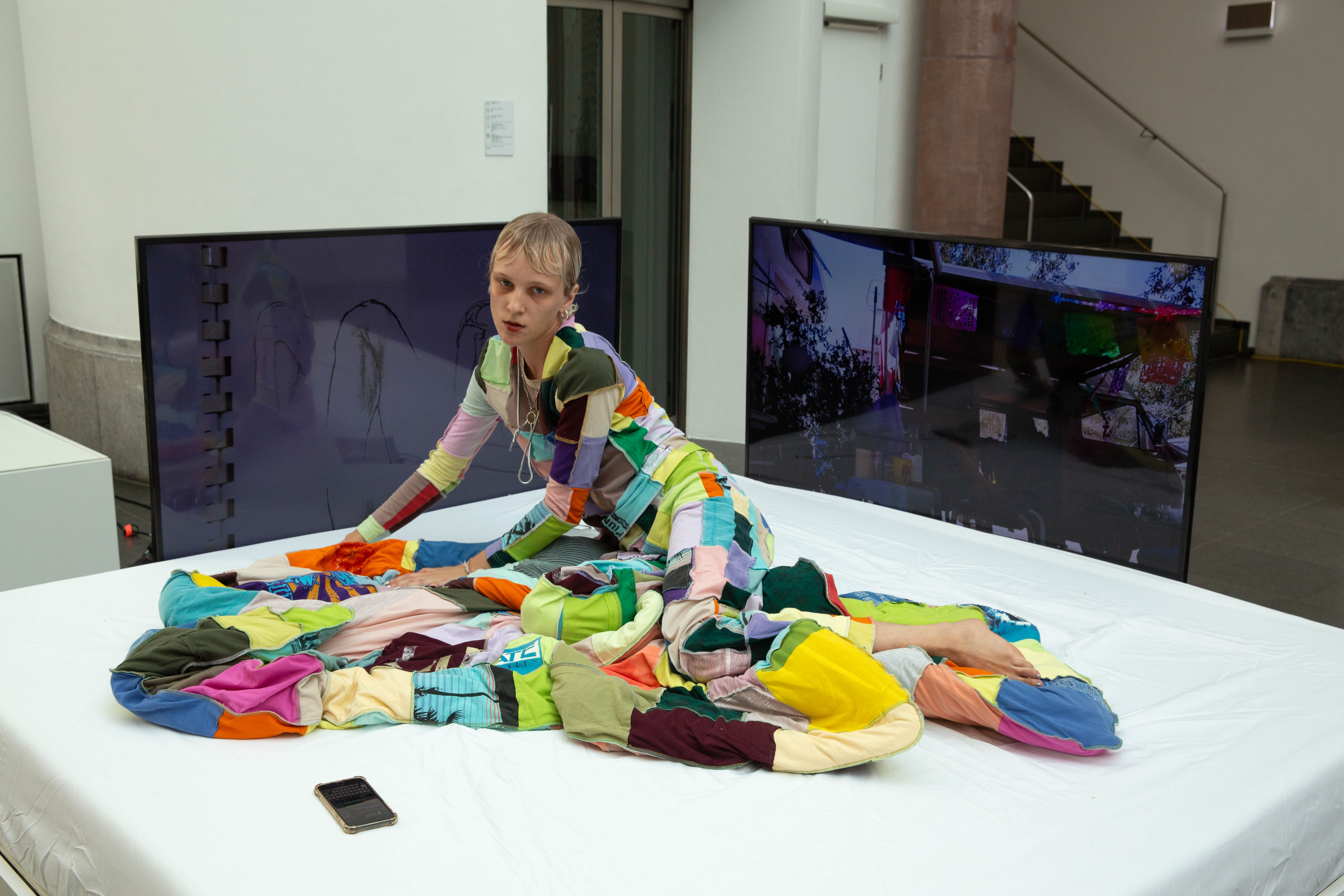

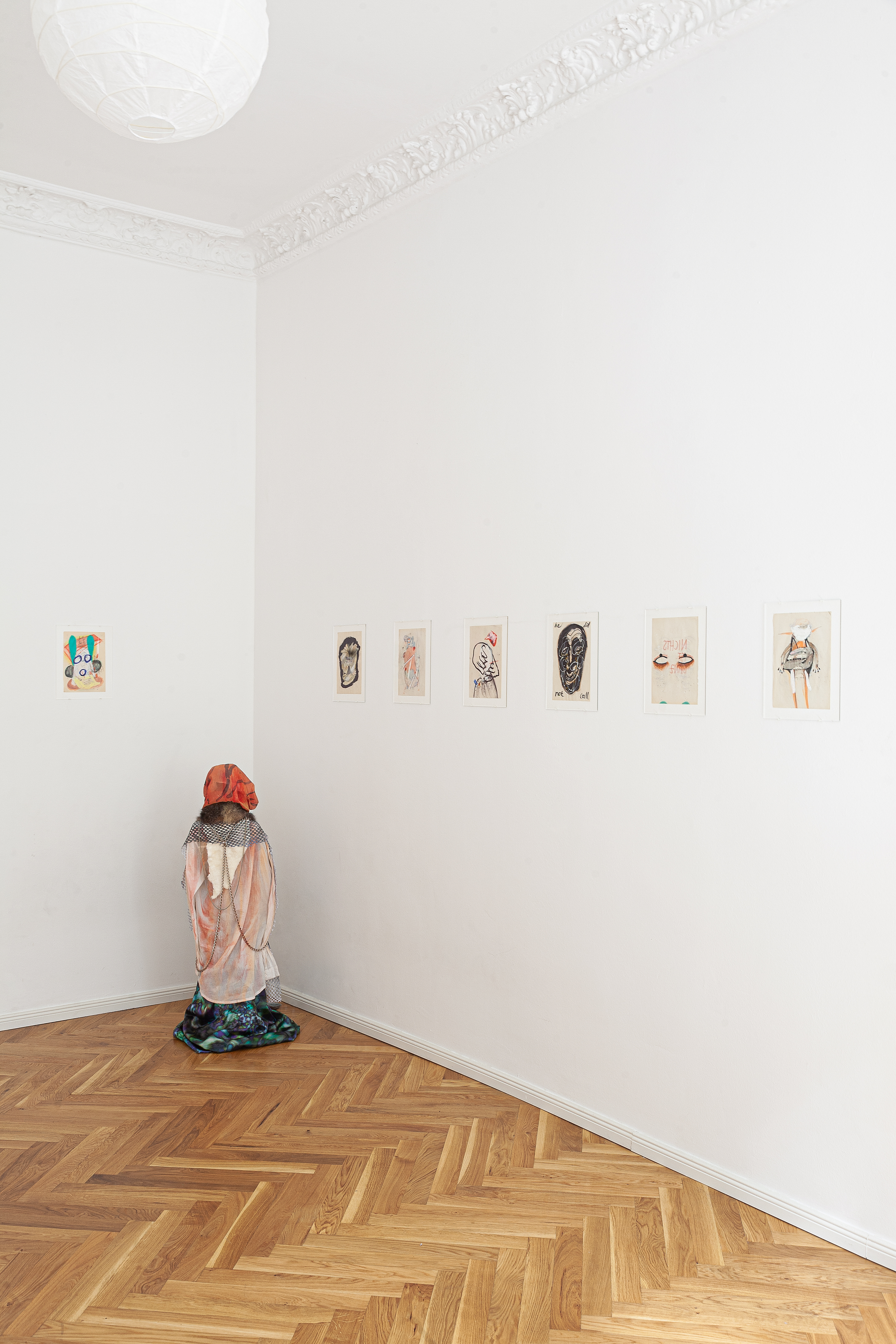
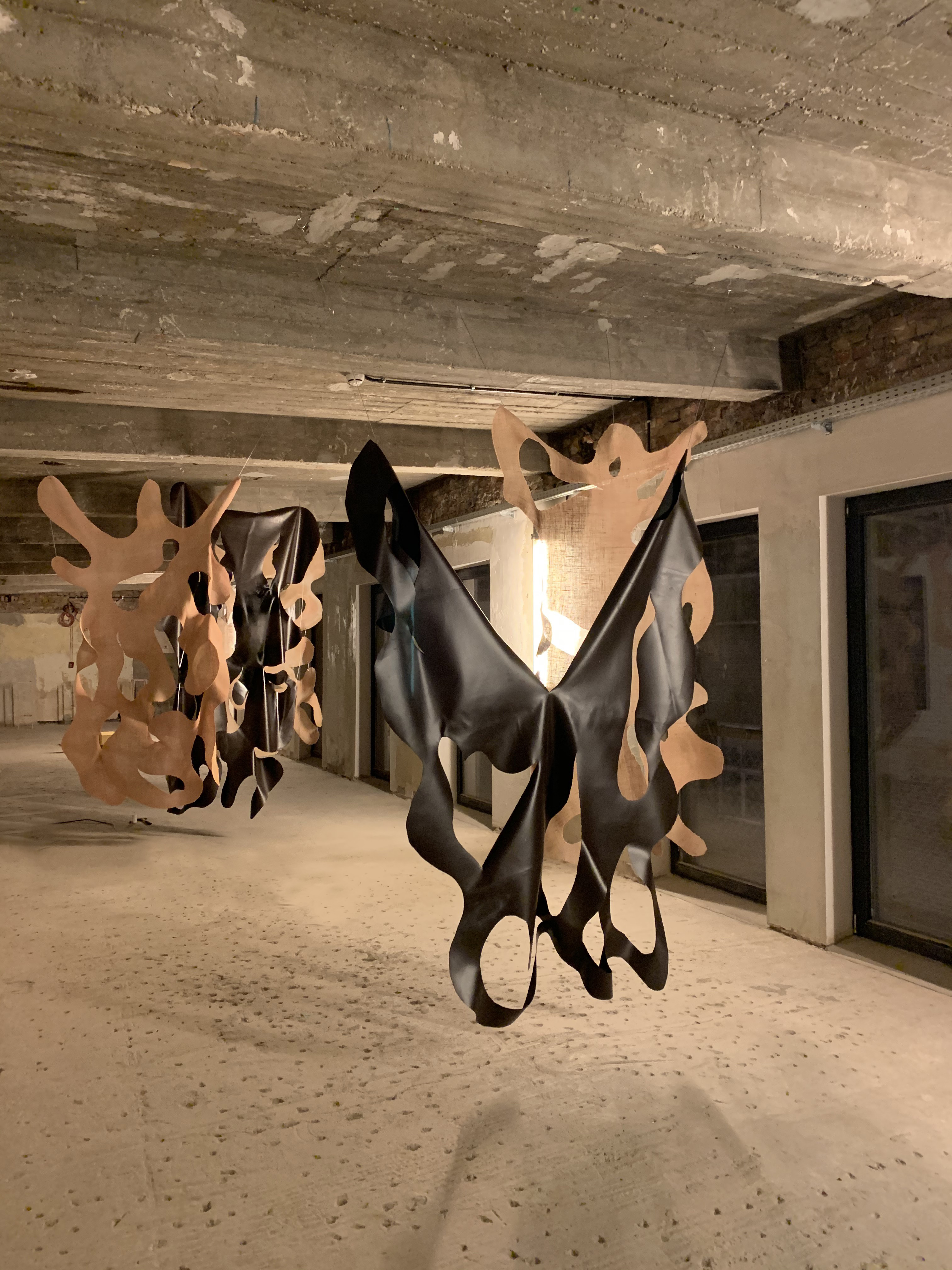
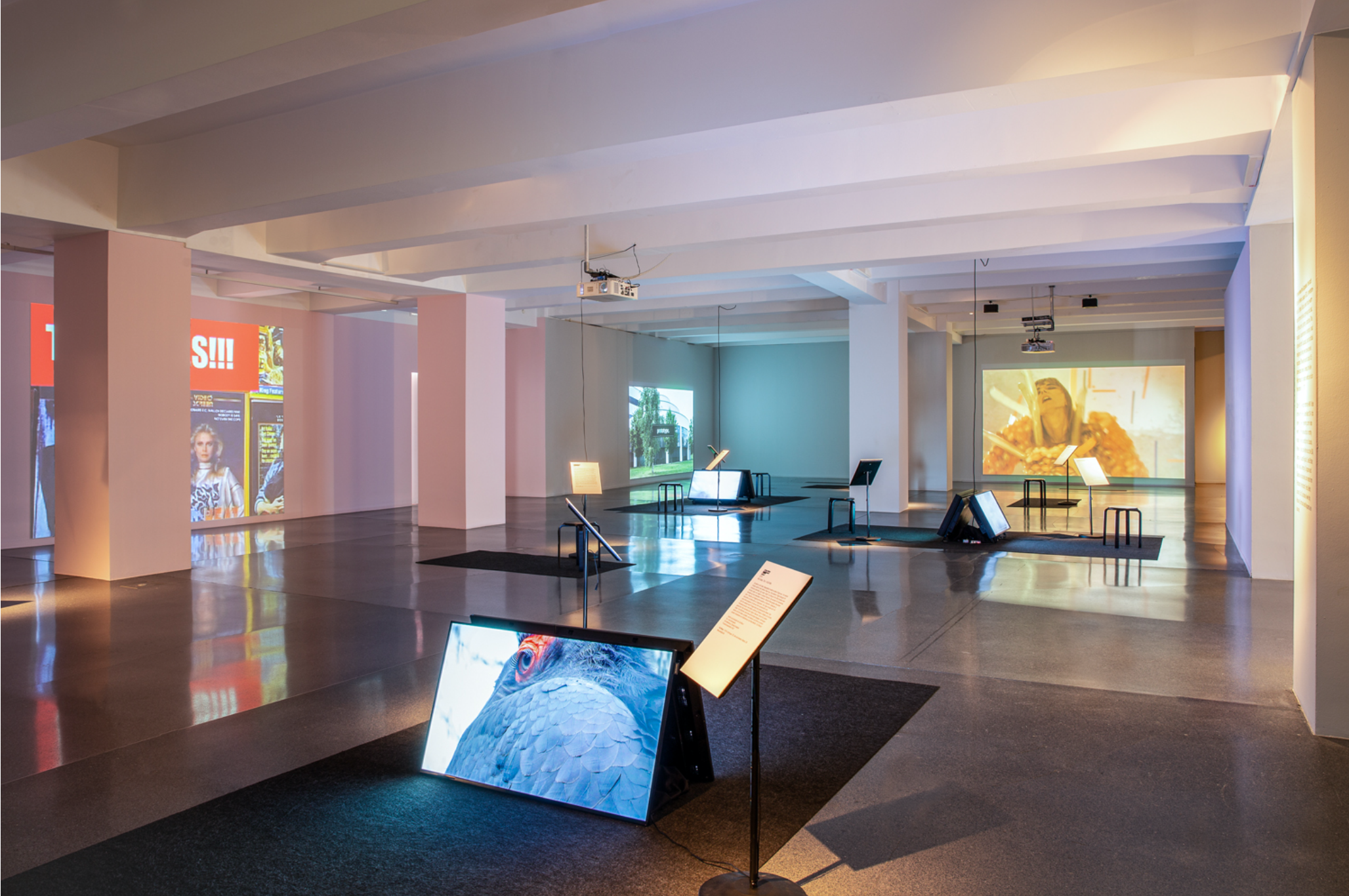

definitively_Goeben_Berlin_2020_00003.JPG)
